|
So, there was a presidential election yesterday, right? Yet as of this morning, we don't know the outcome, and we may not know for some time. What to do until then (besides nail-biting and obsessively checking the news)? Let's all take a deep breath and enjoy another visual retreat with some of my favorite photos from the past four months.
24 Comments
With the looming election, the ceaseless pandemic, and oh yeah, the threat of Zombies sticking their arms through your windows on Halloween, I know you all have more than enough on your minds. Who needs anything else to read at this moment in time? That's why instead of writing some rambling blither-blather, I'm treating you to a visual getaway. Most of these photos were taken on an actual getaway Ray and I had recently. For many years, we headed to Sleeping Bear Dunes National Lakeshore every autumn to take in the fall colors and overall wonder of the 111-square-mile park. We missed a few years when other trips and other matters took precedence, but this year's visit was our twelfth to the area. We arrived when the leaves were just beginning to turn, and we returned home to Newaygo to find even more dazzling colors. So have a soothing beverage and enjoy the views.
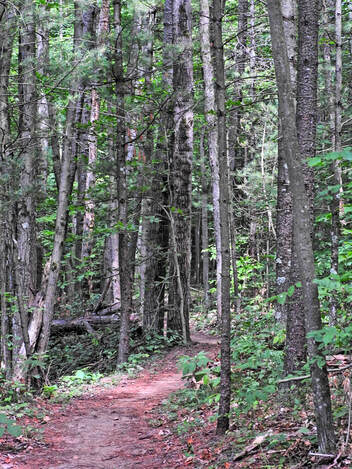 An inviting Michigan trail An inviting Michigan trail Mark your calendars! Next week is Michigan Trails Week, and whether you live in Michigan or not, it’s a fine time to get out for a stroll, a hike, a run, or a bike ride. 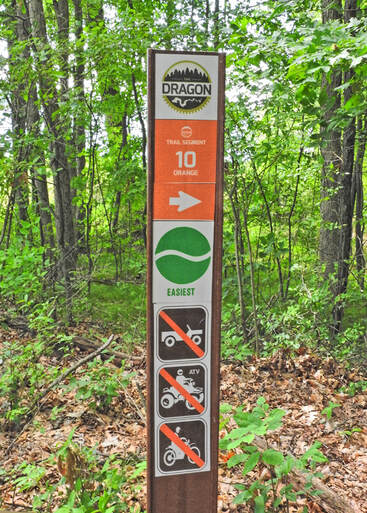 A recently-opened section of the Dragon Trail A recently-opened section of the Dragon Trail In a state with 13,000 miles of state-managed trails, thousands more miles of local, county, and federally managed trails, and more rail-trail miles than any other state in the nation, you might think the addition of one more trail would be no big deal. 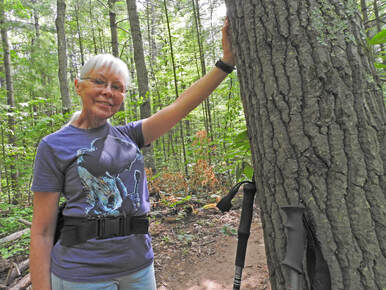 Happy hiker Happy hiker Not so in Newaygo and Mecosta Counties, where the opening of the first segments of the Dragon Trail is creating a buzz. Once complete, the 47-mile loop will encircle 4,000 acres of Hardy Pond, with thirteen scenic overviews. While some portions of the trail are specifically designed for mountain biking, others are wider, with longer sight lines more conducive to both hiking and biking. Ray and I tried out one of the recently-opened segments on a sunny day a few weeks ago. A number of other hikers and cyclists had the same idea, but we found it easy to maneuver around one another, even at social-distancing lengths. 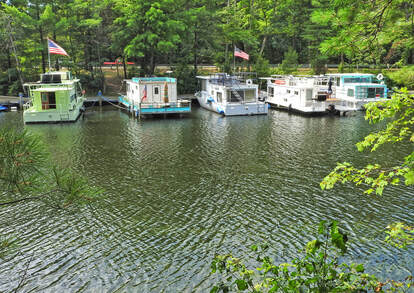 Houseboats at Hardy Dam marina Houseboats at Hardy Dam marina We hiked the section that runs south from Sandy Beach County Park to the Hardy Dam marina, an easy stretch for sauntering or stepping up the pace. 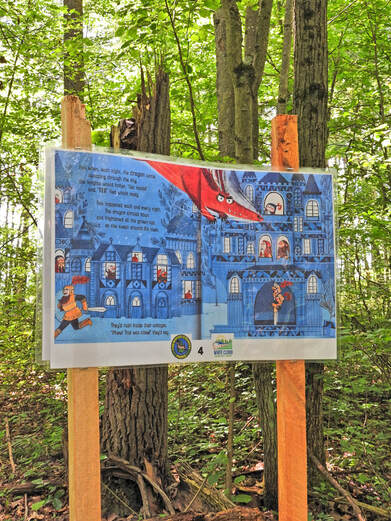 A story stop along the trail A story stop along the trail One delightful feature of that section of trail is a series of postings of laminated pages from a children’s book about a boy and a dragon, The Knight Who Said NO! by Lucy Rowland and Kate Hindley. With or without a youngster in tow, the story is a fun read, and the illustrations enchanting. Plus, if you need to catch your breath, you can always pretend to be stopping just to read the next installment. 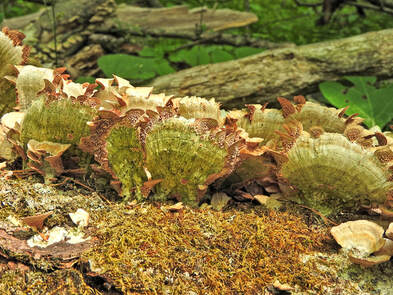 It's a fine time for a woodland walk It's a fine time for a woodland walk In honor of Michigan Trails Week, the Department of Natural Resources is sponsoring a challenge. The goal is for Michiganders to collectively log 100,000 miles on state, local, county or federally managed nonmotorized trails between September 20 and 27. There’s no fee to participate, and participants will be entered into a drawing for outdoor gear and Michigan-branded prizes. 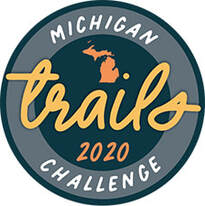 And you earn badges! I think they’re virtual, so you probably can’t sew them on your hiking vest, but you can still glory in the achievement. You earn the first badge simply by registering for the event and logging at least one mile. Then you get another badge each time you: Horseback ride for 5 miles Walk, run or hike for 5 miles Bike for 10 miles Paddle for 2 miles For more information on Michigan Trails Week and to sign up for the challenge, visit Michigan.gov/TrailsWeek.
In the last installment of HeartWood, I wrote about some of the ways I've been filling my unexpected free time during the weeks of social distancing and Stay Home - Stay Safe. In this installment, I'm giving other folks a chance to share what they've been doing. And what a variety of things they've come up with! Check them out! Tonya Howe |
| This silent green life and death place. Life bursts forth, buzzing around me. Death underfoot- covering the forest floor. Smelling of earthy must and sweet pine. Fallen trees, once promising, now slowly decaying back into Life-giving soil. Life and Death- existing in this shared space. Life and Death, working hand in hand. Life giving into Death giving into Life. |
I Think They Will Not Mind
by Marsha Reeves
I think they will not mind that
wiikaa bi-dagoshinaan.
I arrive late.
Gijiigijigaaneshiiyag gii-giimoodaanagidoowag noopiming
The chickadees were mumbling in the bushes
besho naadazina’iganing.
by the box where I get mail.
Andawendaanaawaa Manaadendamaazowin
They needed an Honor Song
mii wenji-nagamotawagwaa
so I sang to them
nisidawenmangwaa miinawaa
because we understand them again
ezhi-manaadenimangwaa ingiw wiidokawiyangidwaa
the way we respect those who keep us company
gabe biboon
all winter.
Gaawiin da-giizhokoniyesiiwag misawa
They do not need to dress warm and yet
giizhokawiyangidwaa gidode’iminaaning.
they warm our hearts.
* First published on ojibwe.net
Written on the Wind
by Tom Cordle
I stumble in this foreign tongue and try to make the talk
I speak of when this land was young, and of my brother hawk
My spirit voice is hard to hear, I have so long been gone
But I will whisper in your ear, and having spoke, move on
This finger pushed into the sea of sand and swamp and pine
Has been a welcome home to me – I sing this land of mine . .. .
Of night song sung in joyous trill by every kind of fowl . . .
Of chickadee and whippoorwill . . . of warning from the owl . . .
Of plenty fish and wild oats . . . of berries blue and red
That danced their way down happy throats to bellies always fed . . .
Of rivers coursing through green world of gleaming golden lake . . .
Of alligator, hog and squirrel . . . of moccasin the snake . . .
The screaming panther ruled the pine, the eagle ruled the sky –
Oh, will you hear these words of mine? Will you even try?
I have no words on talking leaves for you to read, my friend
For all this simple man believed was written on the wind.
Animal Planet
by Tim Hawkins
and our hearts seek meaning among the stars,
wild creatures assert their presence
in the here and now
and the just here and gone.
Unknowable in the way one speaks
of the alien and other-worldly,
the title to their kingdom is forged
in their absolute
manifestation of the flesh.
If this seems ironic and abstract,
then so be it.
For irony and abstraction
are our great gifts--
not to the world, but to ourselves--
invented for our survival.
And we, of course, are the real aliens;
Each a world unto one’s own,
orbiting a sun of its own devising.
* First published in Sixfold, July 1, 2013, Summer 2013
Collected in Jeremiad Johnson (In Case of Emergency Press, 2019)
Our Mother (In the Pandemic of 2020)
by Sally C. Kane
Do you hear her – Our Great Mother?
In this moment, in time - a reprieve -
when all human activity
has slowed to bare bones minimum,
She inhales an expanse of cleaner air.
Exhales a wasteland of toxins.
Do you hear her – Our Great Mother?
She weeps for us, her children – All
Residents, two-legged and four,
winged, finned and serpentine. We
share the same earth, sea and air.
We, the two-legged ones, hold
the choices in concert with Our Mother.
Even as forces seem out of control, and
the playing field remains unequal.
Do you feel her – Our Great Mother?
She shudders as the sludge venoms
from Frack wells, the vast desolation
from wildfires, and endless wars’ ravages
do a rival dance with the C-virus.
I wonder about this massive
Blue Marble in our universe. The
one we call home. Our Mother.
There’s nowhere else to go. We cannot
just walk off or fly away.
I wonder, if I were an astronaut, or
could hitch a satellite ride, how - in this
Pandemic blink of time –would
Our Mother, our home - look?
Would her greens be greener, her blues
be bluer, her storms less turbulent,
her mass free from veils of smog?
Like a cataclysm, would I see
a rotating orb, vibrating
glimmers of brighter, kinder energy?
Perhaps violet or white? Would
I know – would we all know- we’ve
begun to exercise our choices for love?
Mother's Milk
by Jessica Mondello
Addiction lies between the lines
And love was lost to pride and glory
This ego virus made us blind
Your mother's dying by your hands
But you won't listen
Her blood is all over your hands
Will you listen
The soul was lost beyond the shadows
The fog will choke us into dust
Collective conscience chose the gallows
The time of man will turn the dust
Your mother's dying by your hands
You won't listen
Her blood is all over your hands
Will you listen
The Soul of Spring
by Kathy Misak
I see it in the buds of the maple.
I hear it in the sounds of the red wing black bird.
Inquisitive cat so happy to be playing outside
Warm breeze on the back of my neck
I see it in the new bright yellow feathers of the gold finch.
I hear it in a distant barking dog.
Ever grateful to be walking this Earth mother experiencing my spring soul
And The Earth Stayed Young
by Tom Cordle
And the buffalo could roam
The rivers clear and clean
Washed by our simple homes
And all turned in the wheel
And the sacred song was sung
To teach us what was real
And the earth stayed young
Once a man would take
No more than he could use
Set bones back in the lake
When a meal of fish was through
And all turned in the wheel
And the sacred song was sung
To teach us what was real
And the earth stayed young
Once the earth was young
And men saw with their hearts
That everything was one
And man was but a part
And all turned in the wheel
And the sacred song was sung
To teach us what was real
And the earth stayed young
Now the earth is old
The buffalo are gone
The rivers have been sold
And man stands all alone
Let all turn in the wheel
And sing the sacred song
To teach us what is real
So the earth stays young
What Have You Learned
by Jessica Mondello
That you've all been praying on
That God has only destroyed you
And you can't drink the oil
You've been pulling out of the ground
Your momma's shaken and torn . . . fool
Do you know what you are
And what you're here for
When it all comes crashing down
What have we learned
Distractions have kept you
From what's really going on
Keeping you away from your mother
Her life source you could tap into
Can heal that broken bond
Yes, you can get there inside you
Do you know what you are
And what you're here for
When it comes crashing all down
What have we learned
Pale Blue Seasons
by Tim Hawkins
in the flight of a heron, and to the surrounding
darkness where countless feed.
But so much that is unattainable, so much
that lies beyond the sovereign dark, rises up
out of the pale blue season of twilight
like fireflies summoning among the trees
as the moon loses her translucent and ghostly pallor
in the evening’s first clear and troubling dreams.
***
Toward daylight, the deer rise up
from among the flattened grasses
and low-lying hummocks,
emerging in the cool of morning
from indiscernible swales
and cedar swamps,
wary and shy, but alive with owning
at least a part of this
pale blue season of wildflowers.
* First published in Blueline: June 2011, Volume 32
Collected in Wanderings at Deadline (Aldrich Press, 2012)
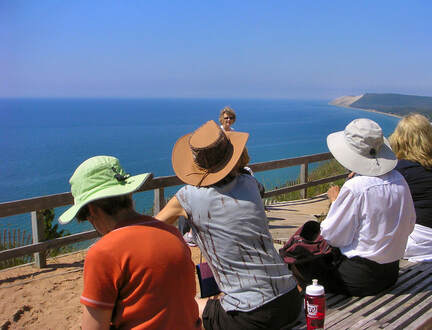 Anne-Marie Oomen leading a writing workshop at Sleeping Bear Dunes on Lake Michigan
Anne-Marie Oomen leading a writing workshop at Sleeping Bear Dunes on Lake Michigan 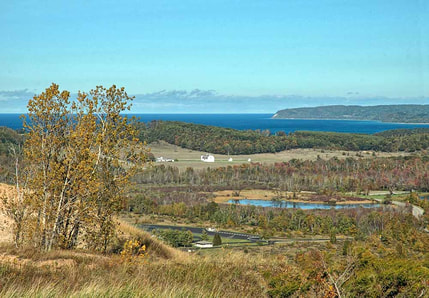
I love our waters: lakes, rivers, wetlands, little sinking ponds, remote swamps. If it’s wet, I’ll probably like it. And of course, I’m worried about all of them, as I know many of you are. I often wonder what I can do. I’m not a scientist, politician, lawyer, not even a very good journalist. I often feel inadequate, a “fish out of water” when it comes to this work. This year, a question I asked myself: how might I use my small gifts a literary artist (creative writer) to do something for our beloved waters.
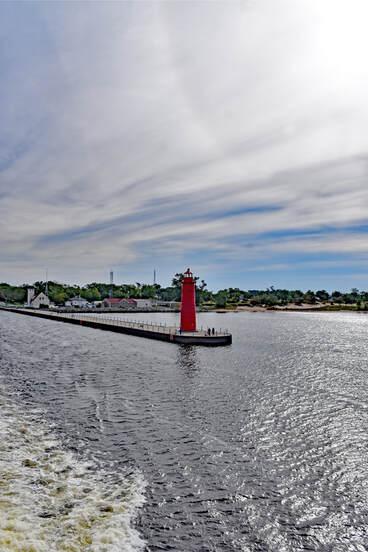
She had a vision: at the final meeting with the commissioners, could we showcase our love of water in a way that would involve the arts, particularly the writers. She spoke of the arts as one heart behind all the science and legal work. I was so grateful for her rare understanding. And she offered an idea that I could run with. Could we writers and artists do something with love letters to our waters. Love letters? Yes!
Here’s what I wrote:
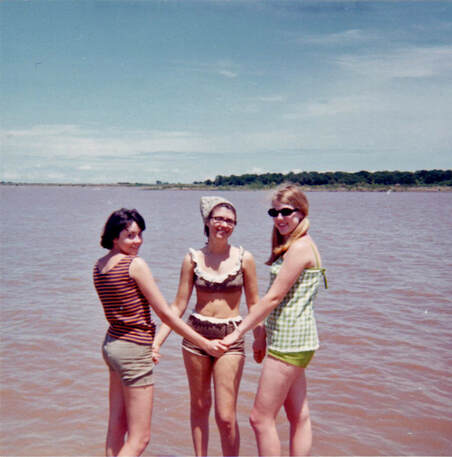 With friends Sarah and Cindi at Lake Carl Blackwell in Oklahoma, circa 1968
With friends Sarah and Cindi at Lake Carl Blackwell in Oklahoma, circa 1968 You’re not like the others—the ones I grew up with. In that flat and dusty land, those pretenders to the title were mere puddles. Knowing no better, we suited up, dived in, toweled off, sat on shore with sandwiches, staring out across their dense, red-silted expanses, thinking, “Well, this is nice.”
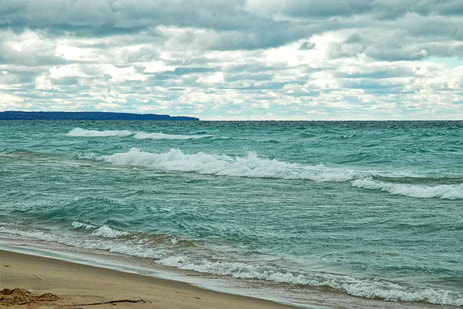

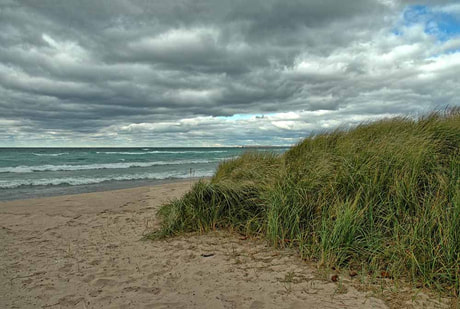
Love,
Nan
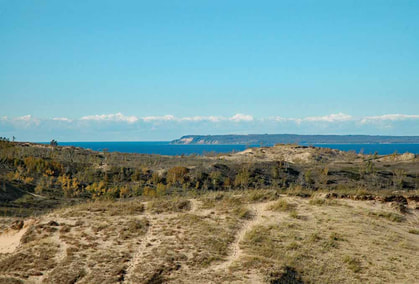
Until then, let's enjoy a few reminders of what spring should look like.
But before we head West, some photo-related news: Copies of my photo book, "Nature by Nan," are now available for purchase at Hit the Road Joe Coffee Cafe in Croton. The 8x8-inch hardcover book contains 20 of my photos of local flora and fauna.
As a bonus, I'm including at the end of this post, some of my favorite nature shots from our recent visit to the Southwest.
-- Edward Abbey
-- Gary Snyder
-- Alexey Leonov, Russian cosmonaut
-- Thomas Berry
-- Henry Crow Dog
-- E.B. White, One Man's Meat
-- Rachel Carson
-- George Eliot, The Mill on the Floss
-- Henry David Thoreau
Codi: "Like a note you'd send somebody after you stayed in their house?"
Loyd: "Exactly like that. 'Thanks for letting me sleep on your couch. I took some beer out of the refrigerator, and I broke a coffee cup. Sorry. I hope it wasn't your favorite one.' "
-- Barbara Kingsolver, Animal Dreams
from the heart of the woods
Available now!
Author
Nan Sanders Pokerwinski, a former journalist, writes memoir and personal essays, makes collages and likes to play outside. She lives in West Michigan with her husband, Ray.
Archives
April 2022
August 2021
July 2021
June 2021
May 2021
April 2021
January 2021
December 2020
November 2020
October 2020
September 2020
August 2020
July 2020
June 2020
May 2020
April 2020
March 2020
February 2020
January 2020
December 2019
November 2019
October 2019
September 2019
August 2019
July 2019
June 2019
May 2019
April 2019
March 2019
February 2019
January 2019
December 2018
November 2018
October 2018
September 2018
August 2018
July 2018
June 2018
May 2018
April 2018
March 2018
February 2018
January 2018
December 2017
November 2017
October 2017
September 2017
August 2017
July 2017
June 2017
May 2017
April 2017
March 2017
February 2017
January 2017
December 2016
November 2016
October 2016
September 2016
August 2016
July 2016
June 2016
May 2016
April 2016
March 2016
February 2016
Categories
All
Art
Better Living
Books
Community
Creativity
Events
Explorations
Food
Gardens
Guest Posts
Health
Inspiration
Last Wednesday Wisdom
Local Artists
Mecosta County
Montcalm County
Music
Muskegon County
Nature
Newaygo County
Oceana County
People
Photography
Pure Michigan
Reflection
Return To Paradise
Samoa
Writing
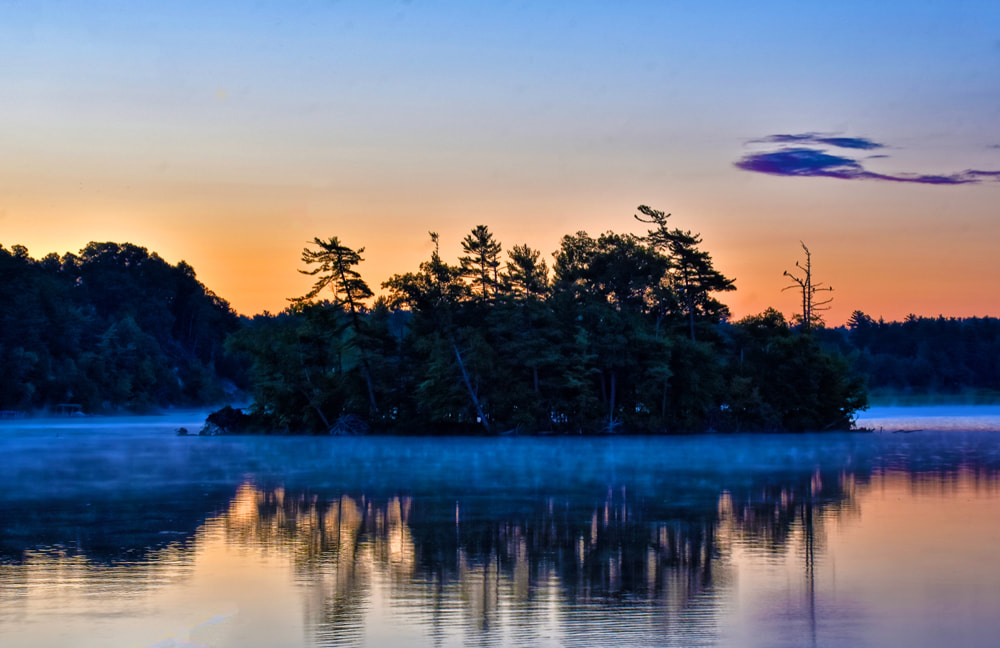
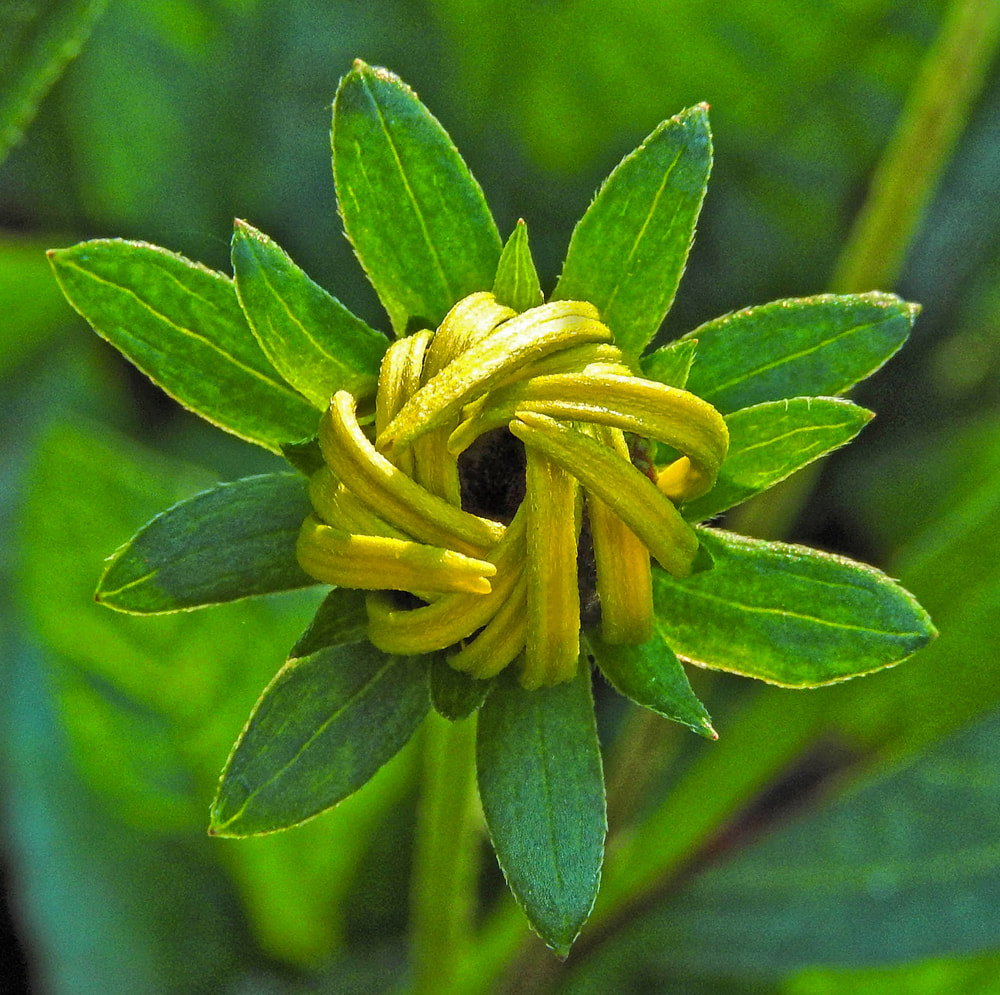
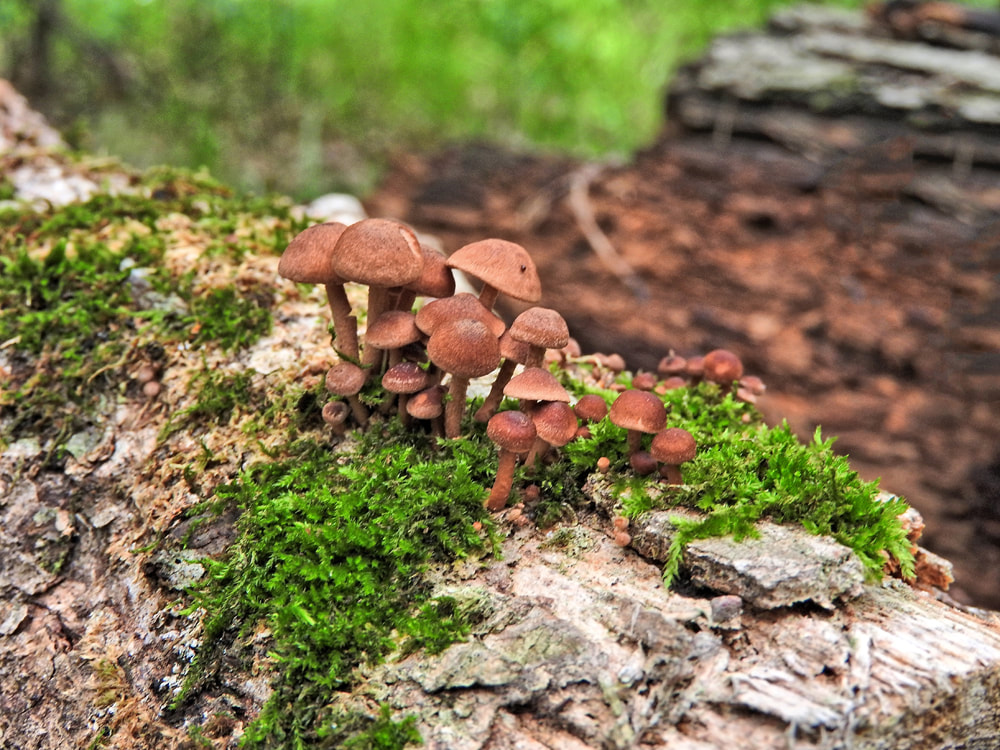

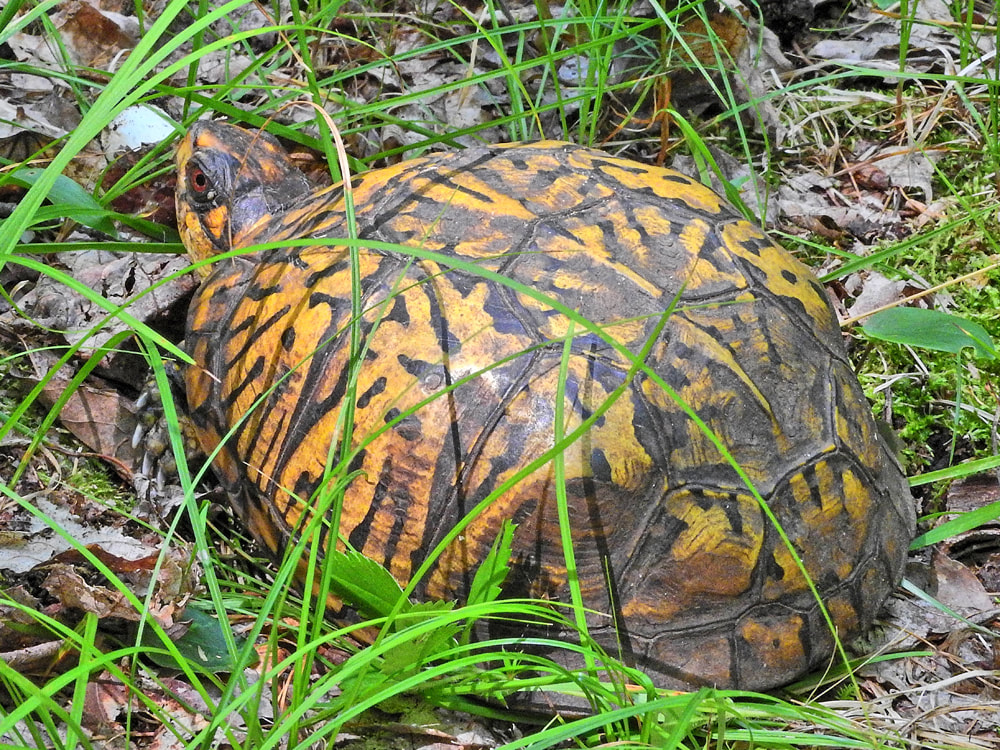
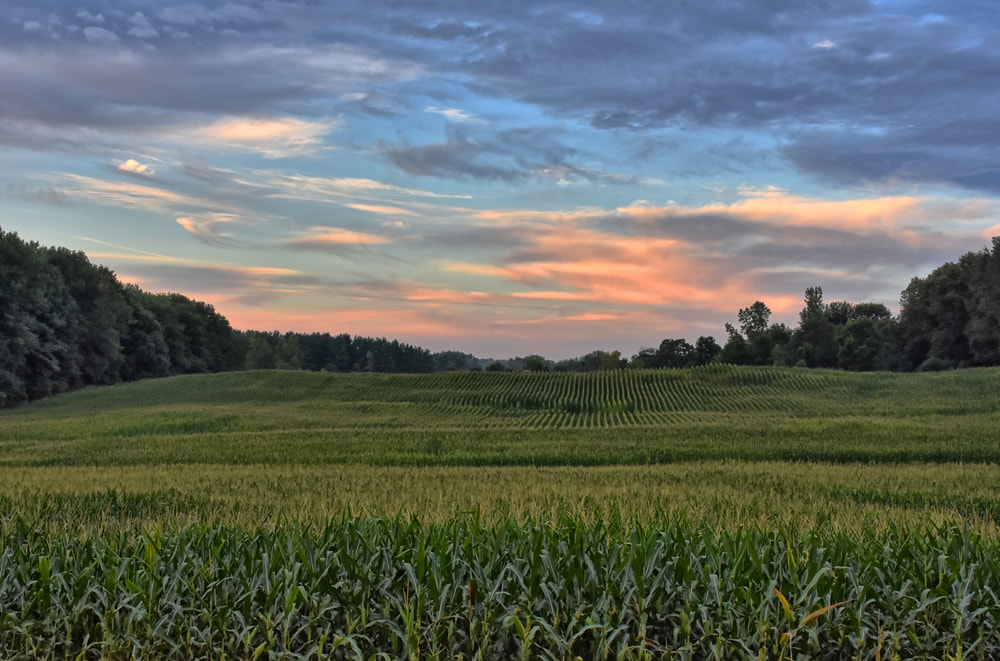
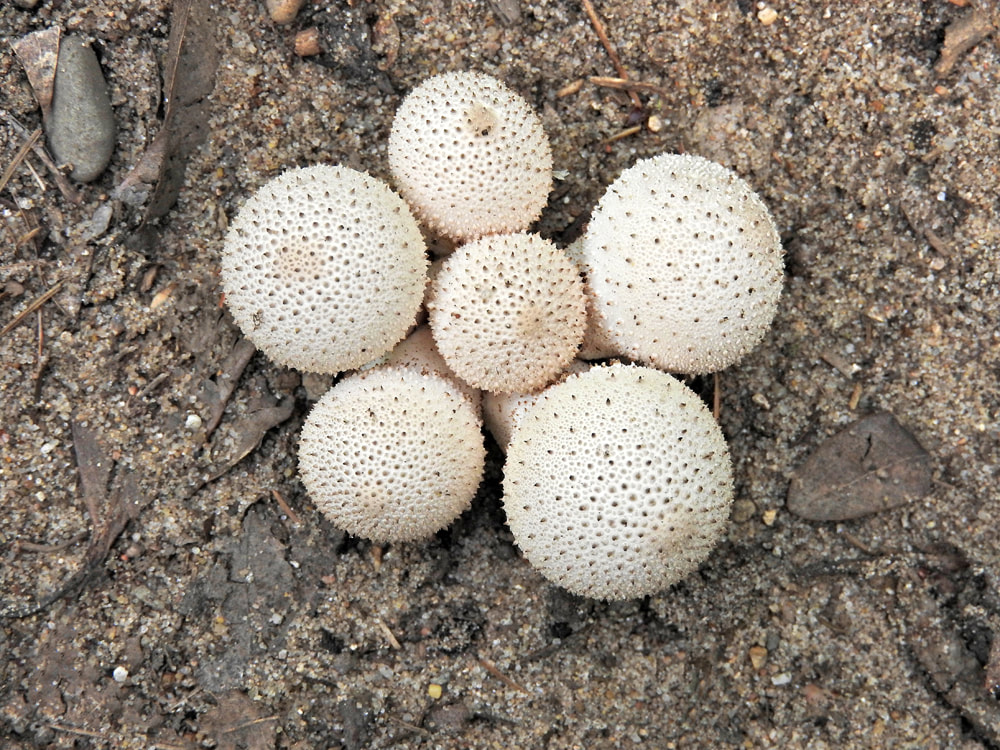
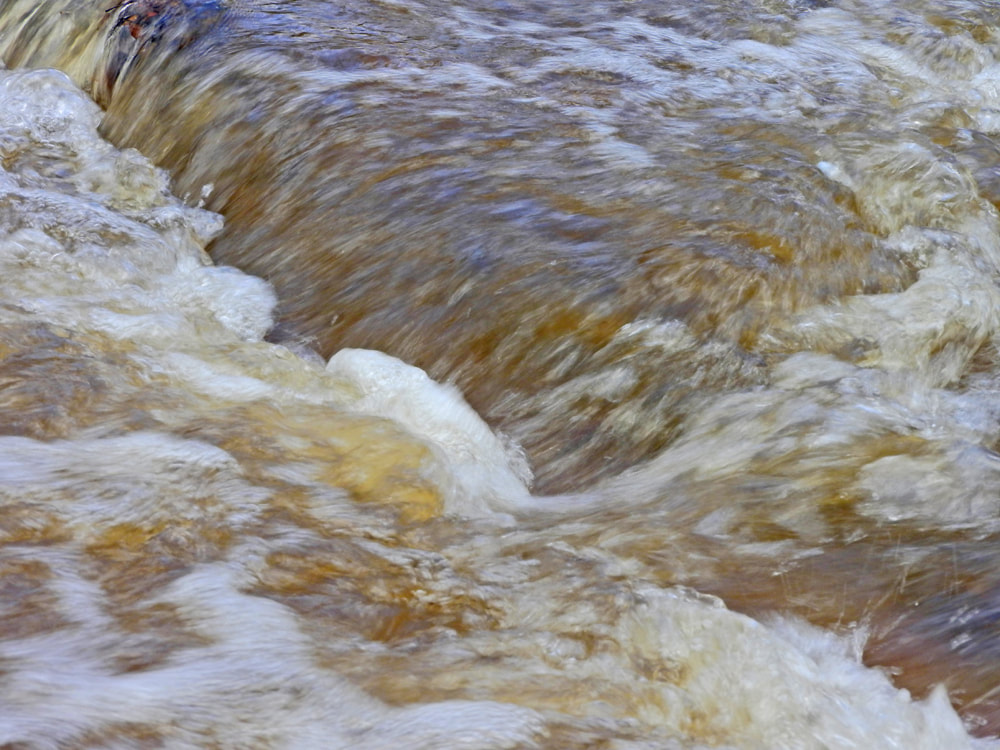
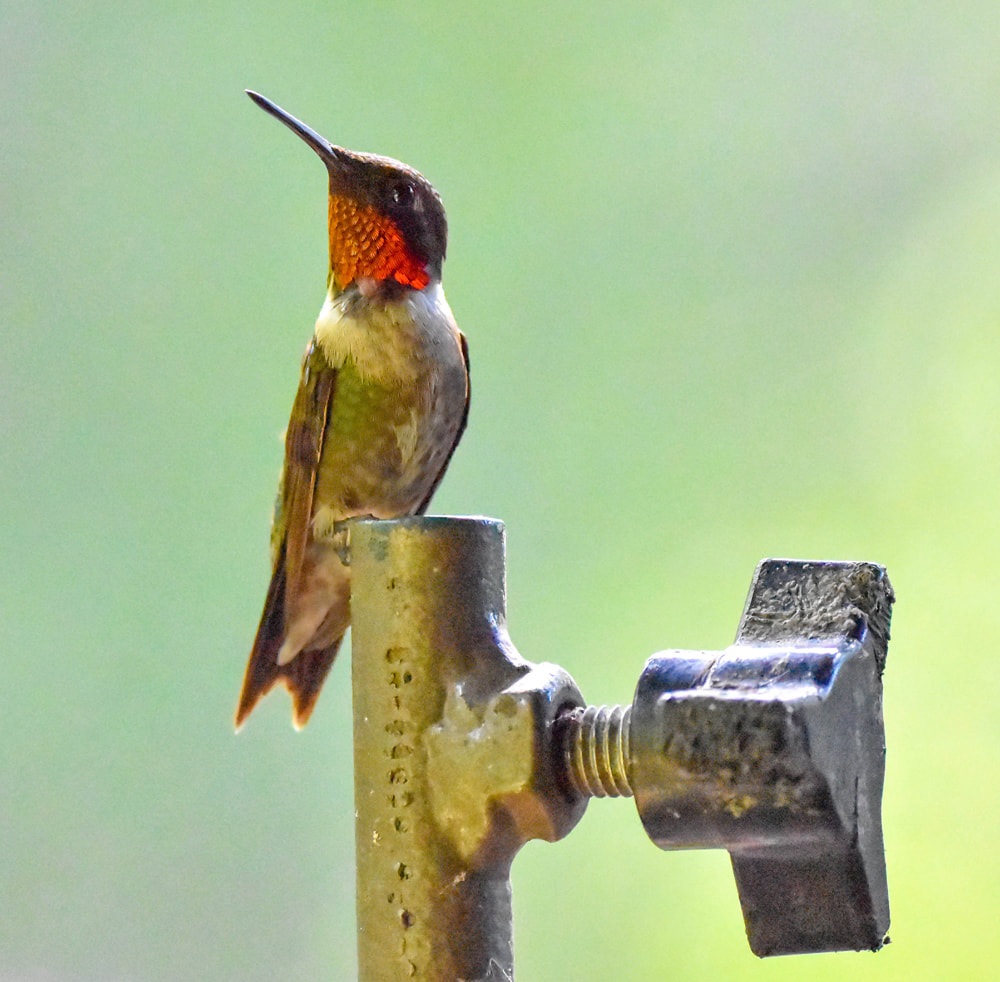
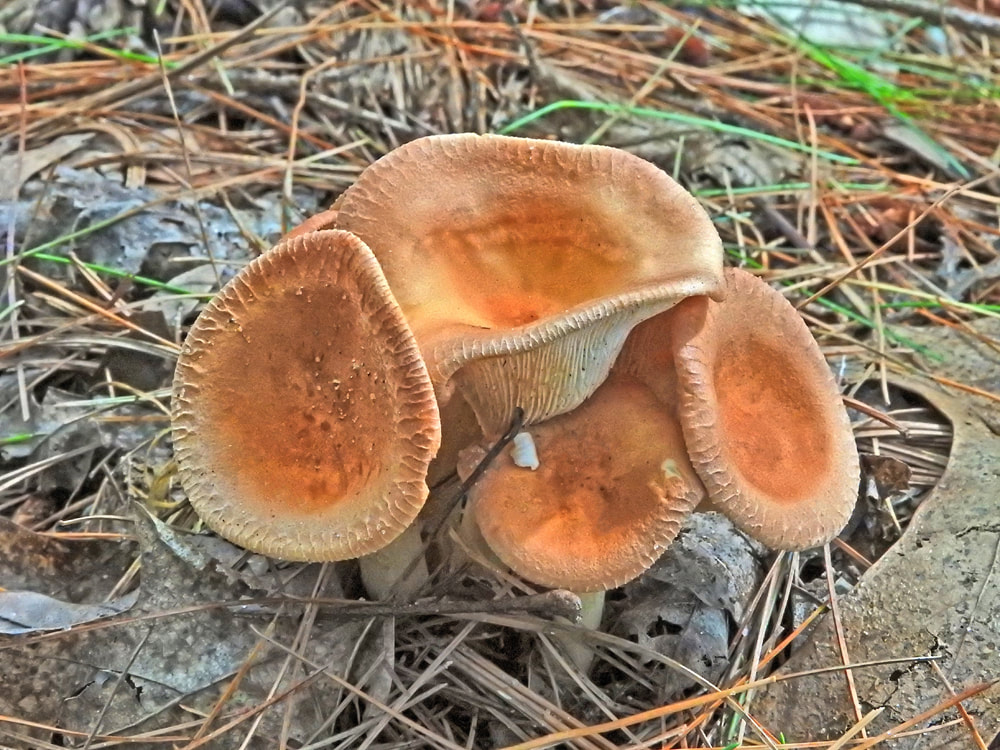
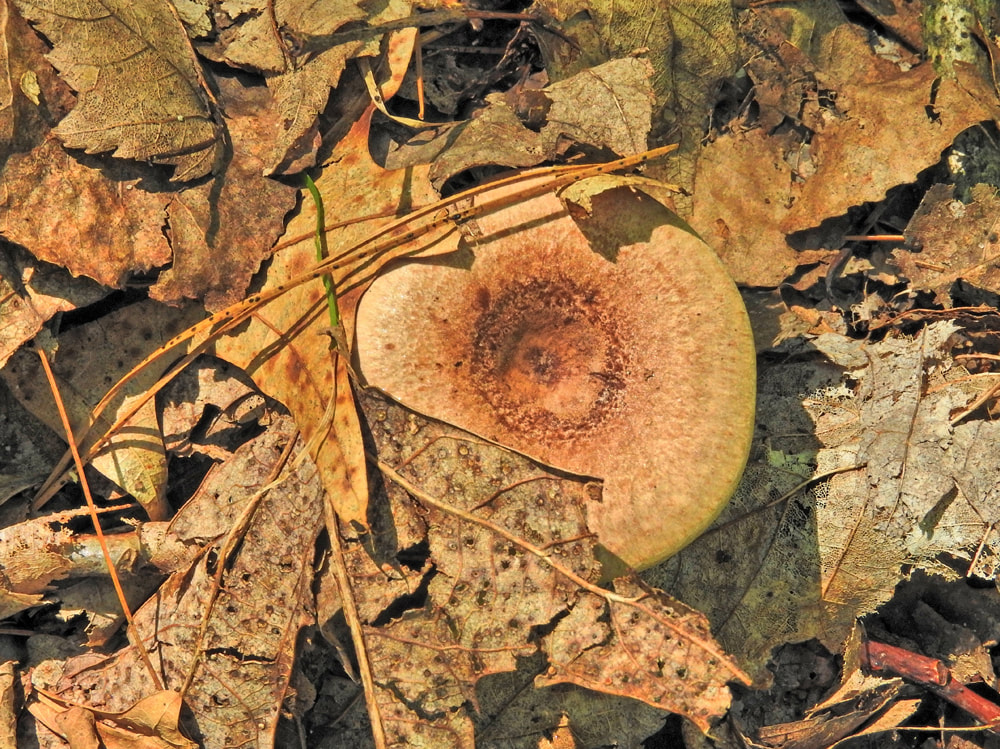
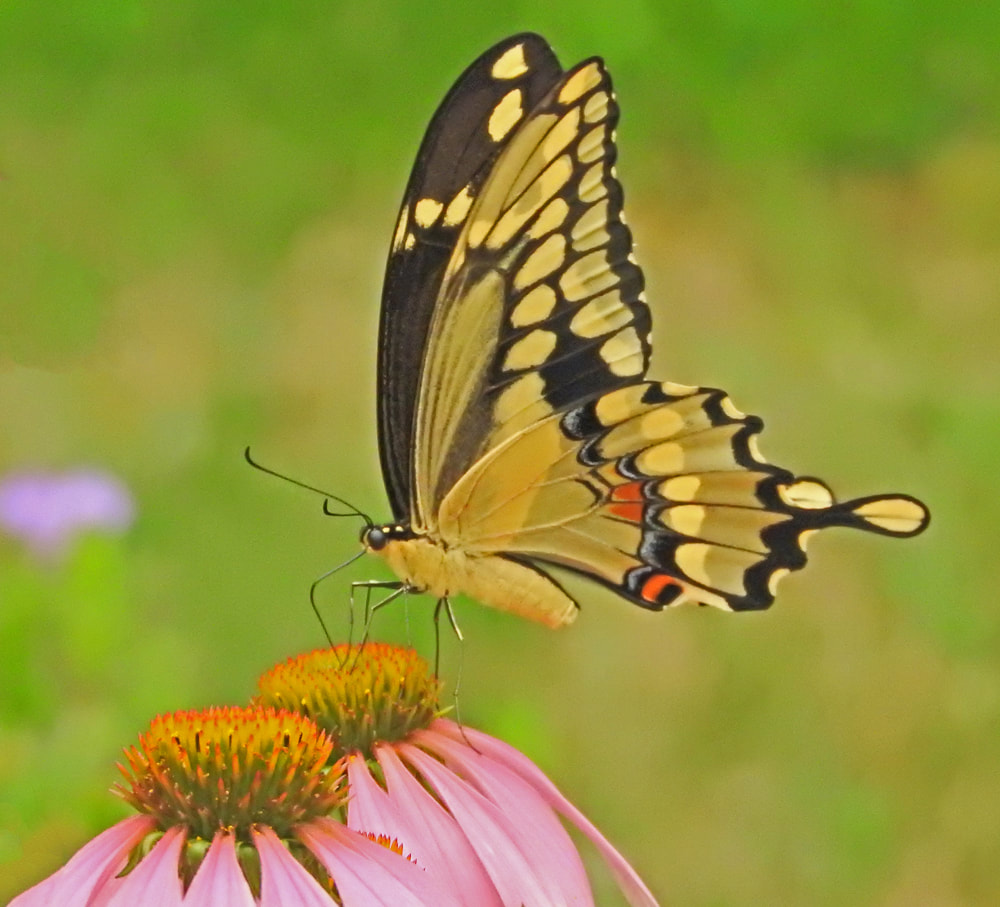
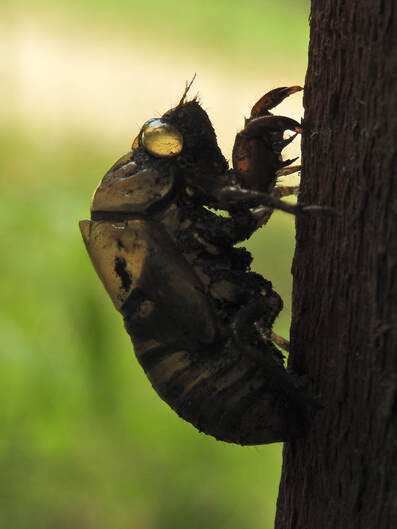
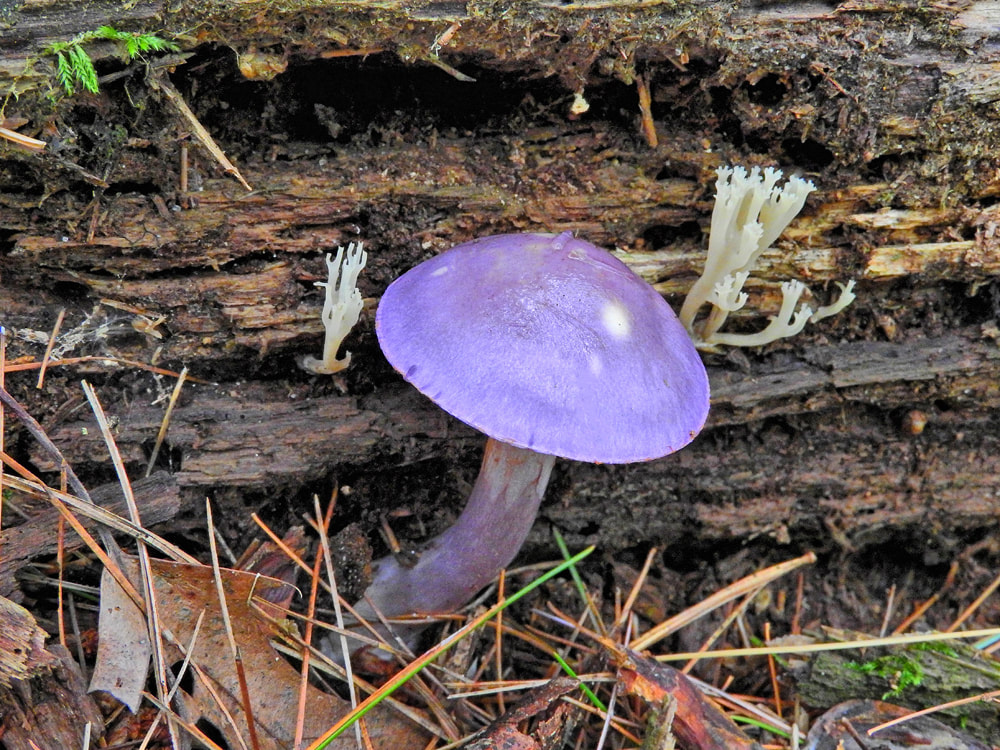
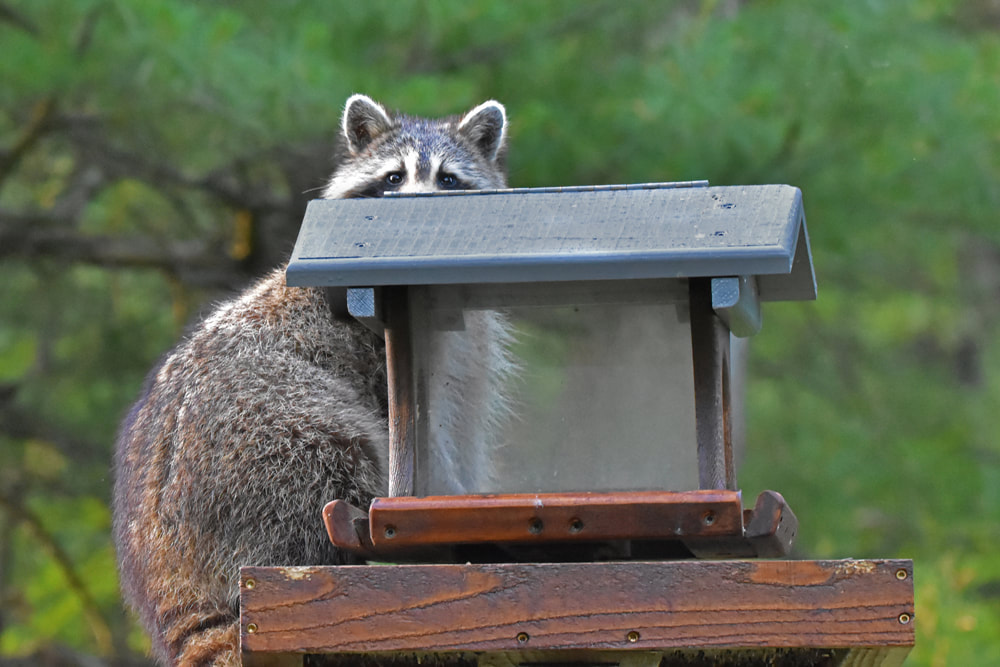
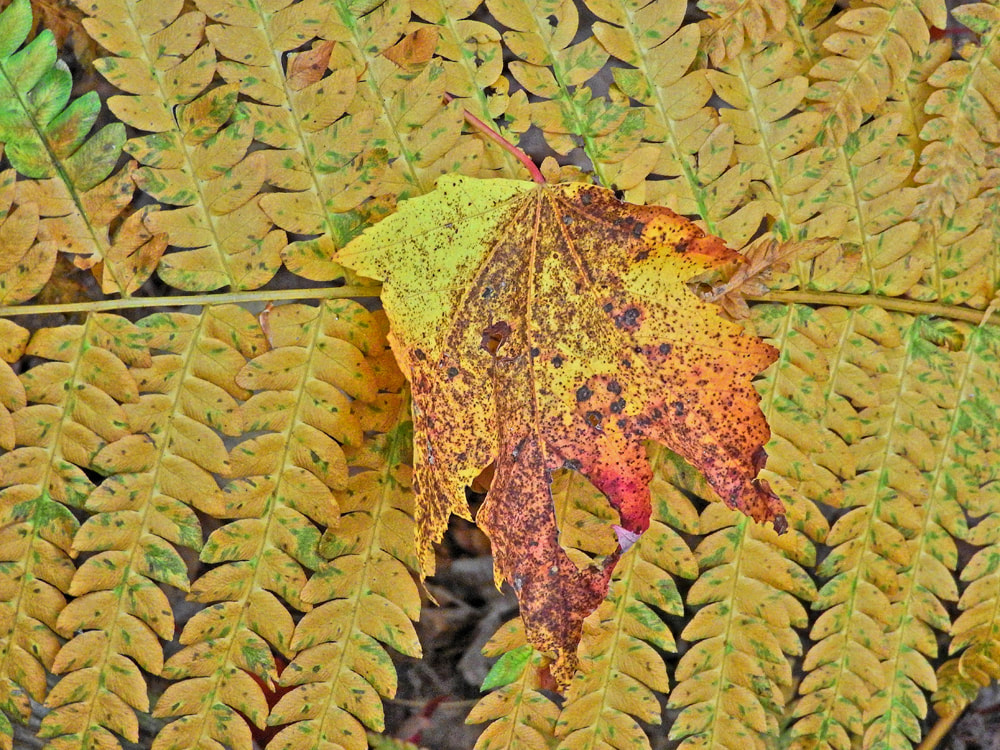

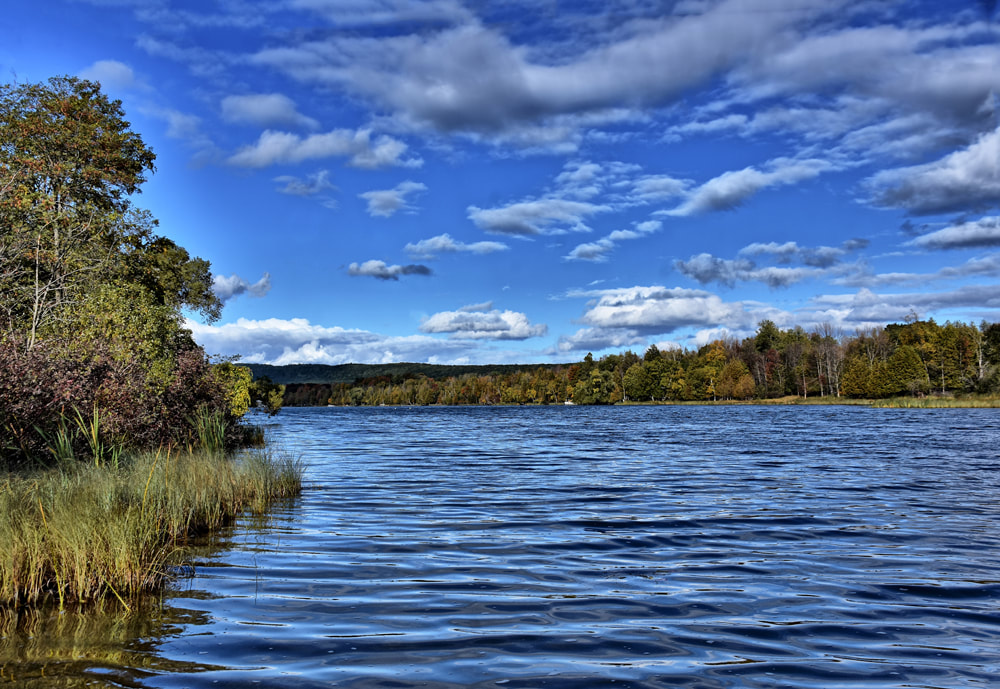
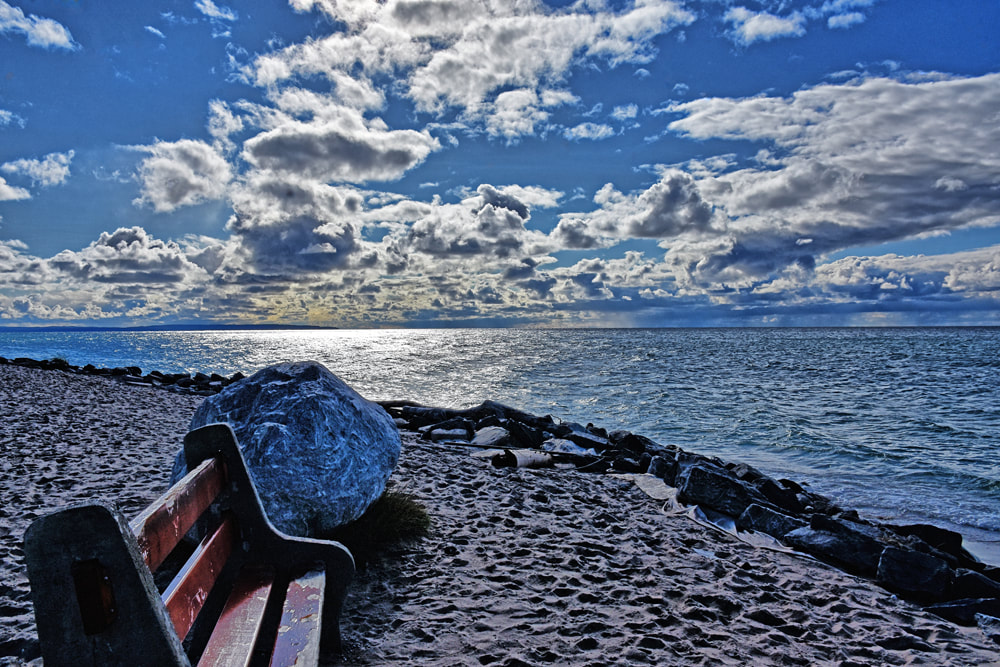
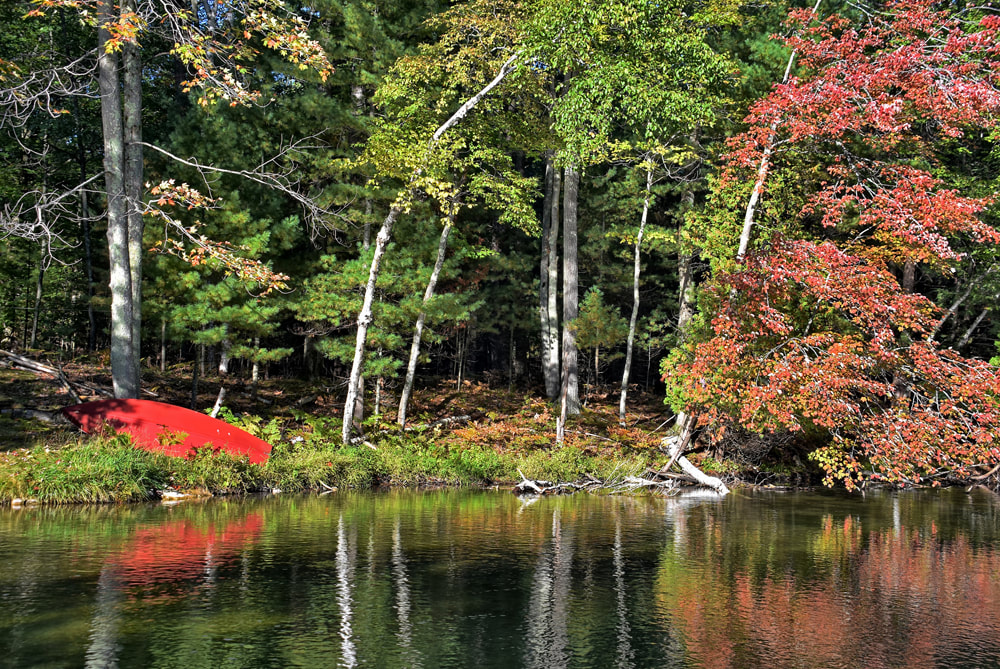
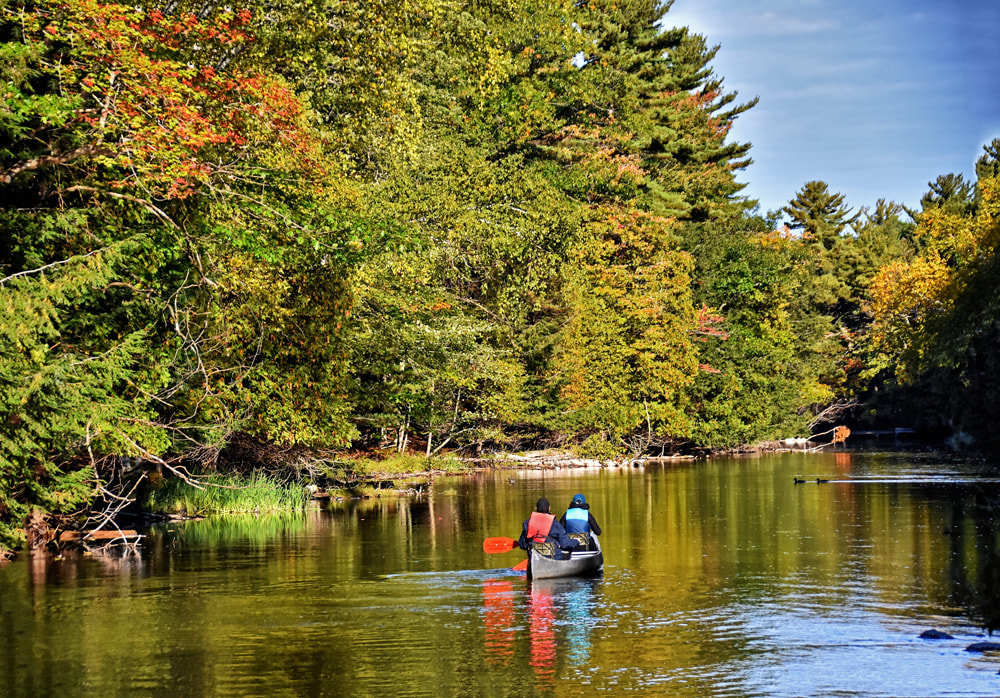
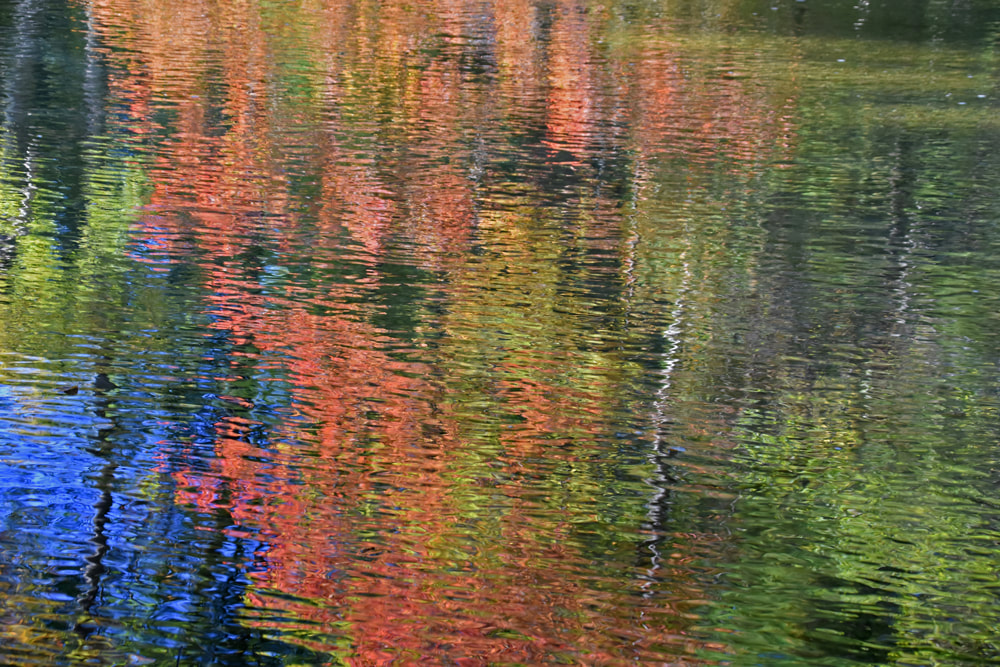
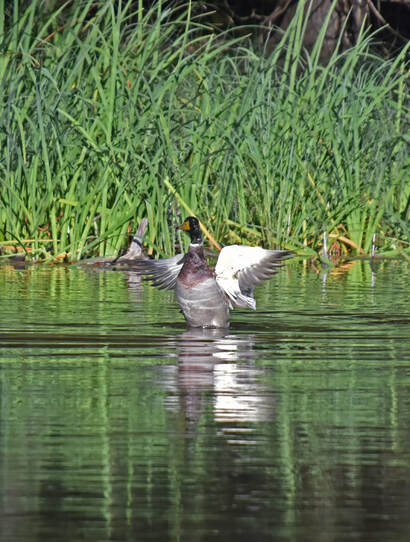
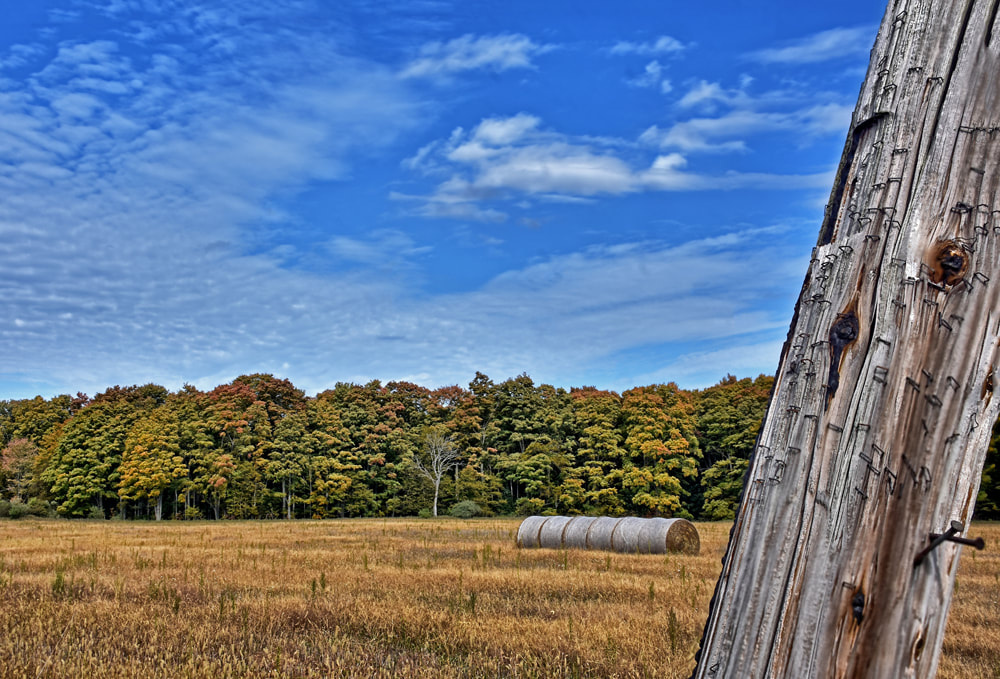
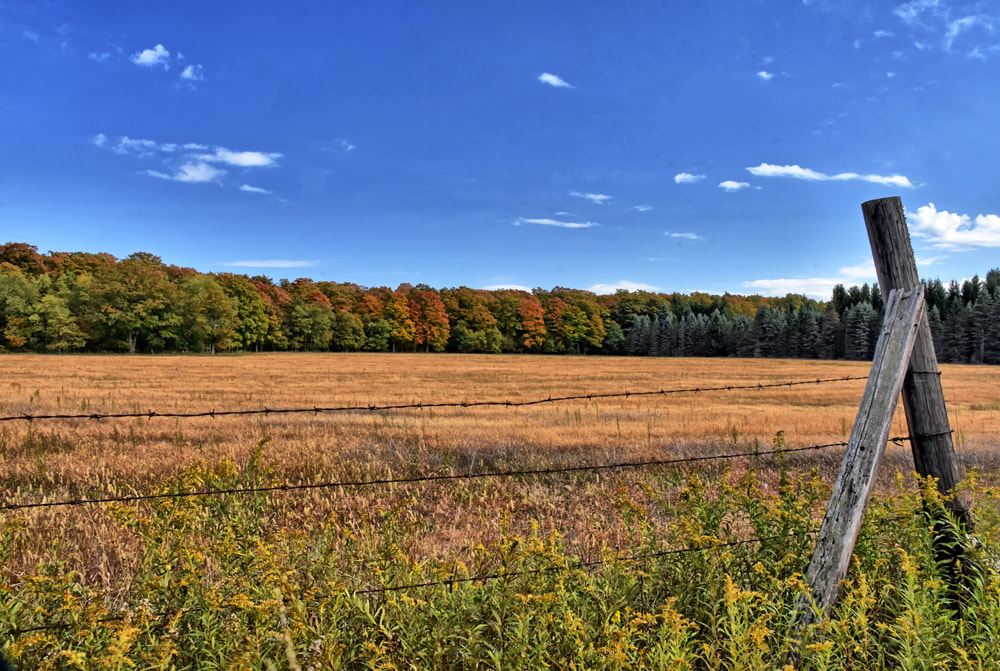

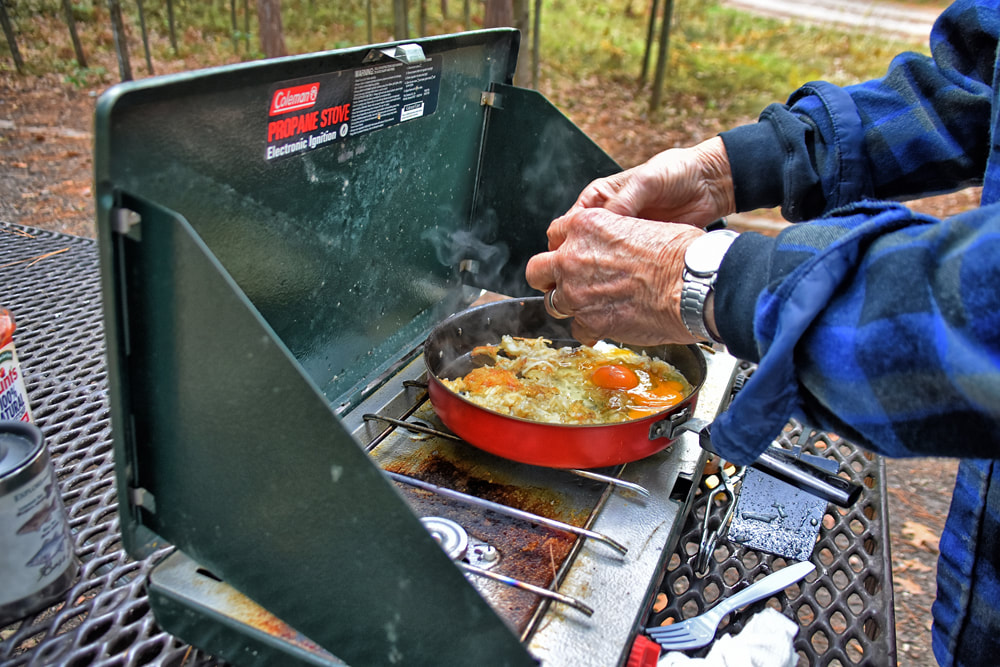
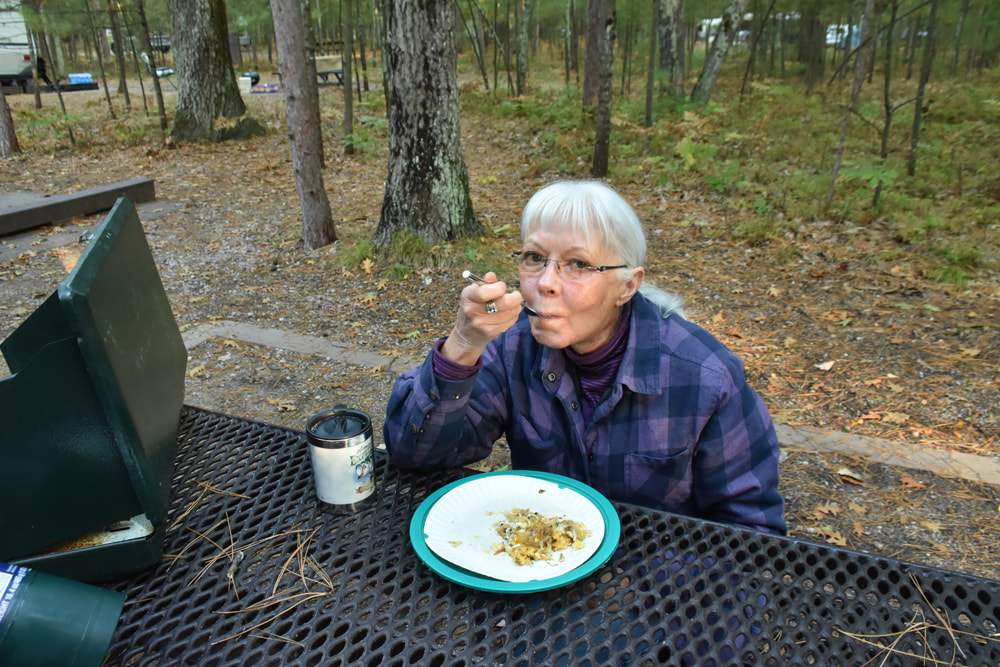
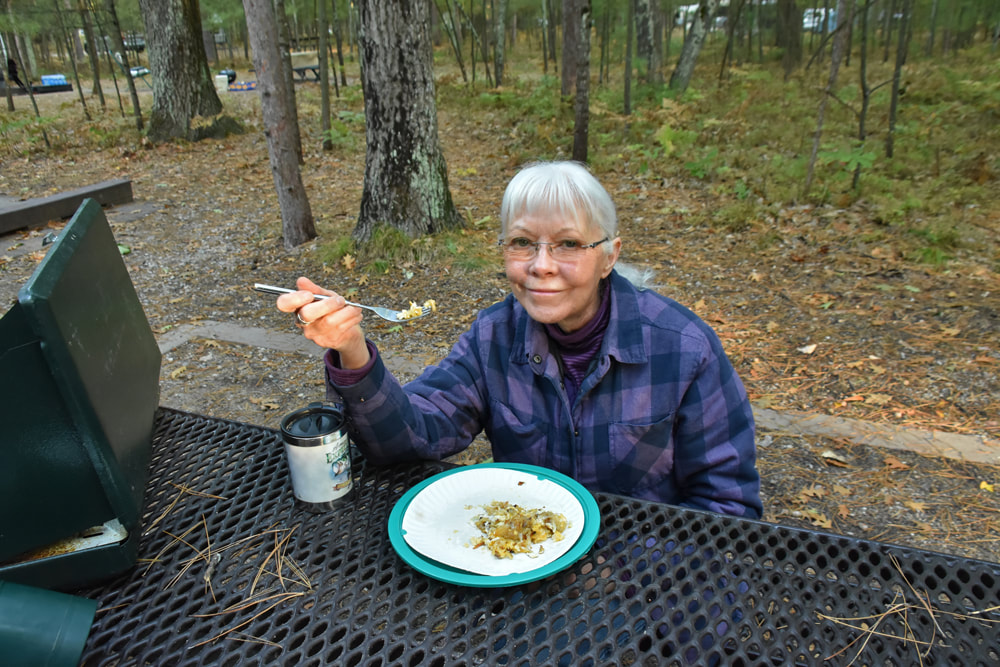
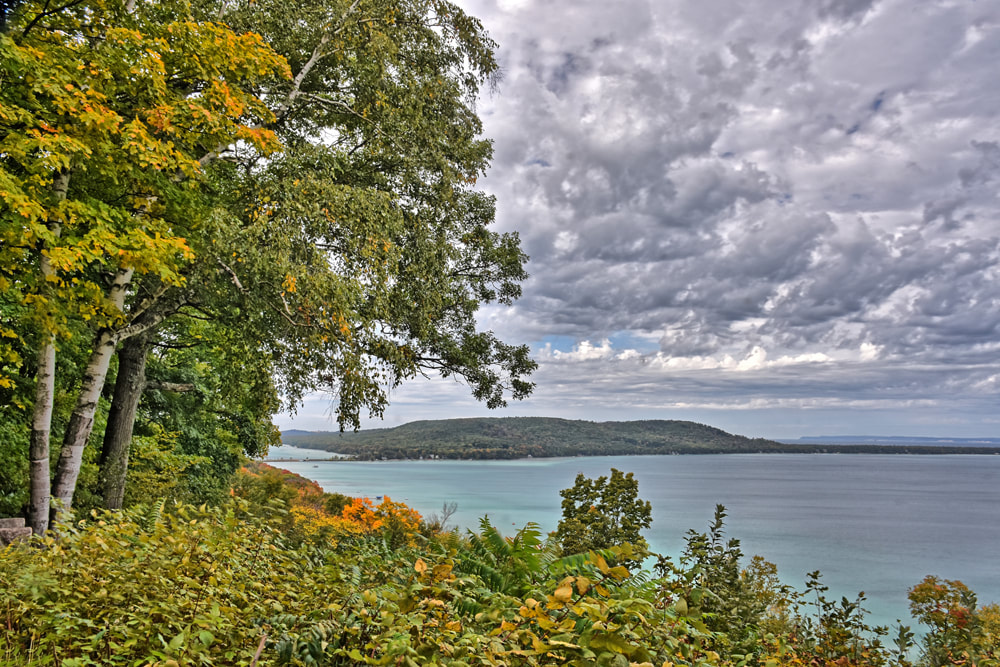

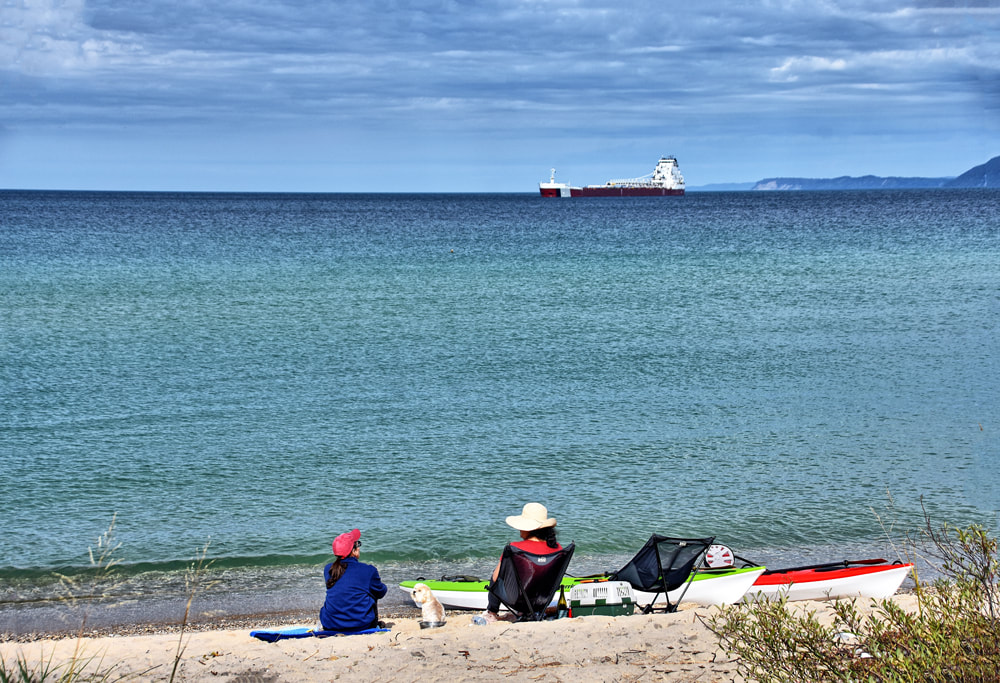
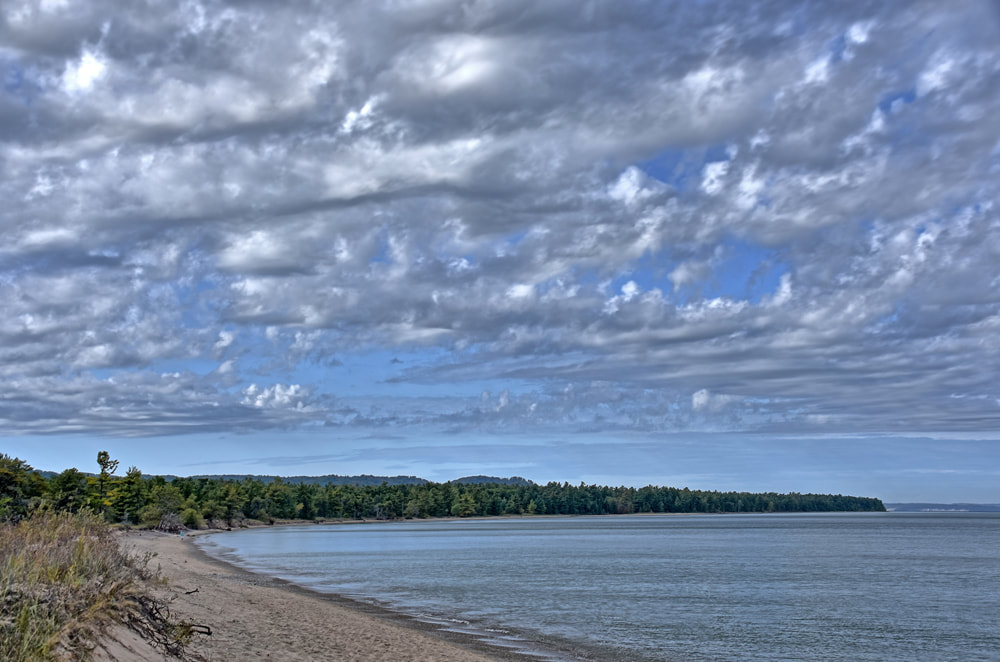
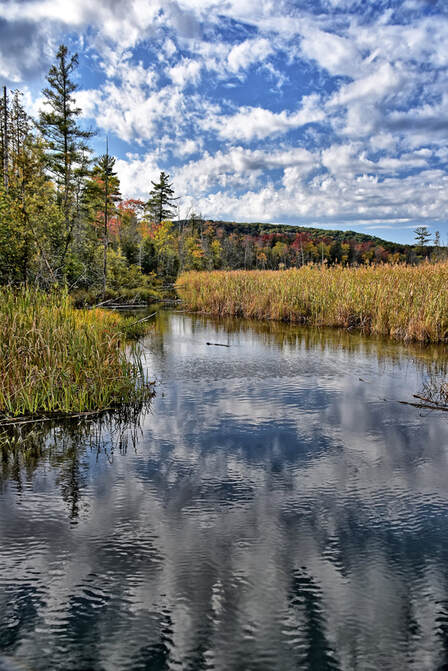
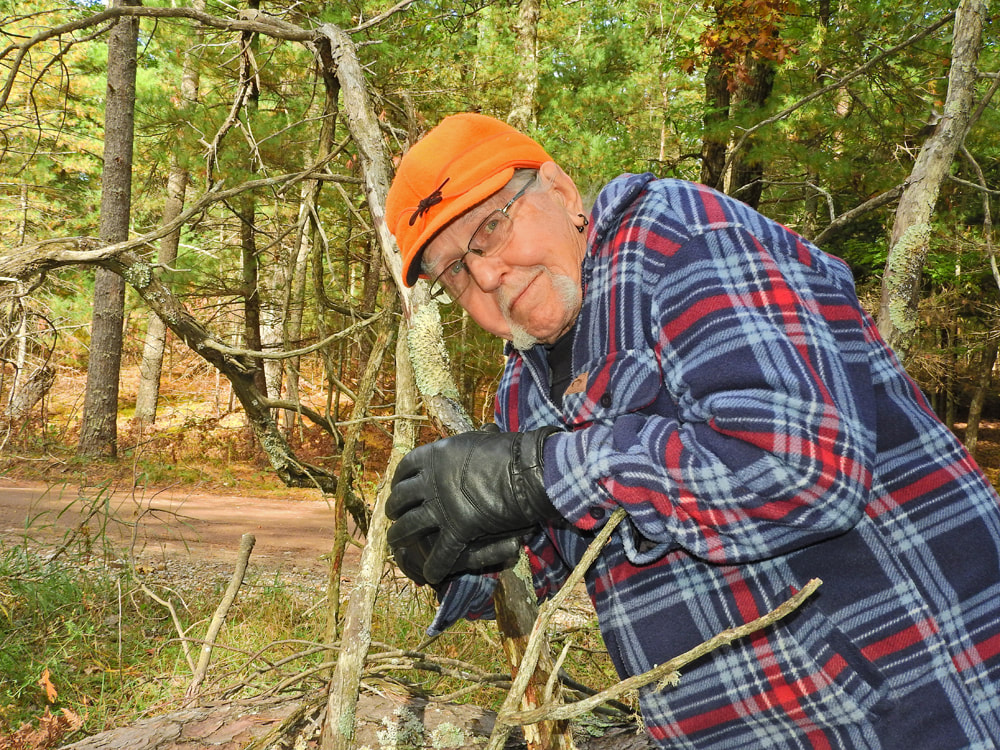
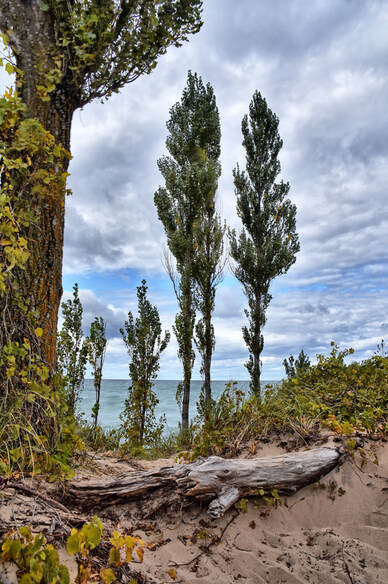
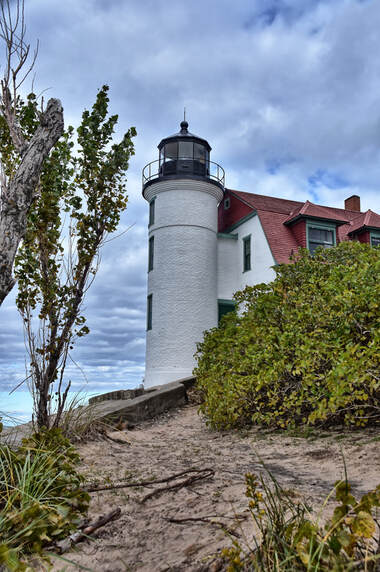
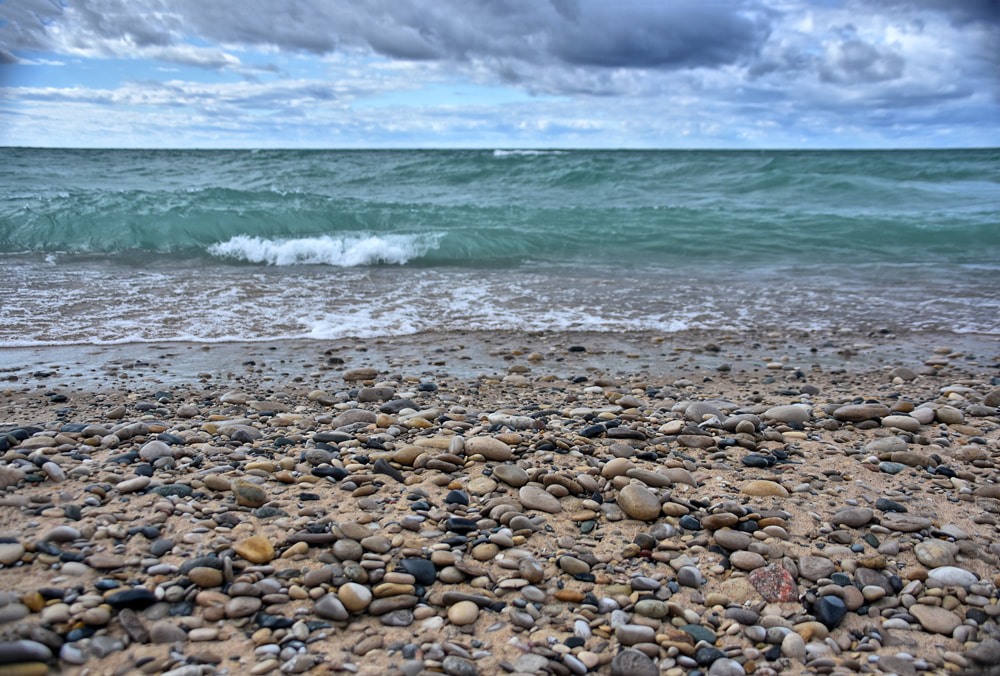
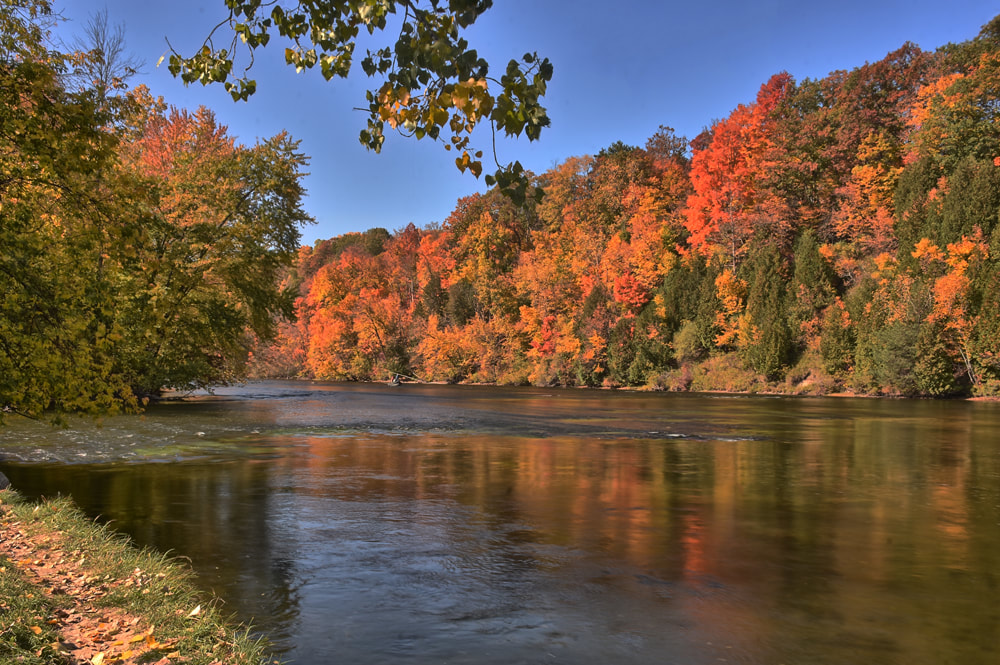
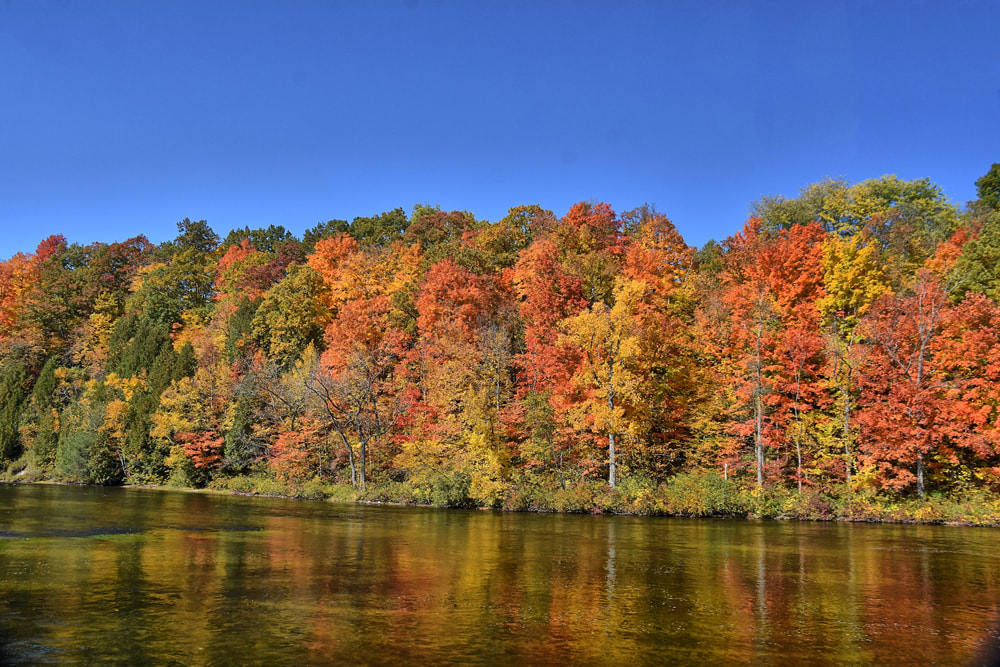
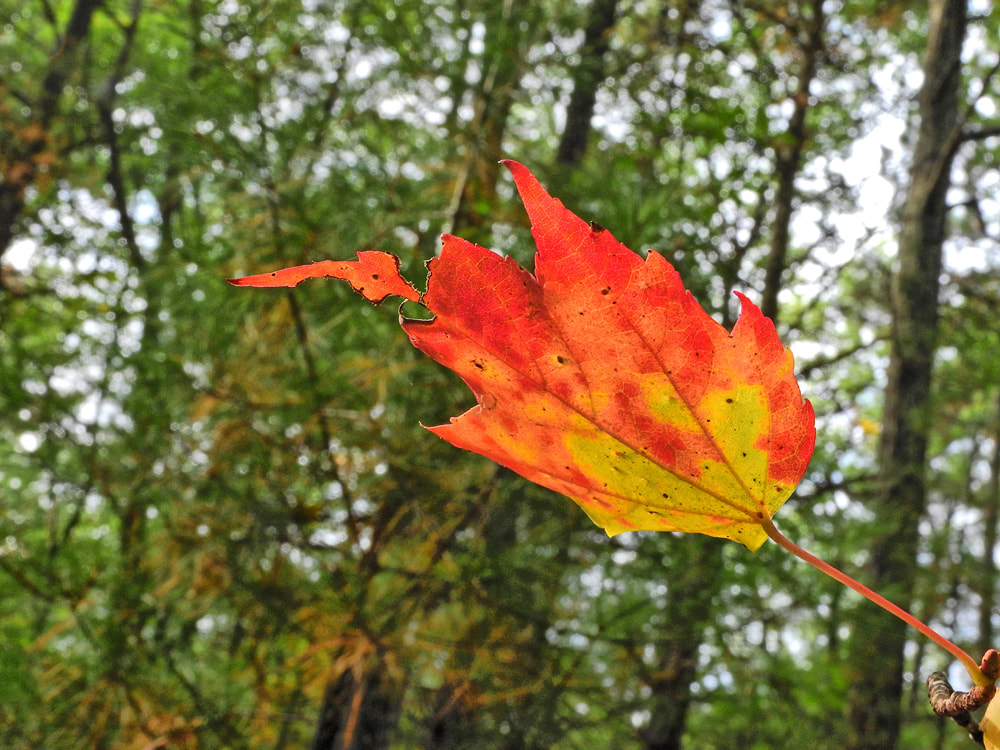
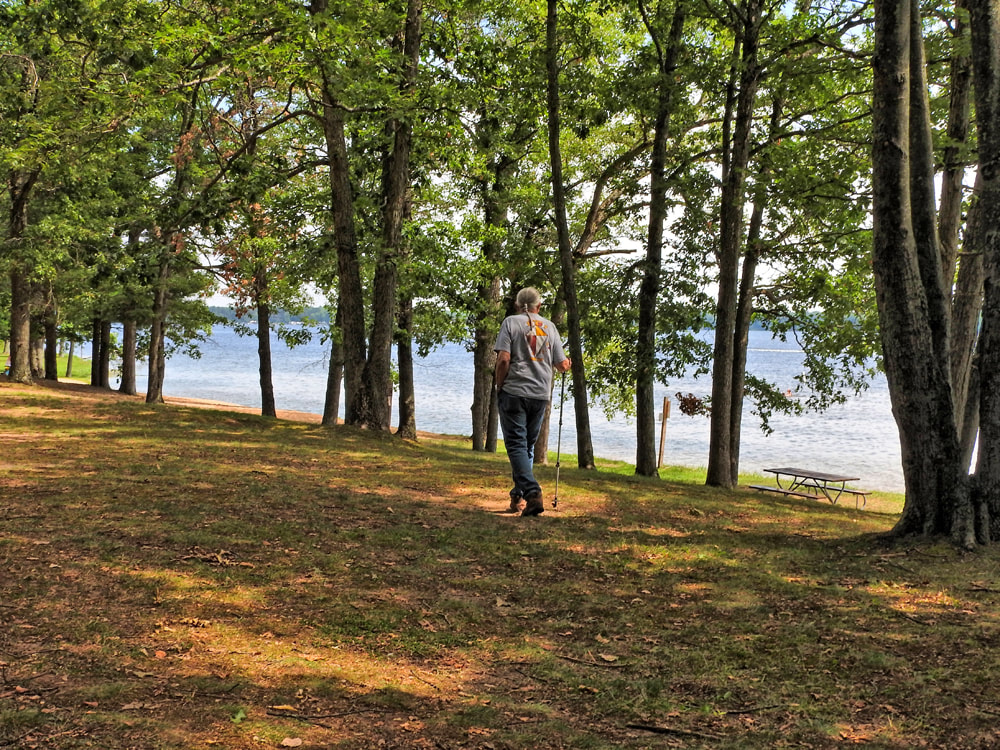
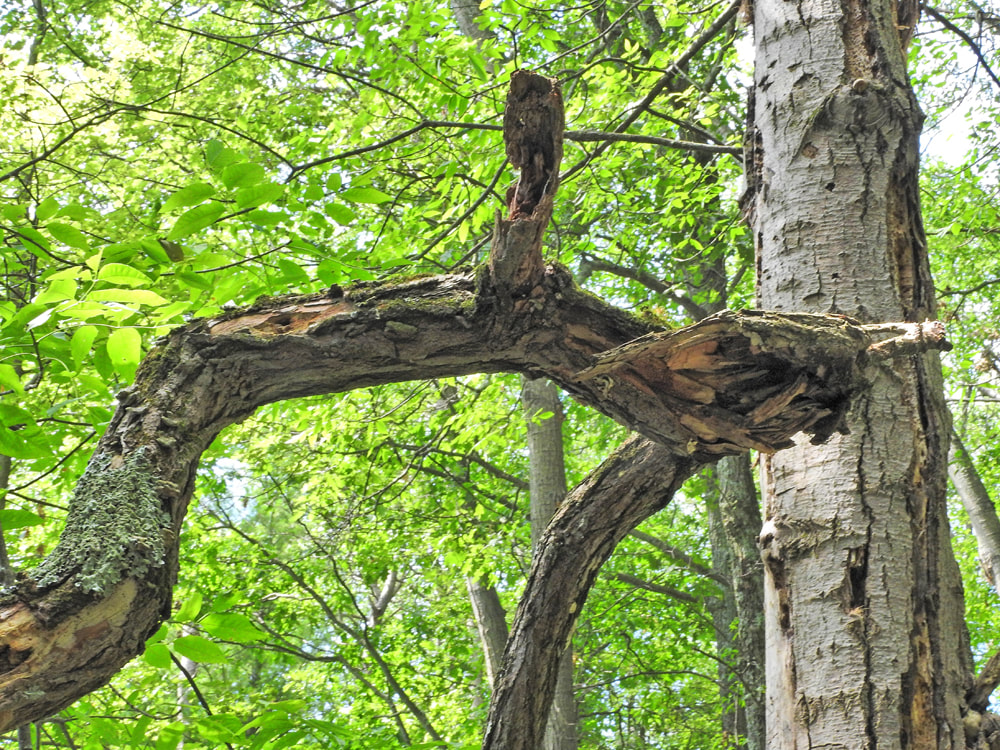
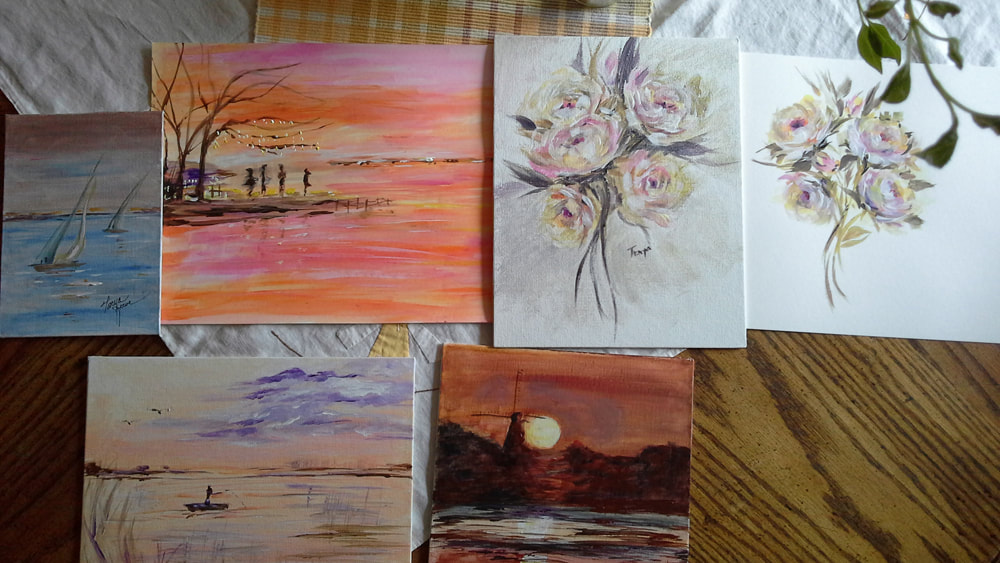
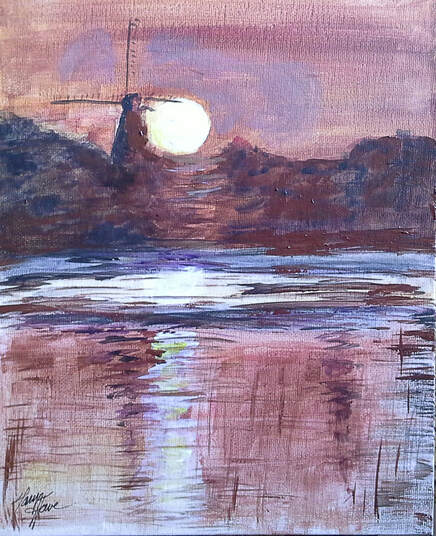
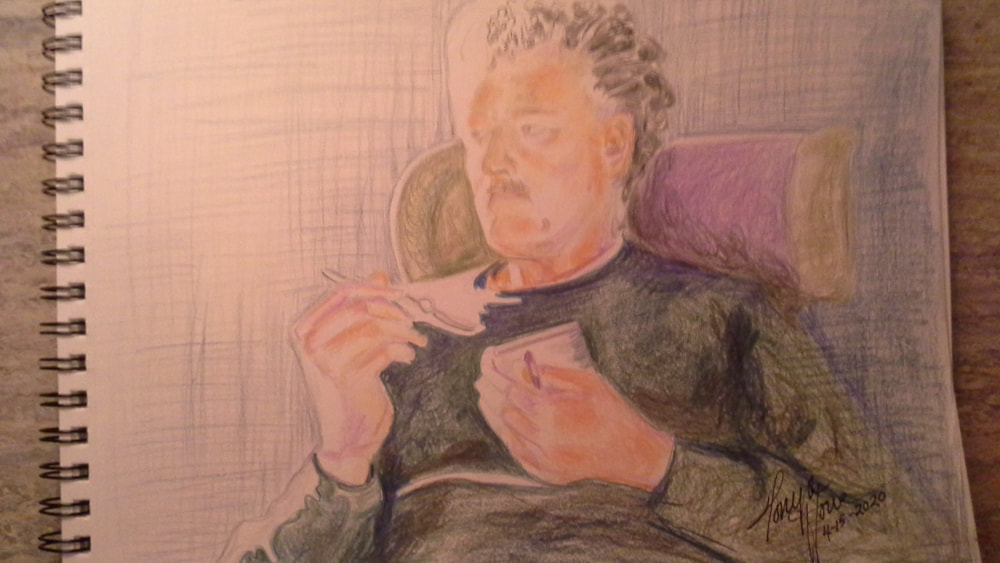



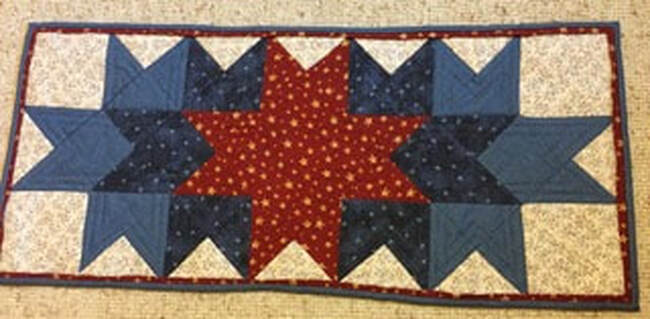
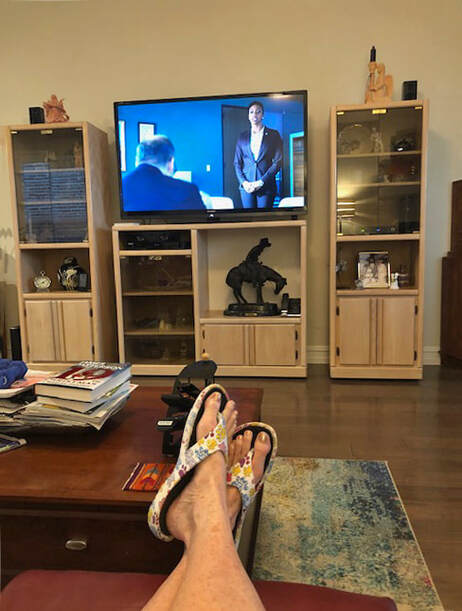
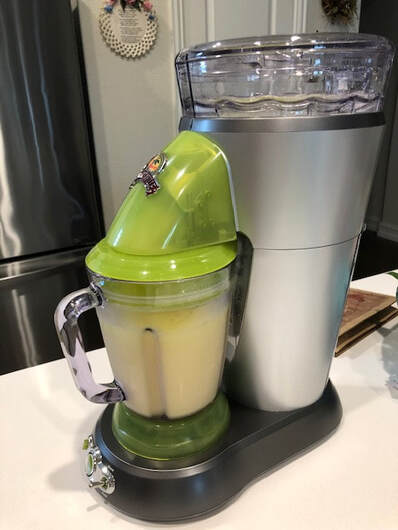
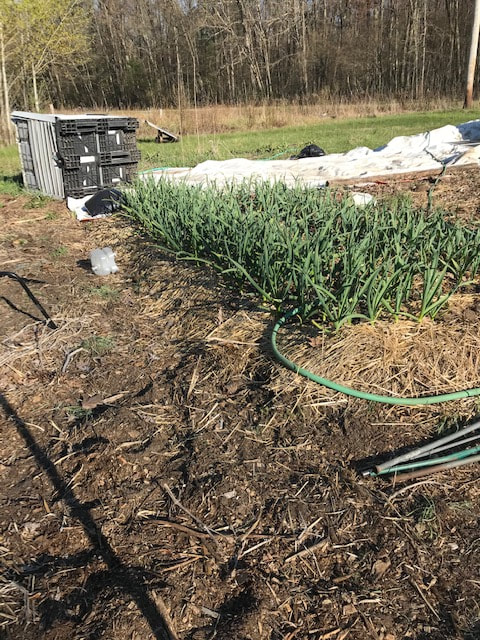
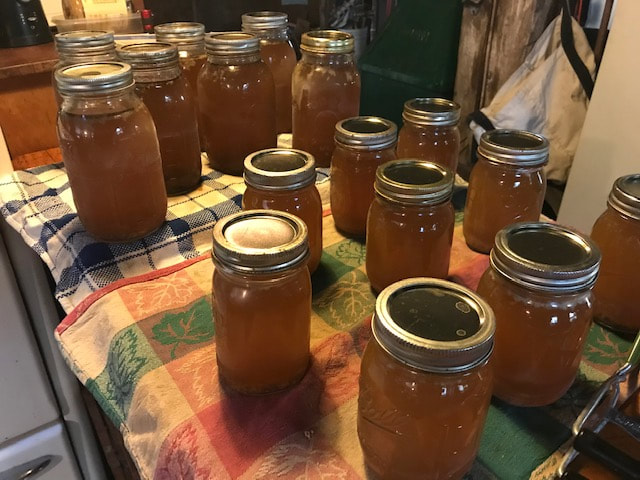
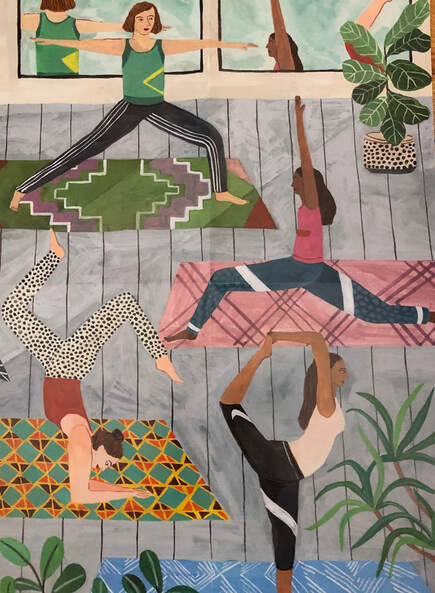
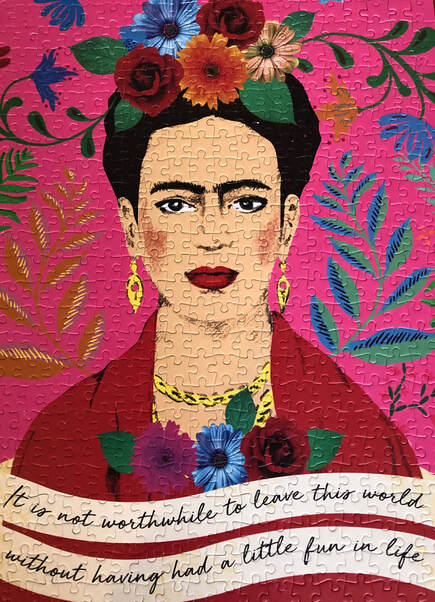
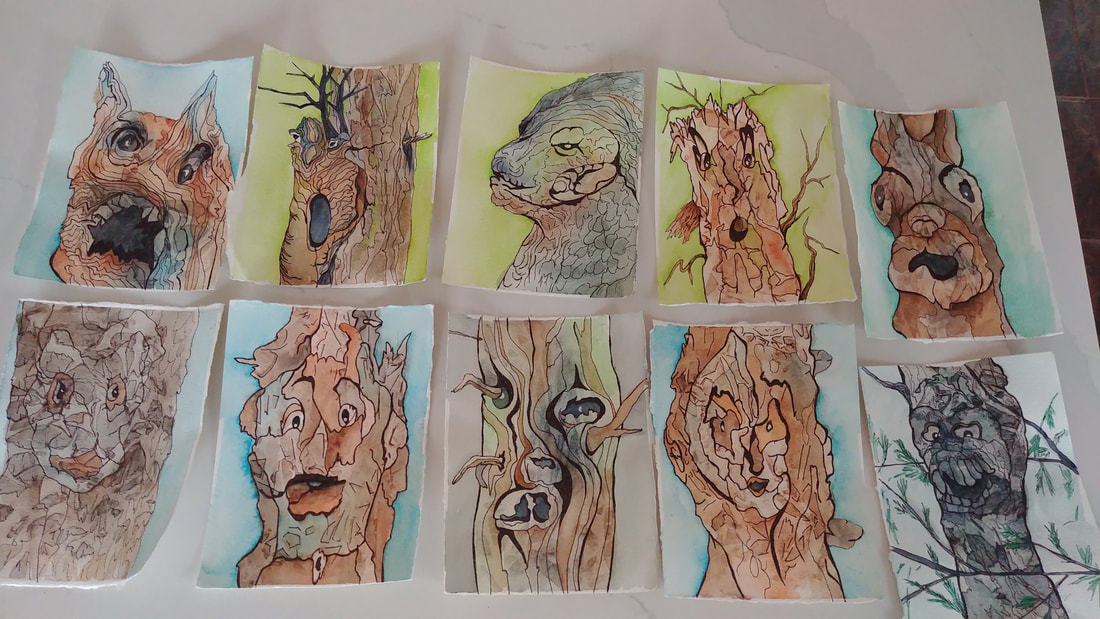
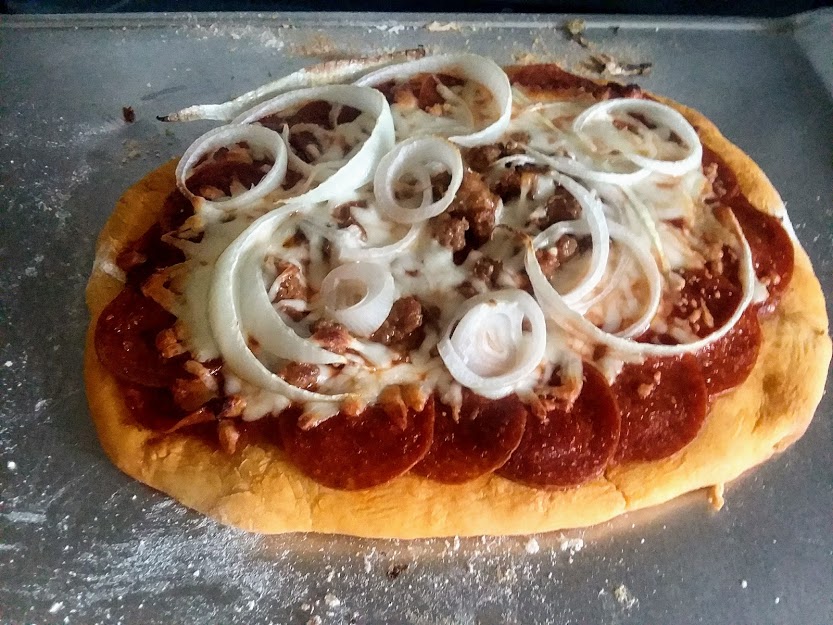

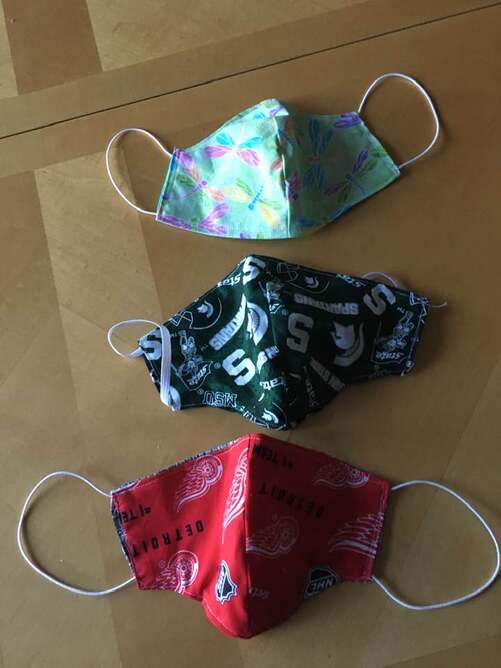
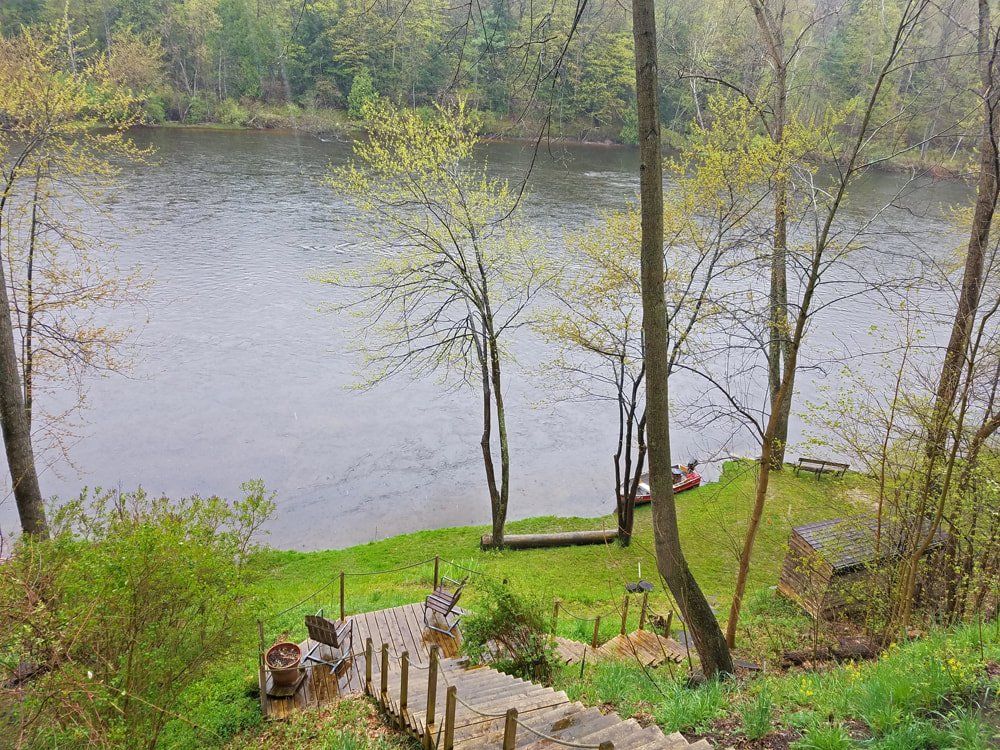
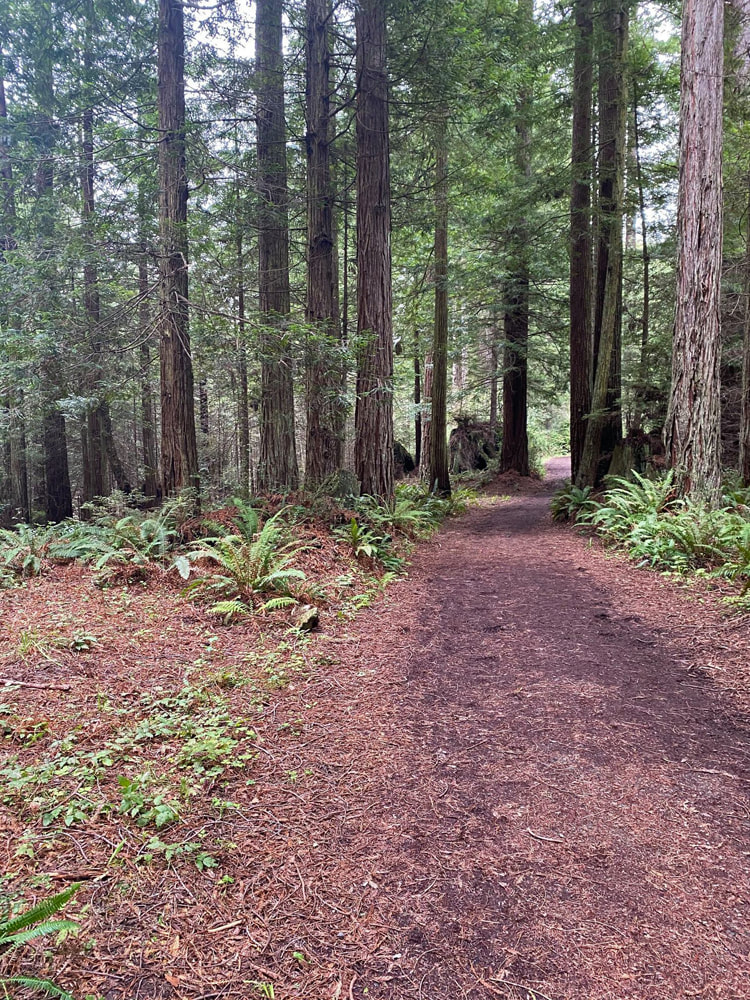
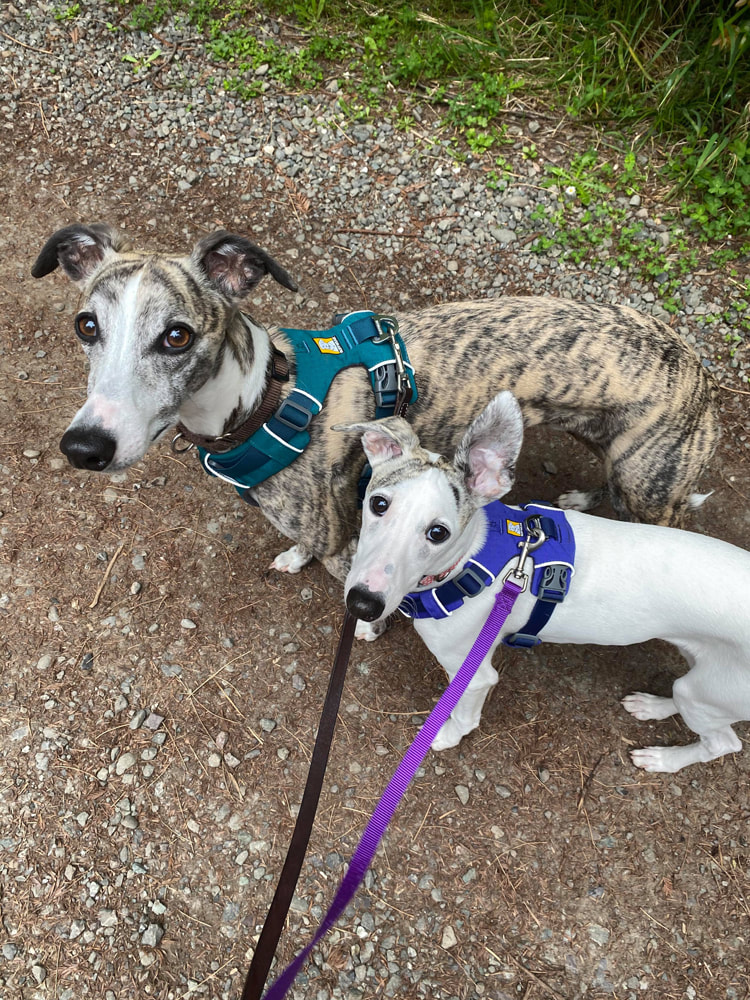
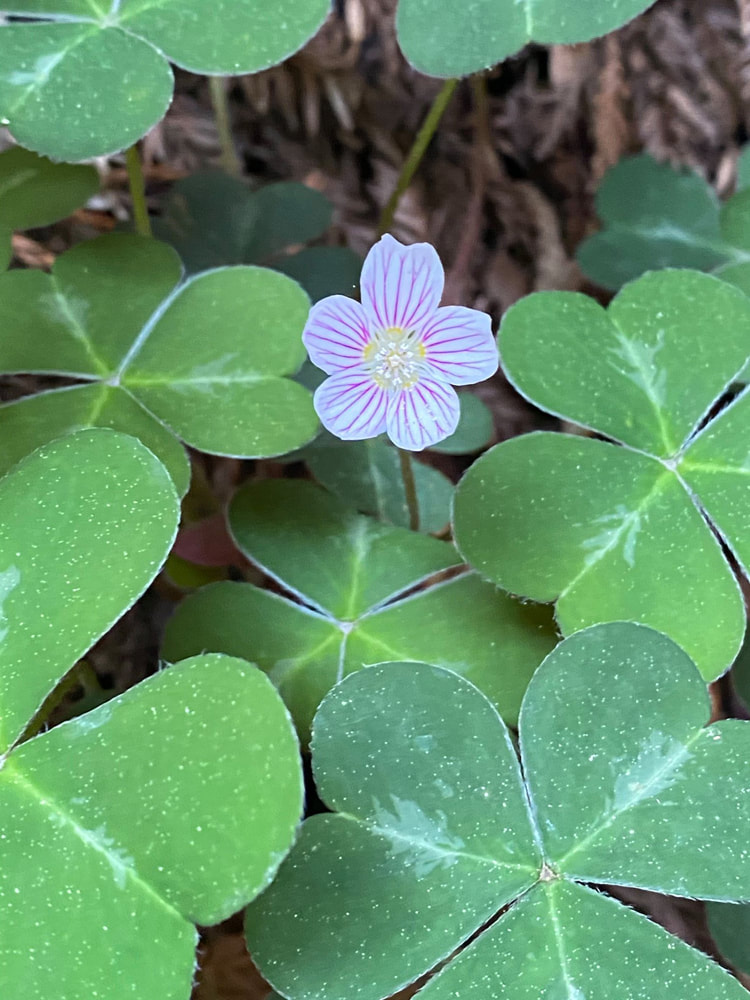
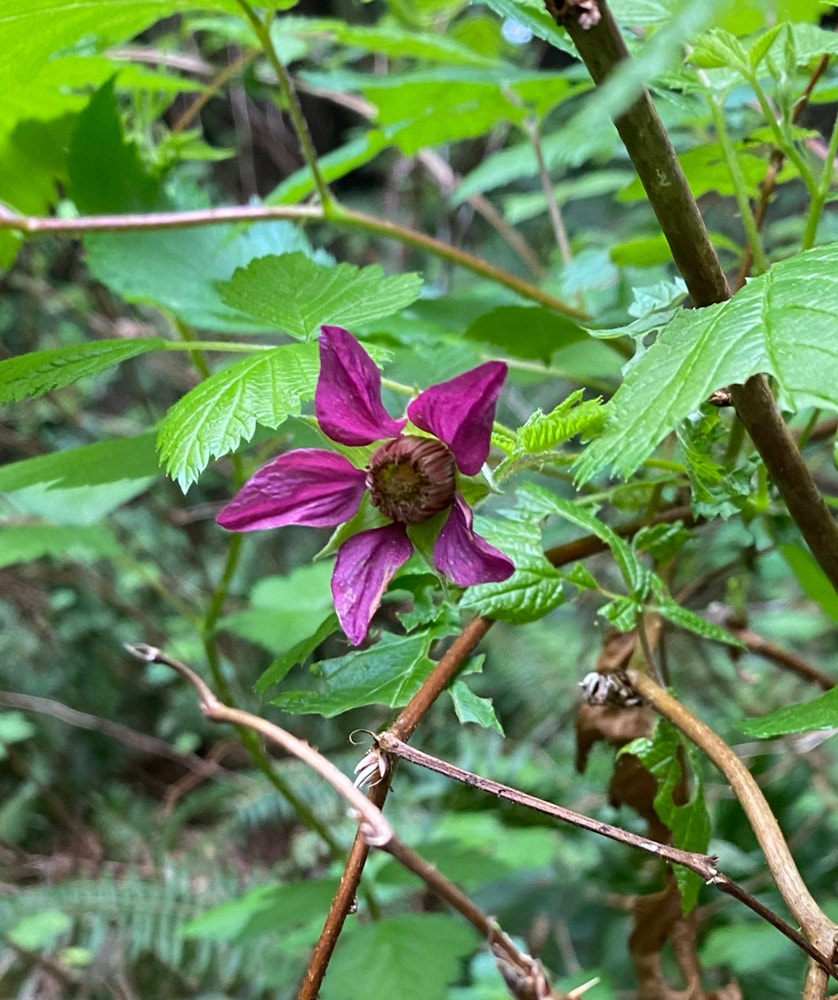

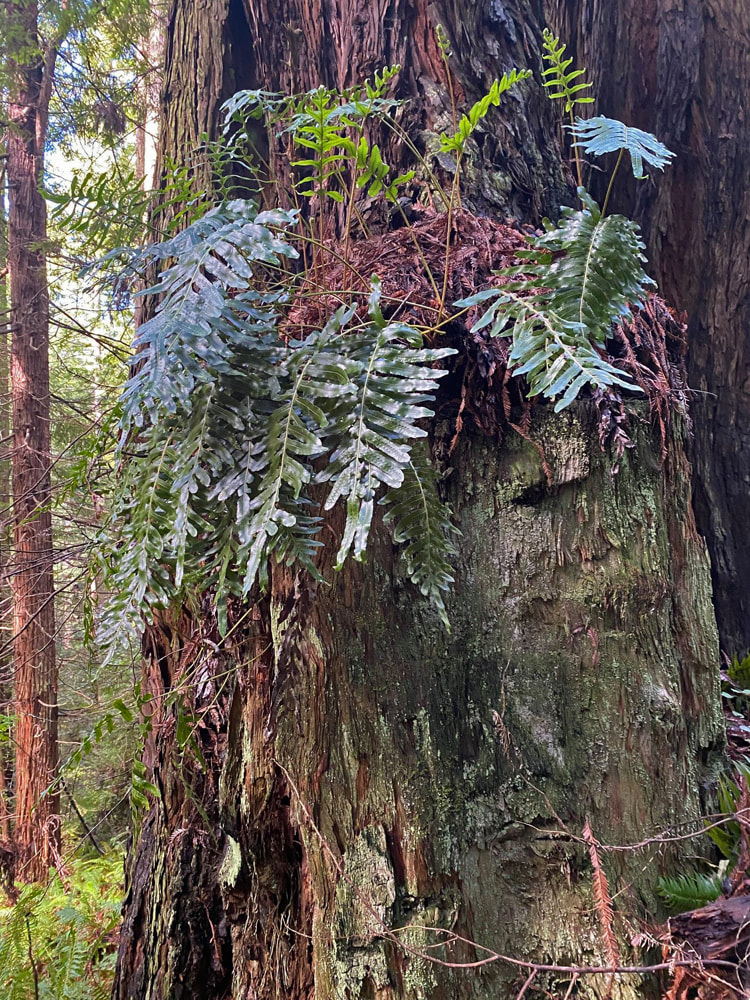
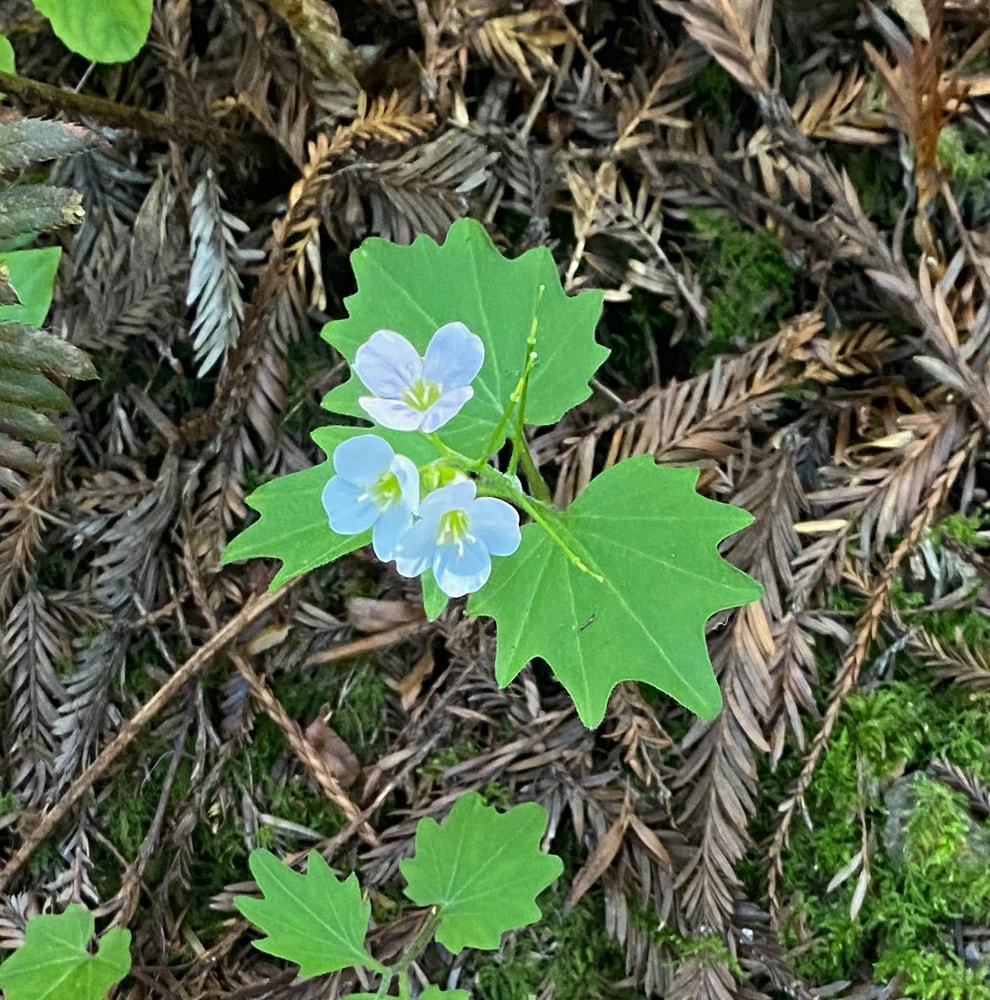
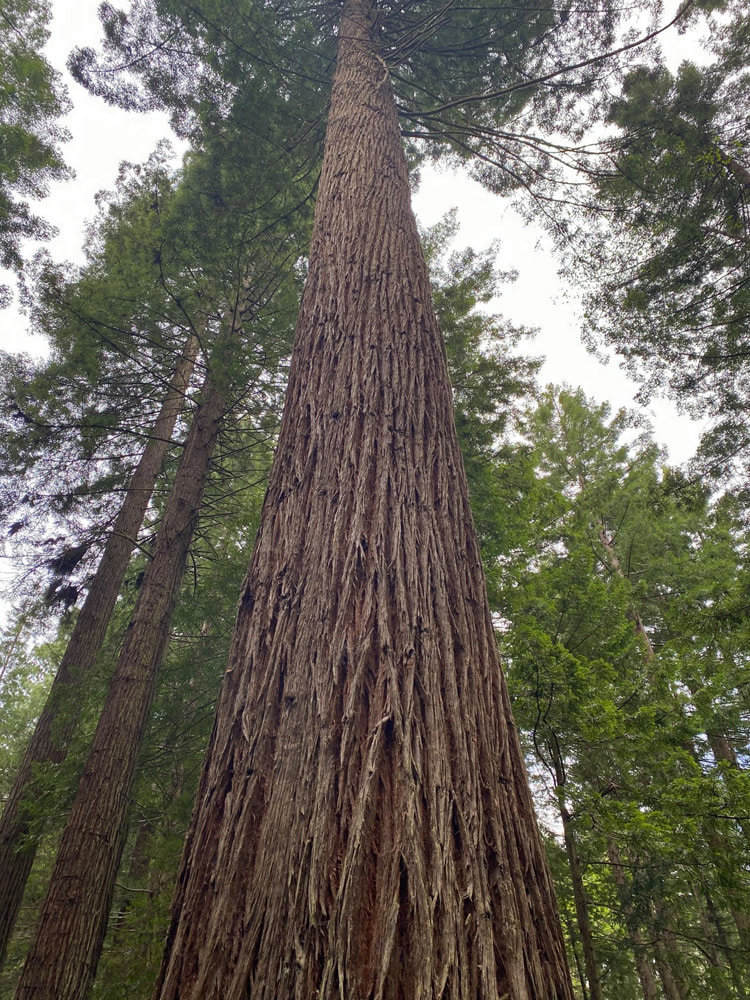
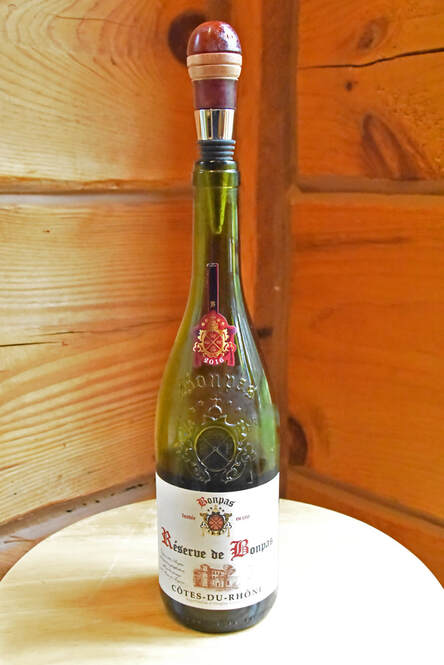
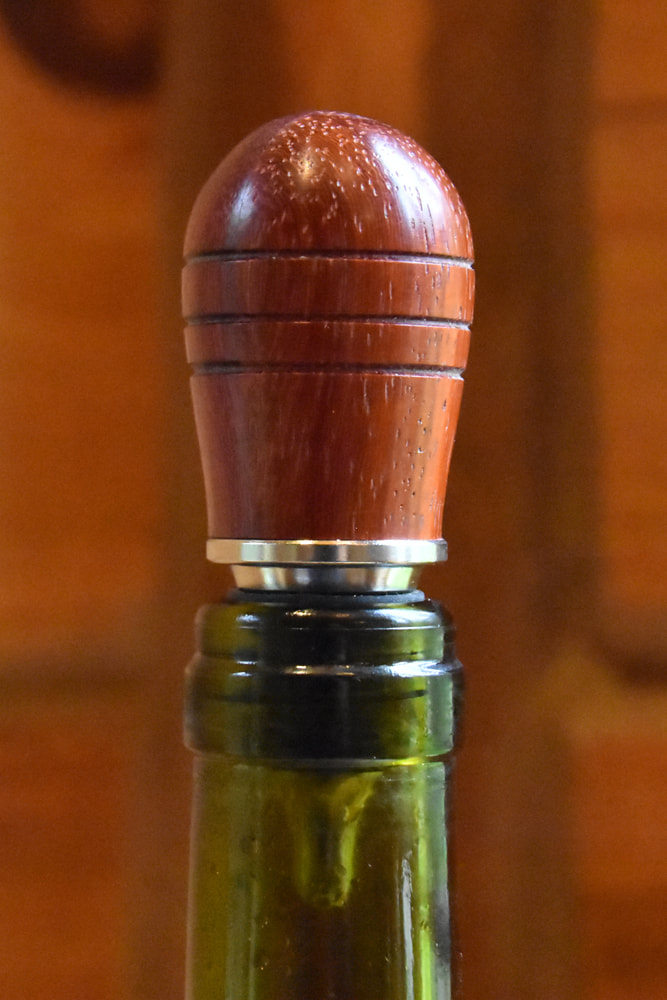
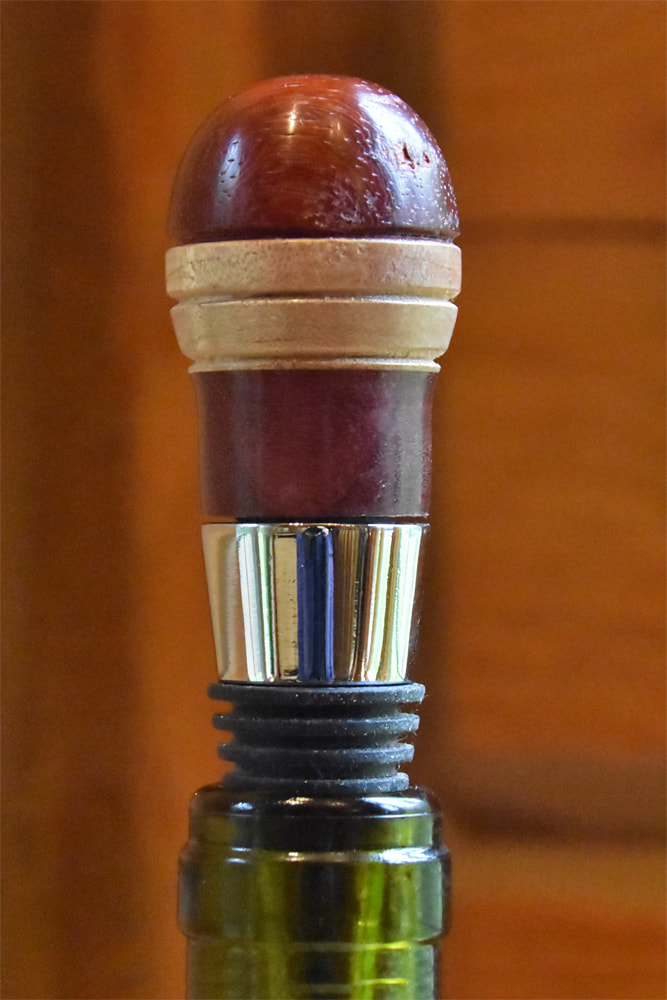
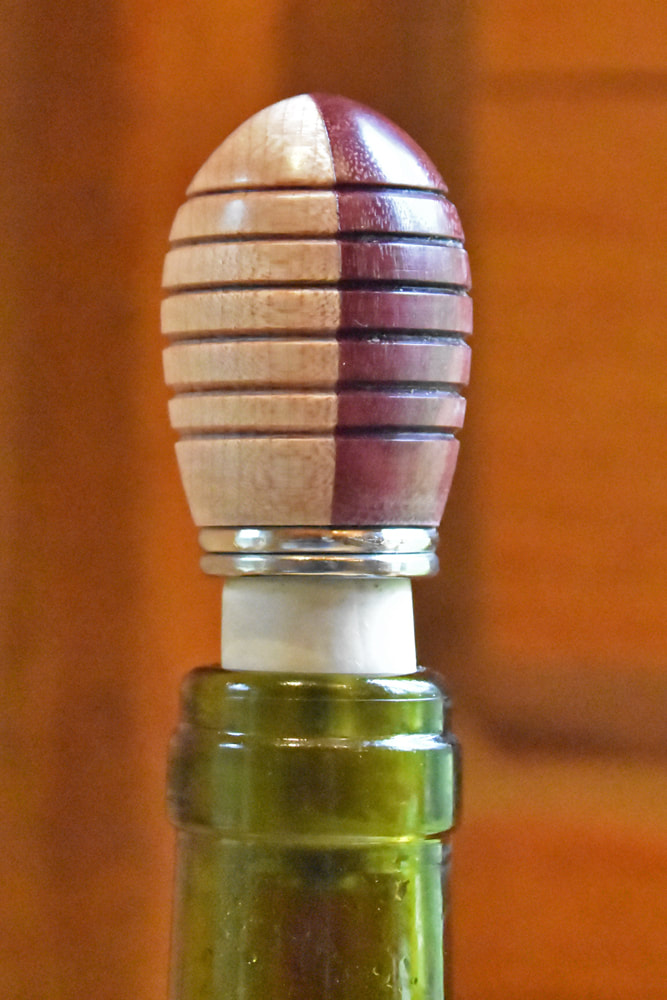
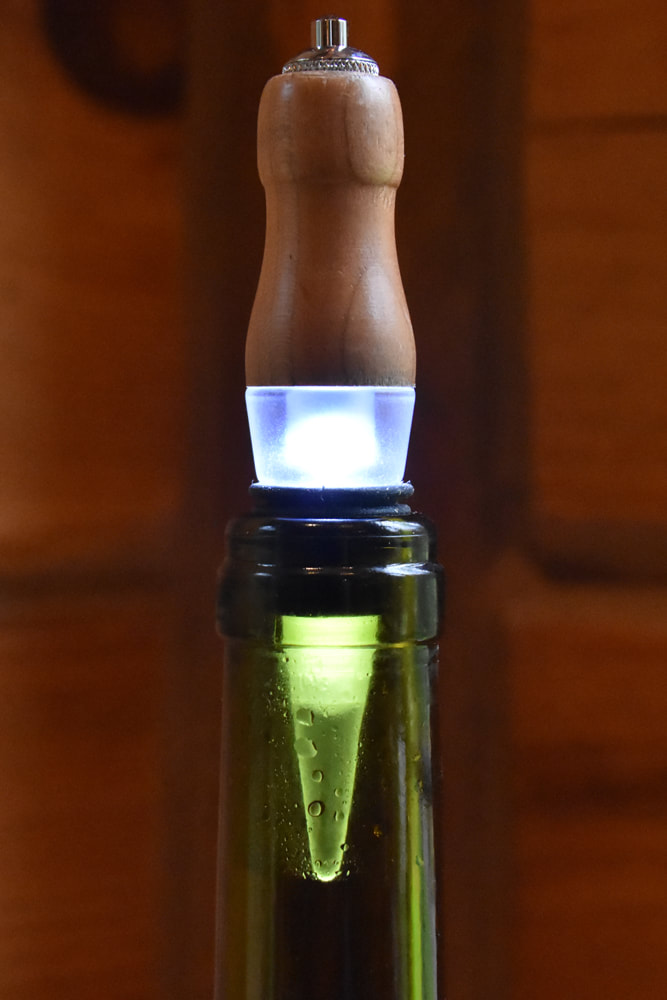
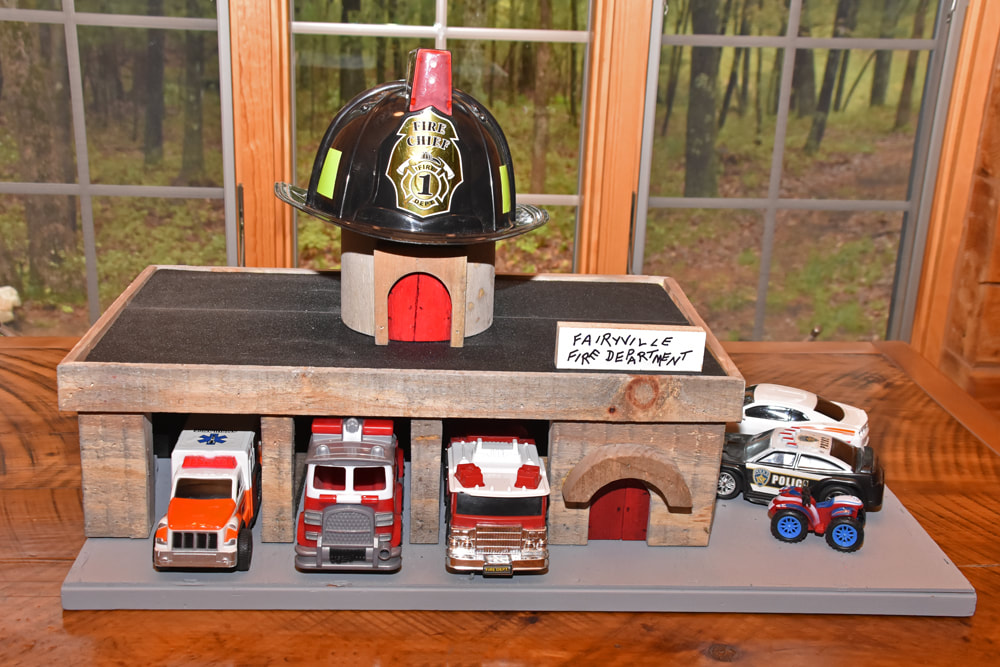
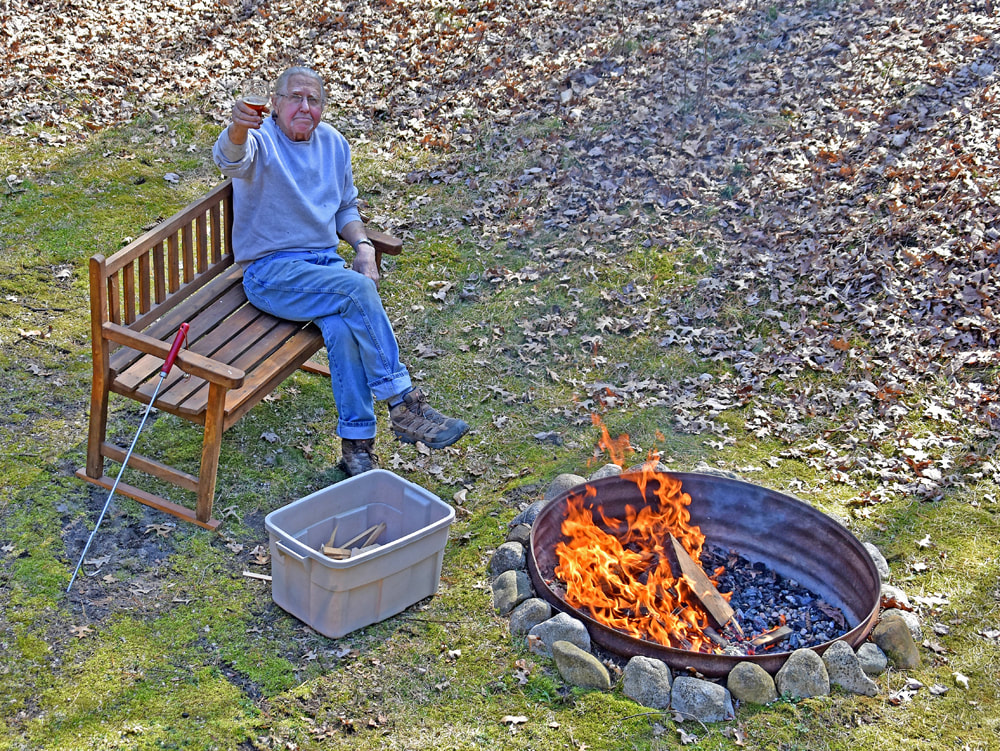
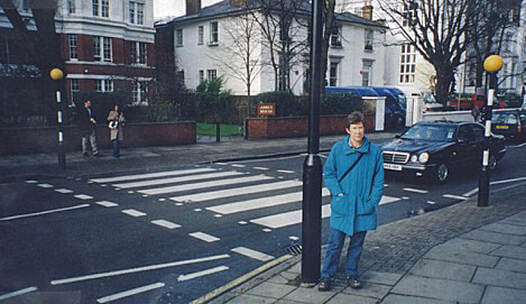
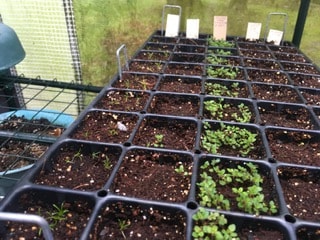
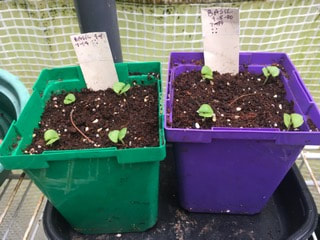
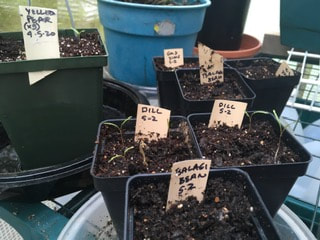
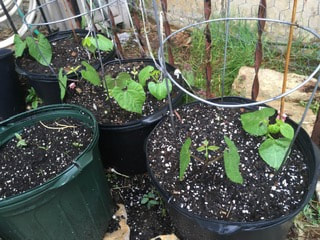
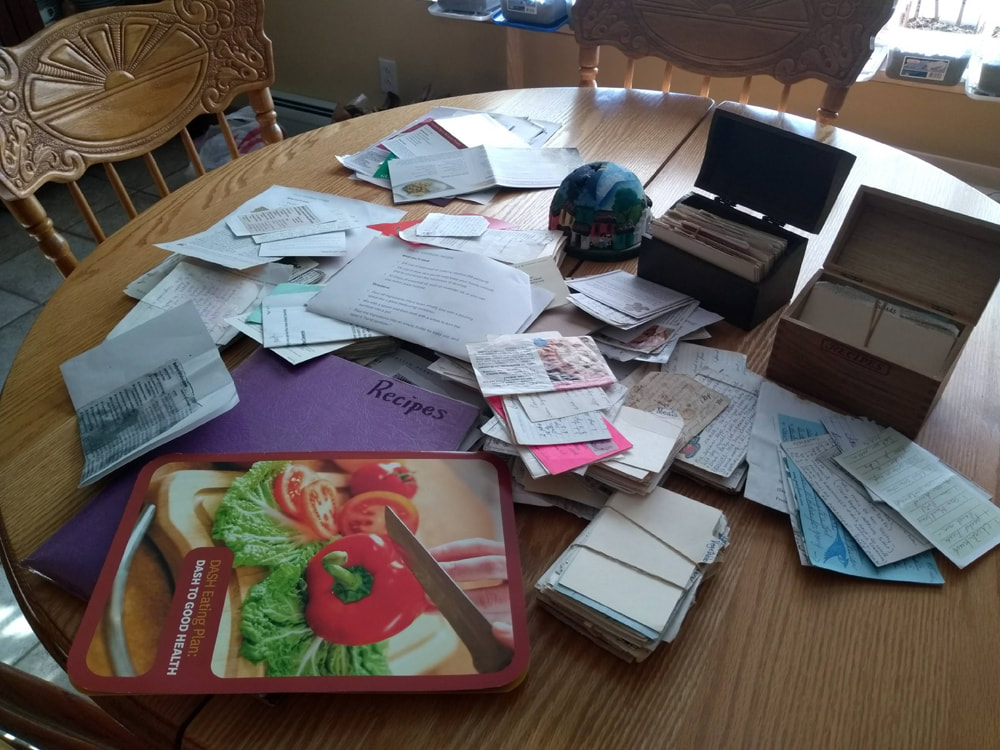
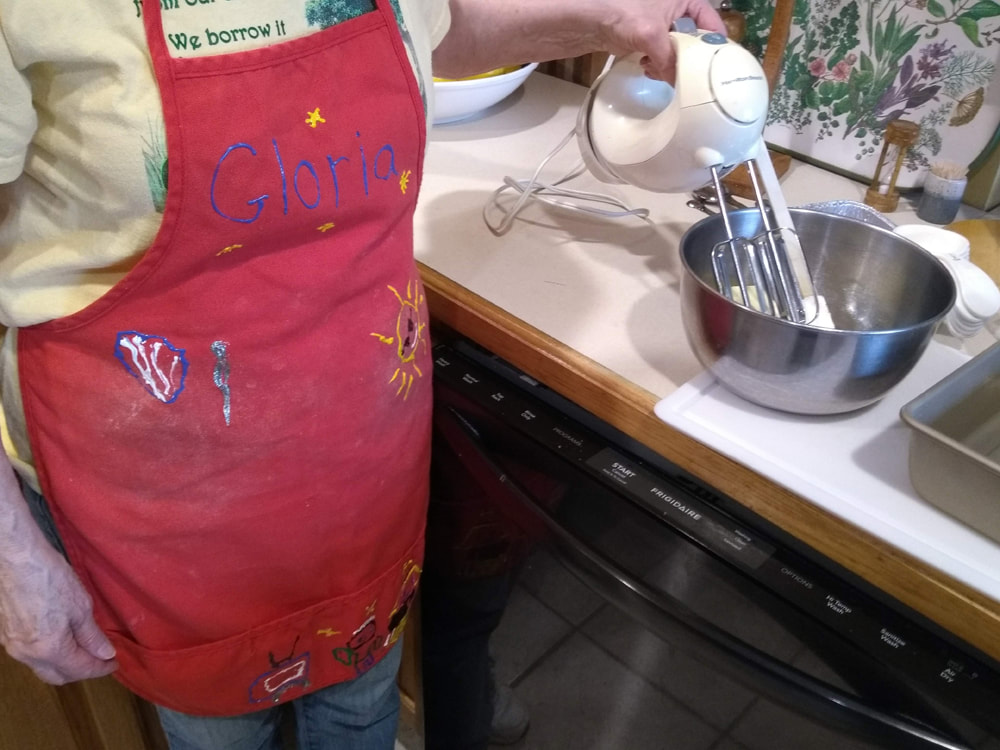
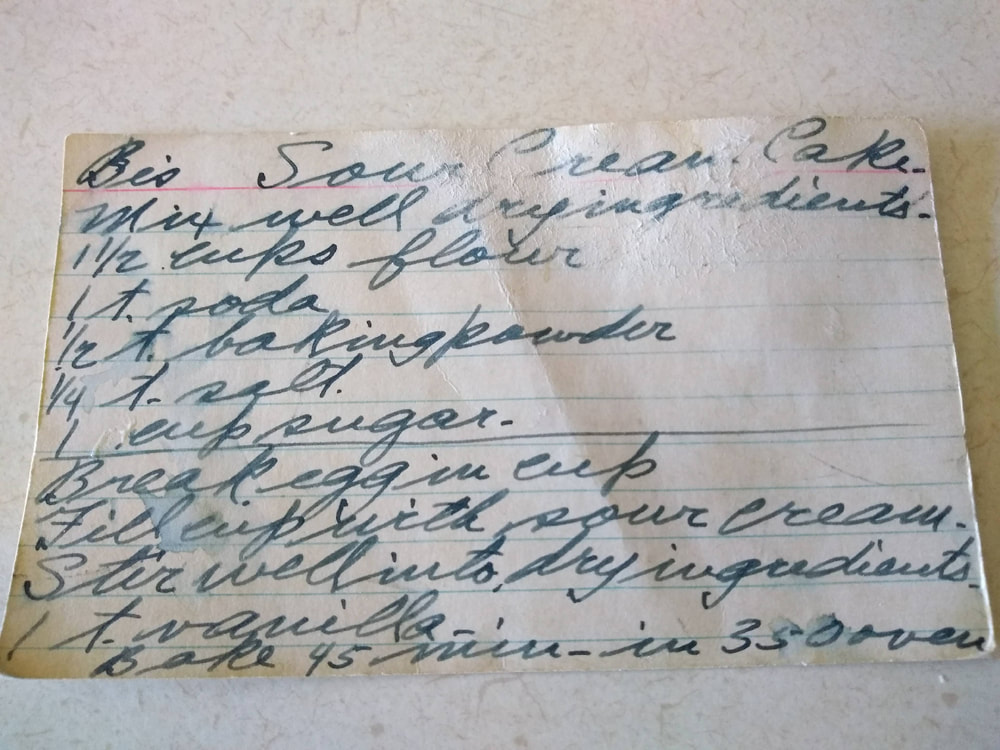
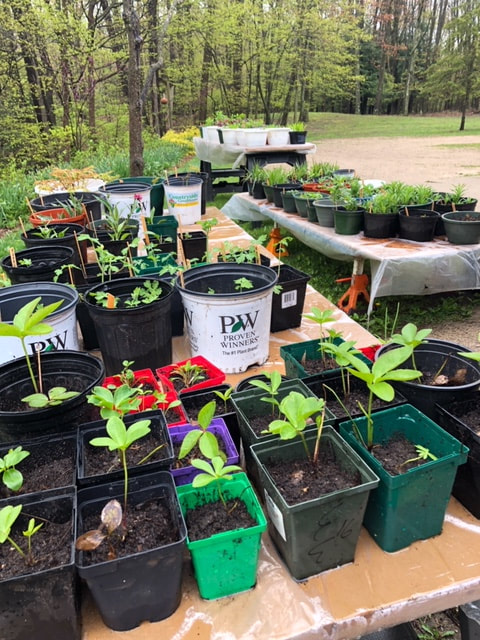


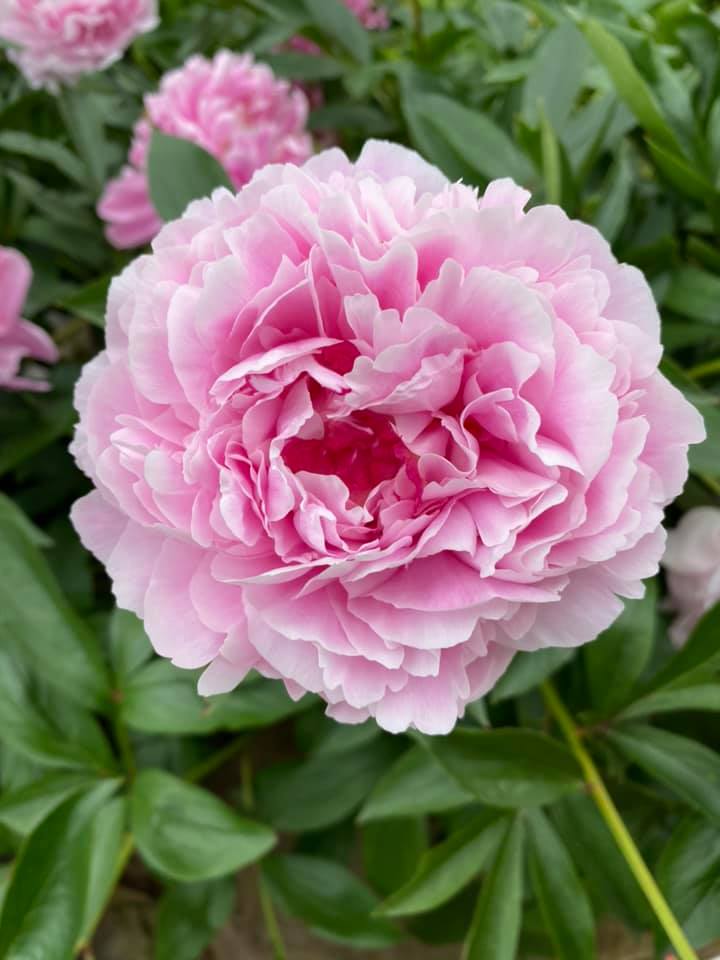
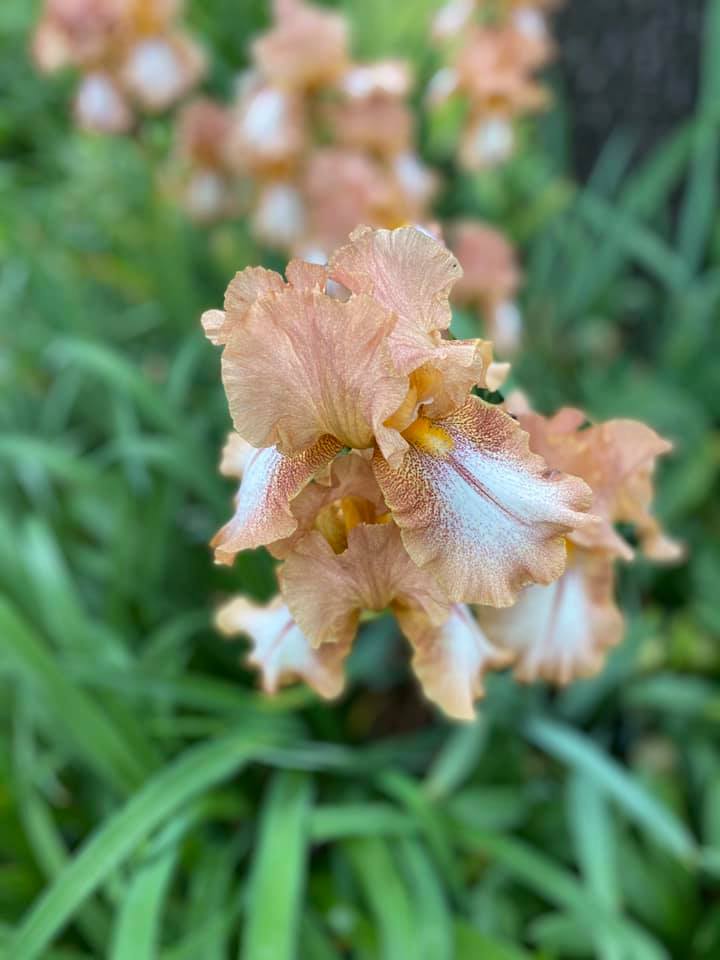
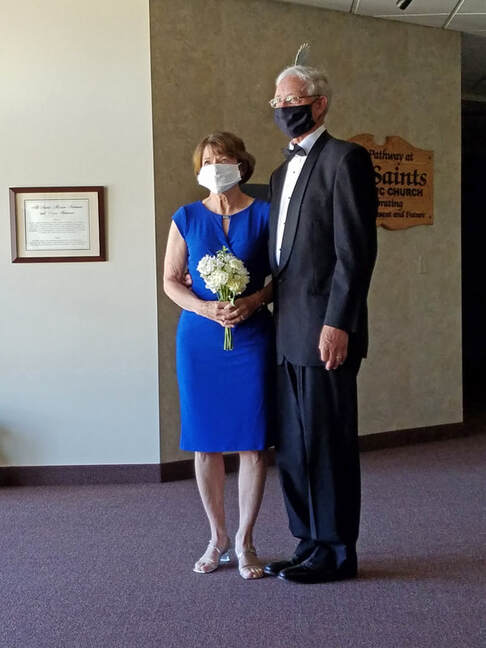

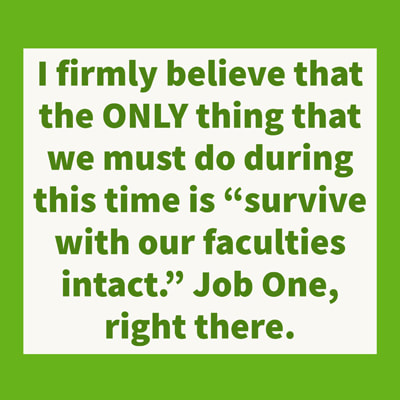
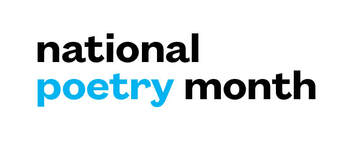

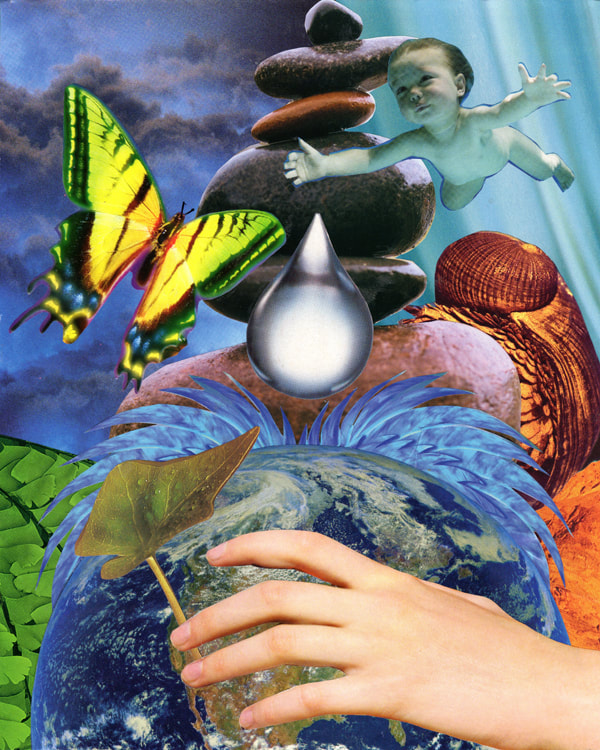

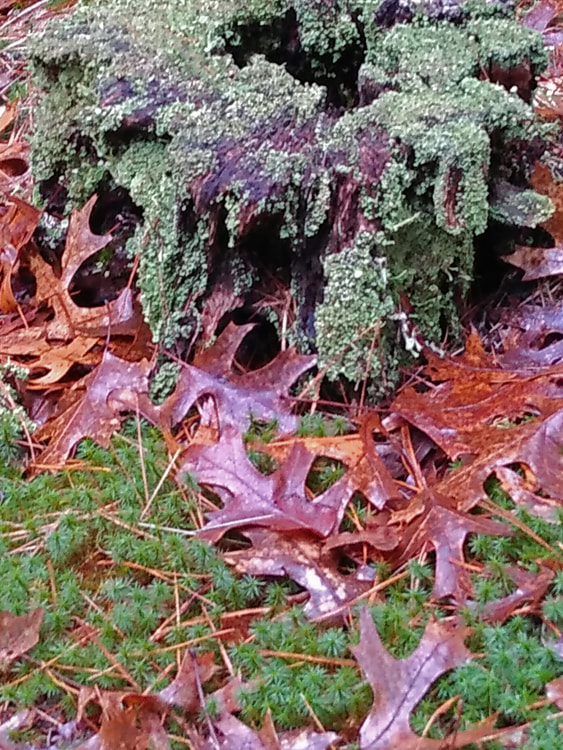

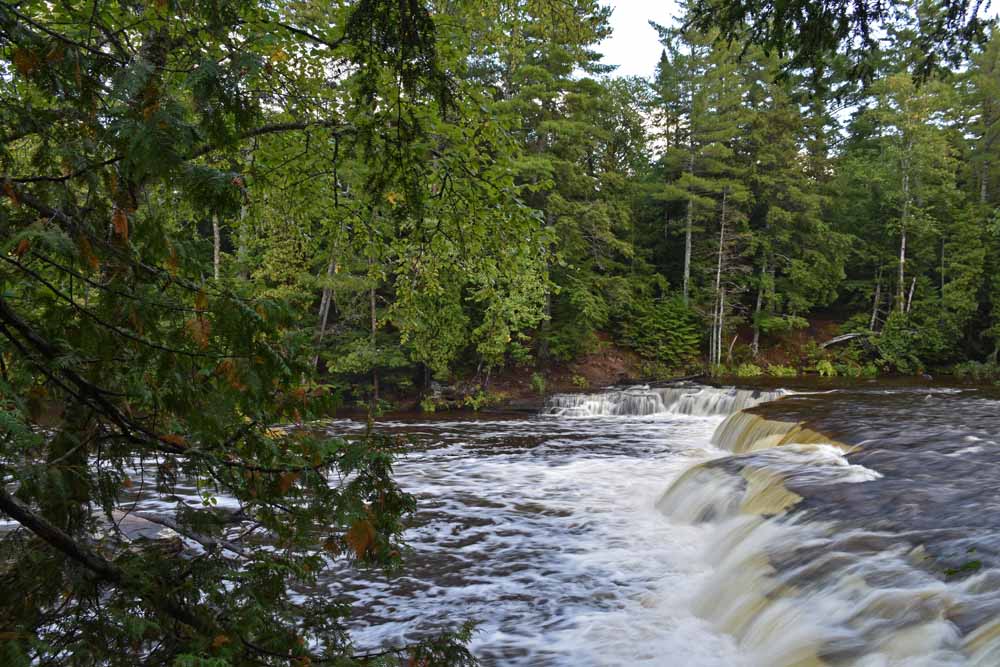
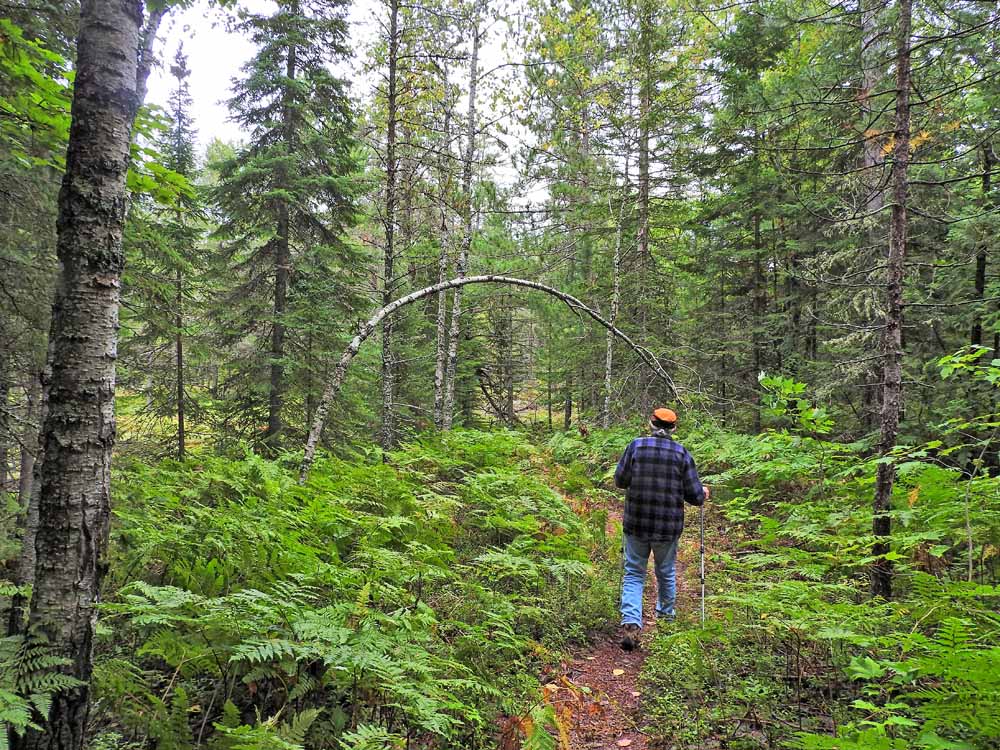


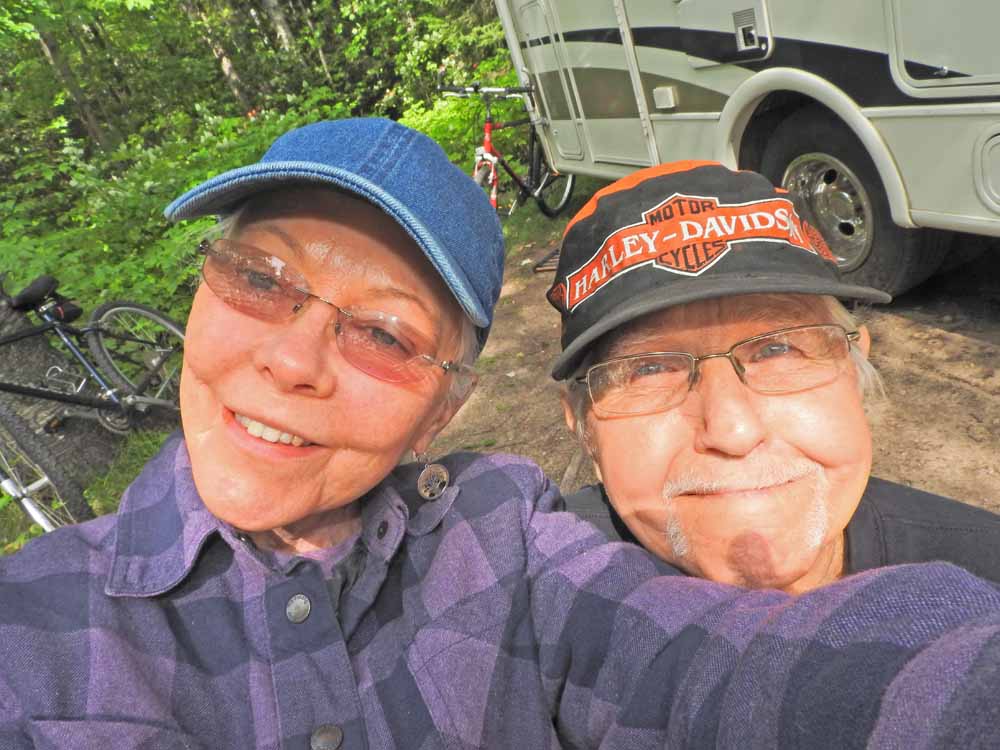
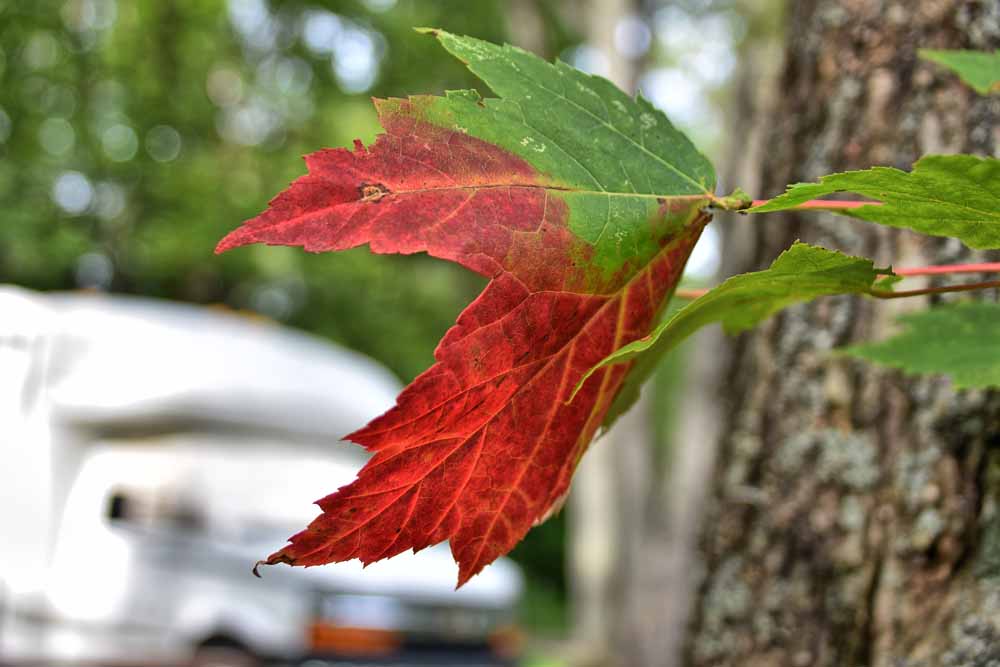
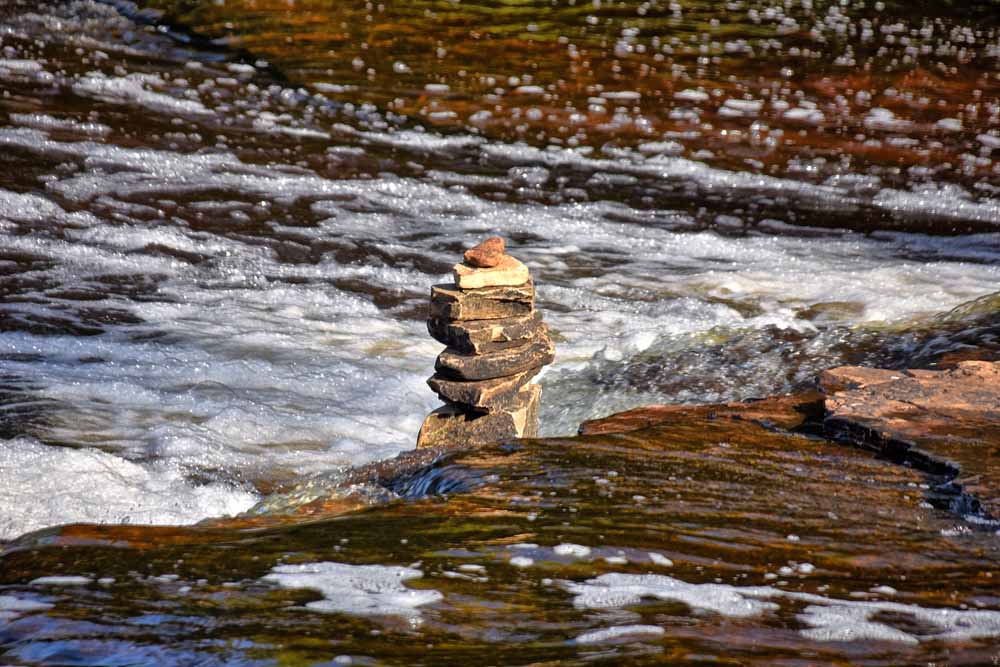
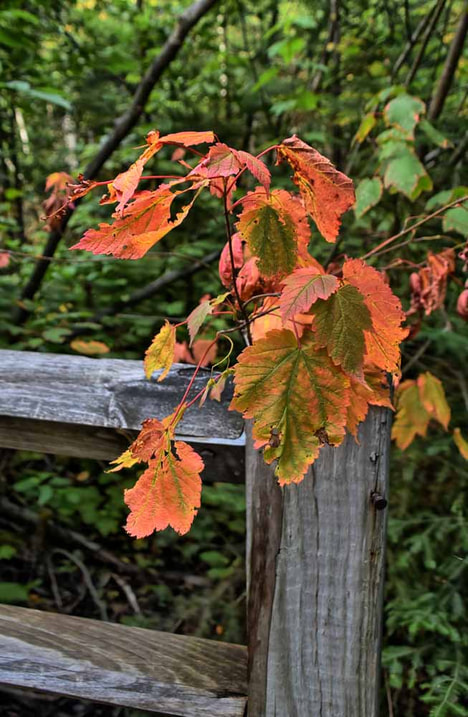

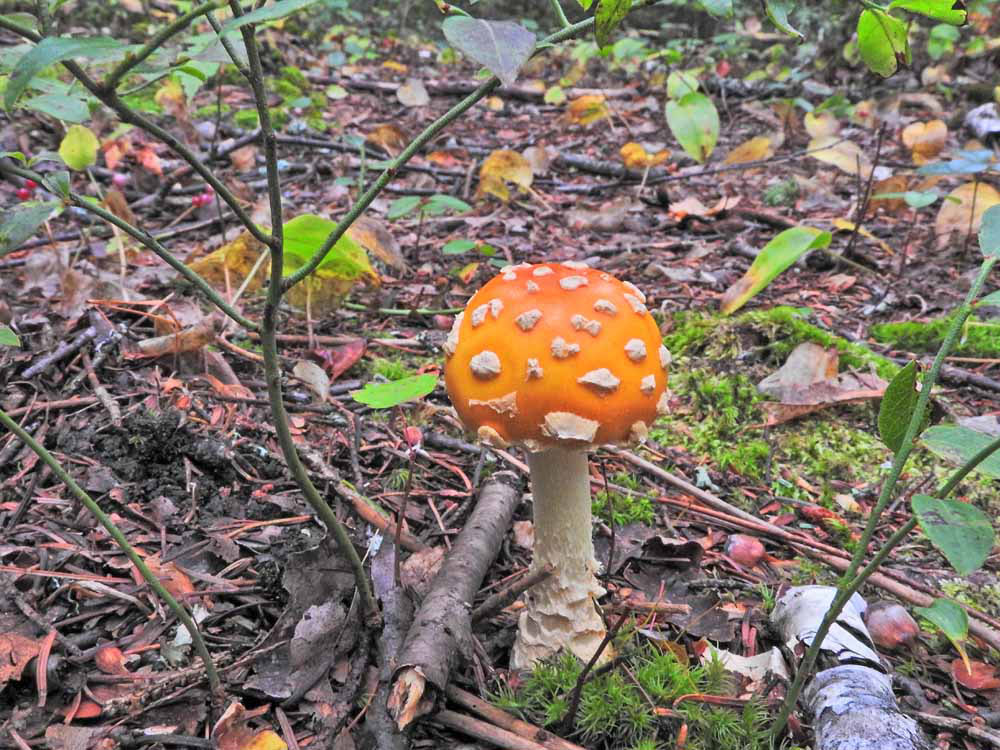
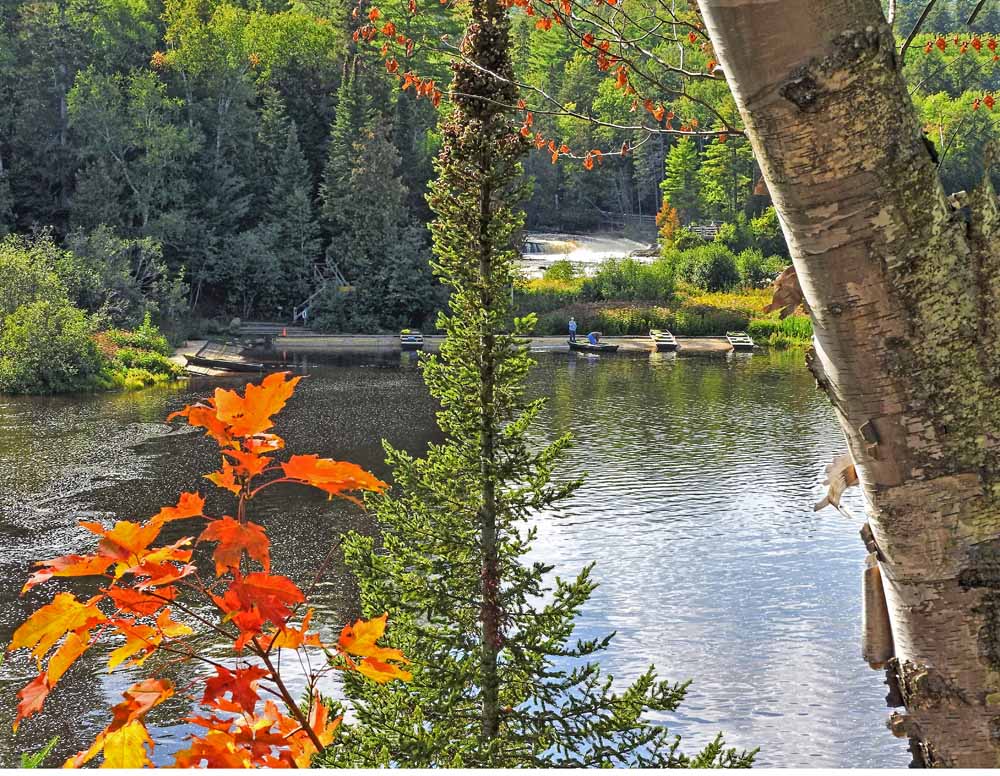

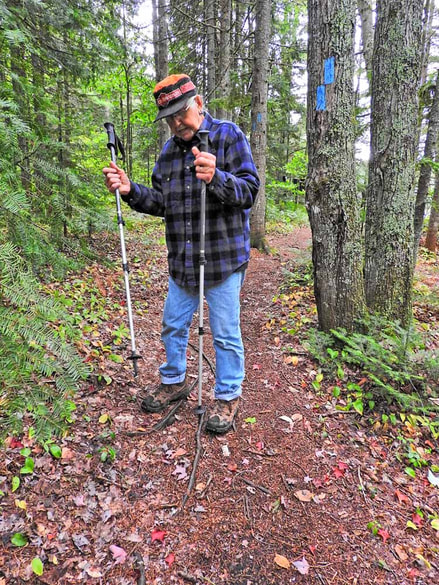
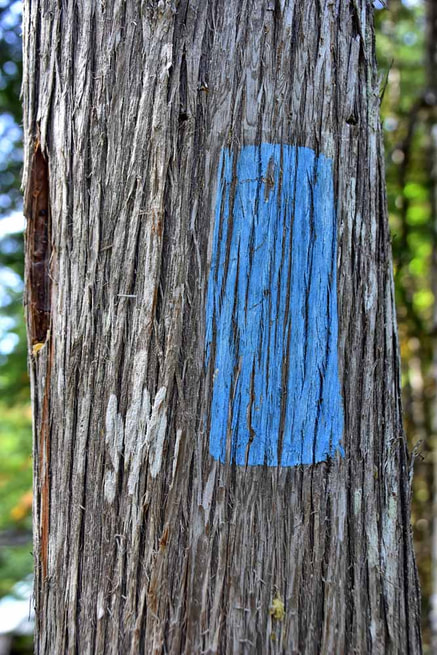
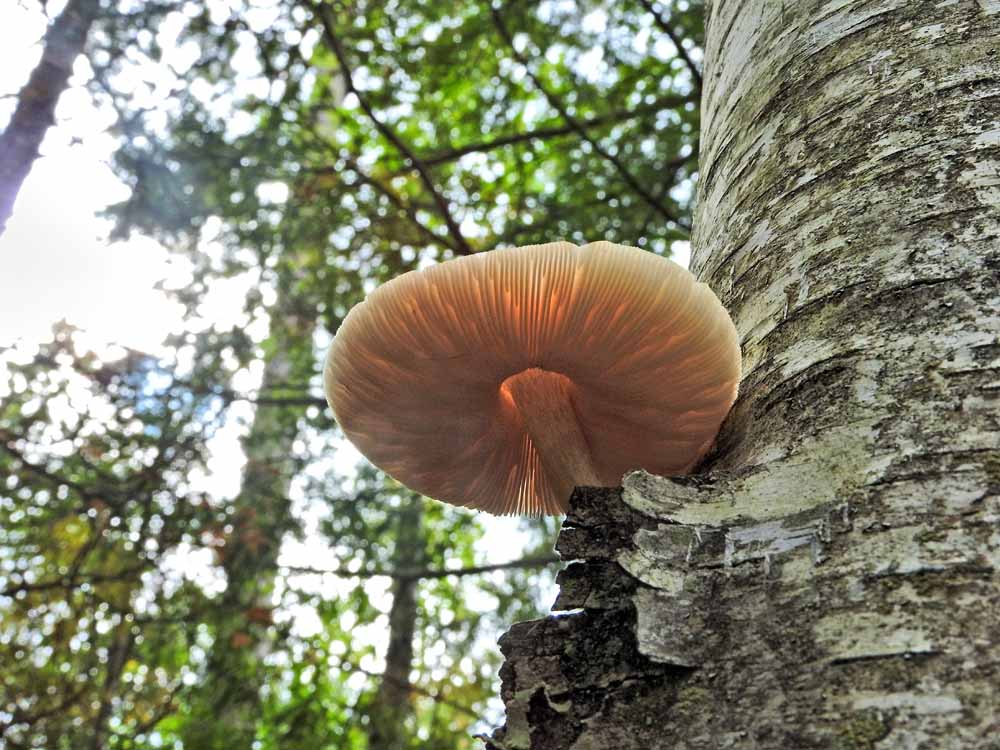
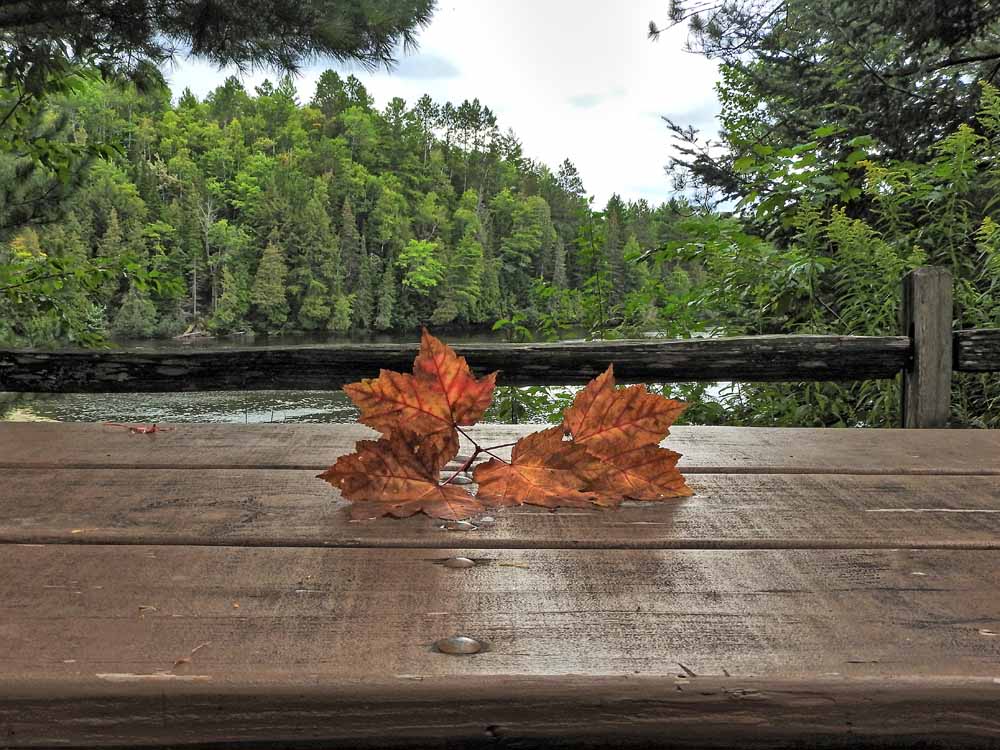
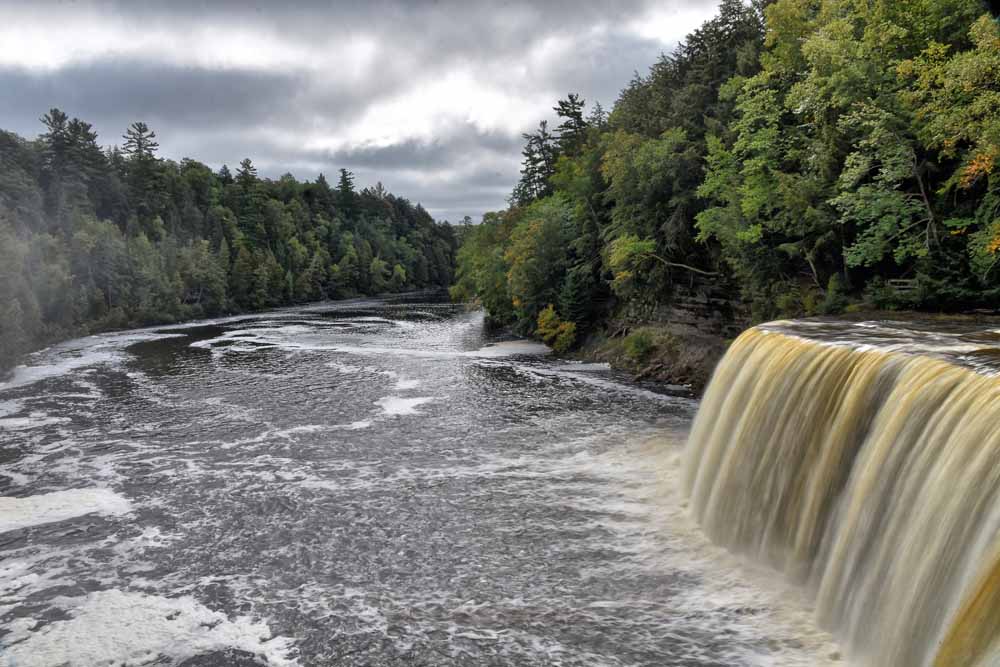
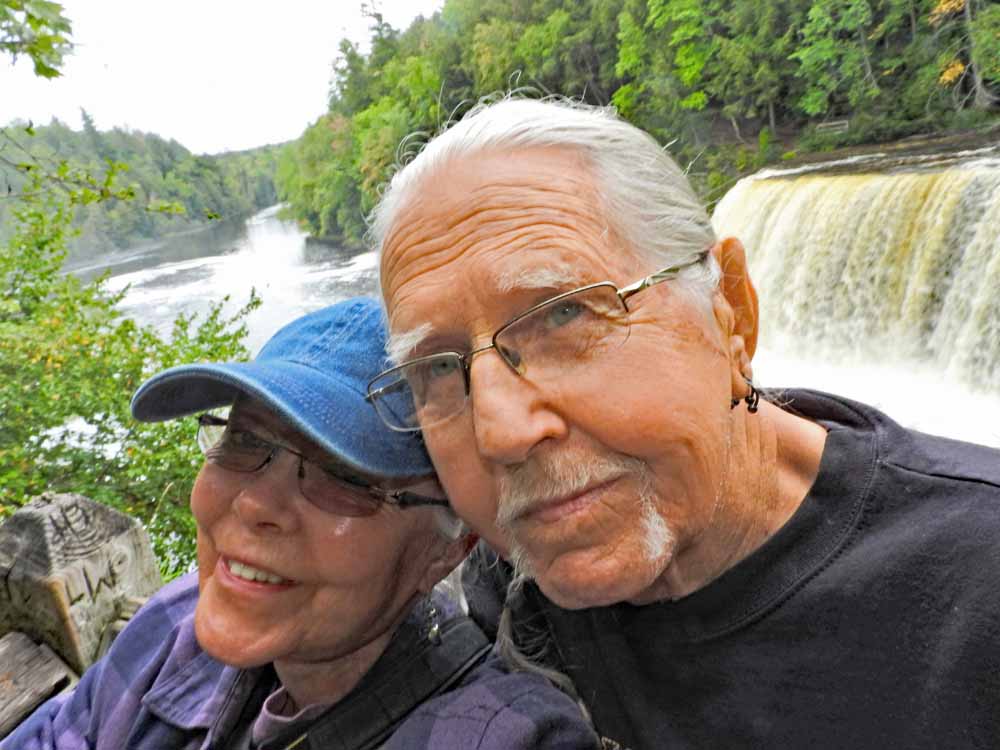
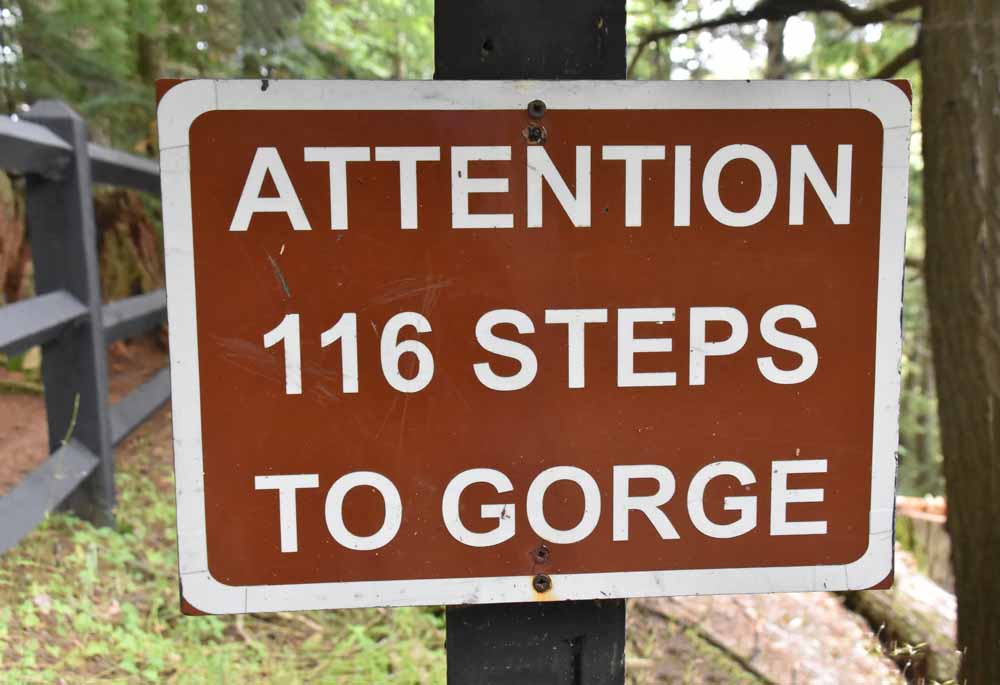
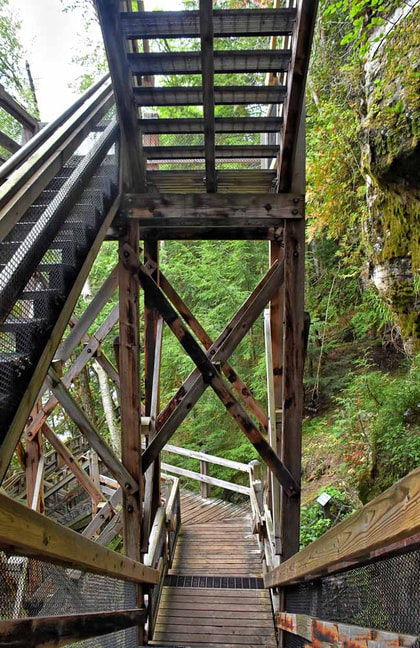
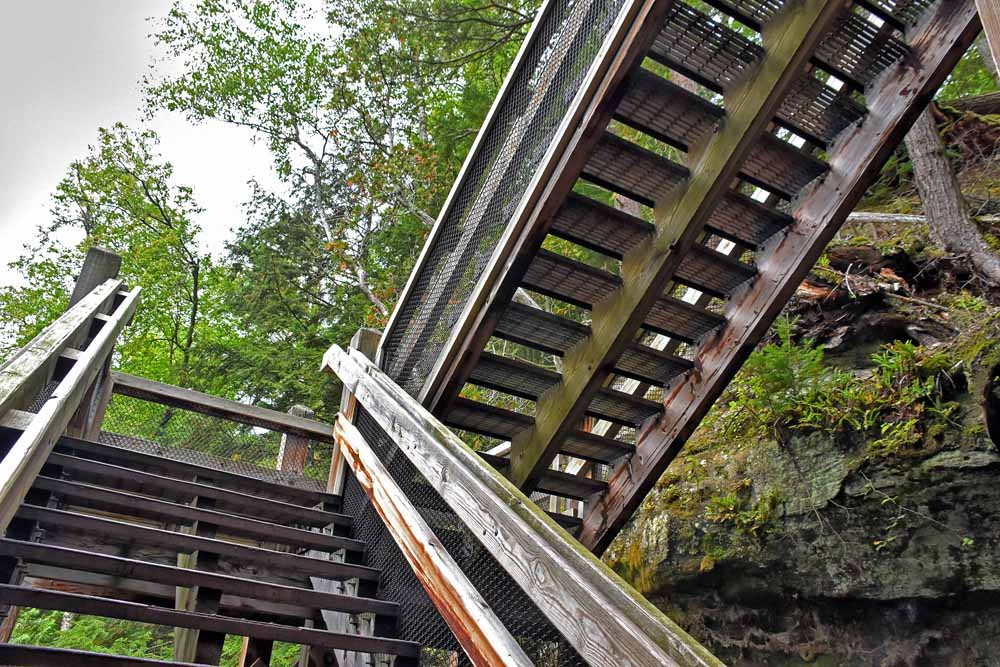
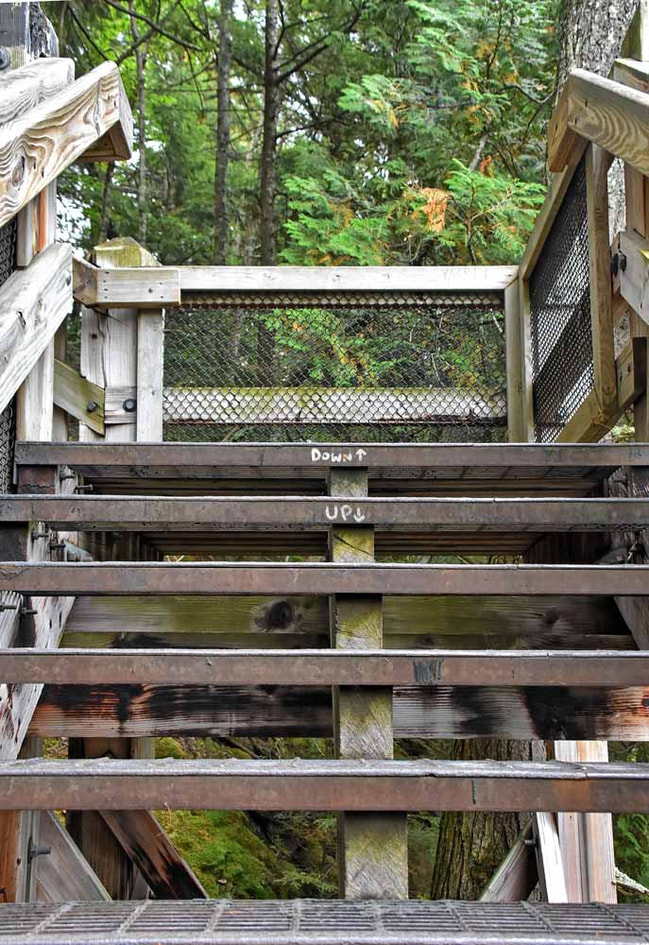
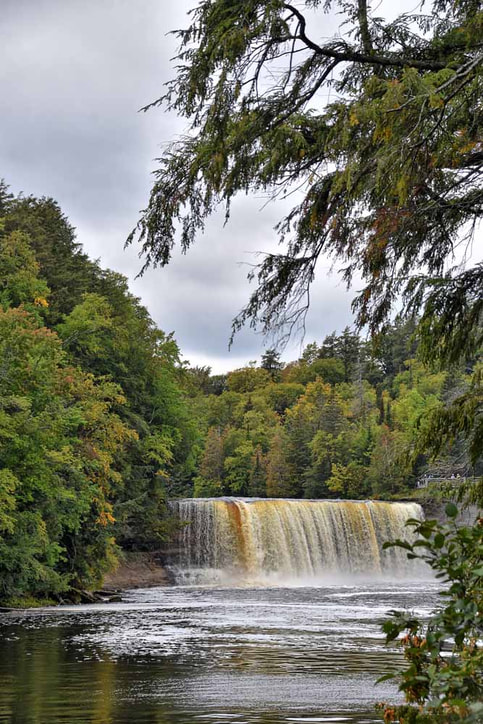
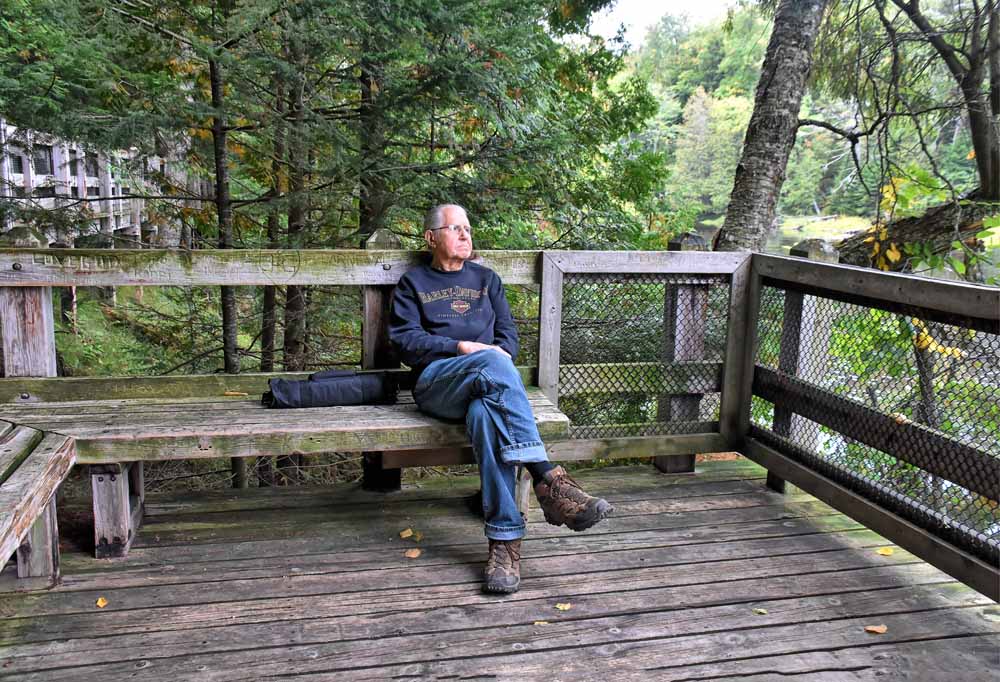
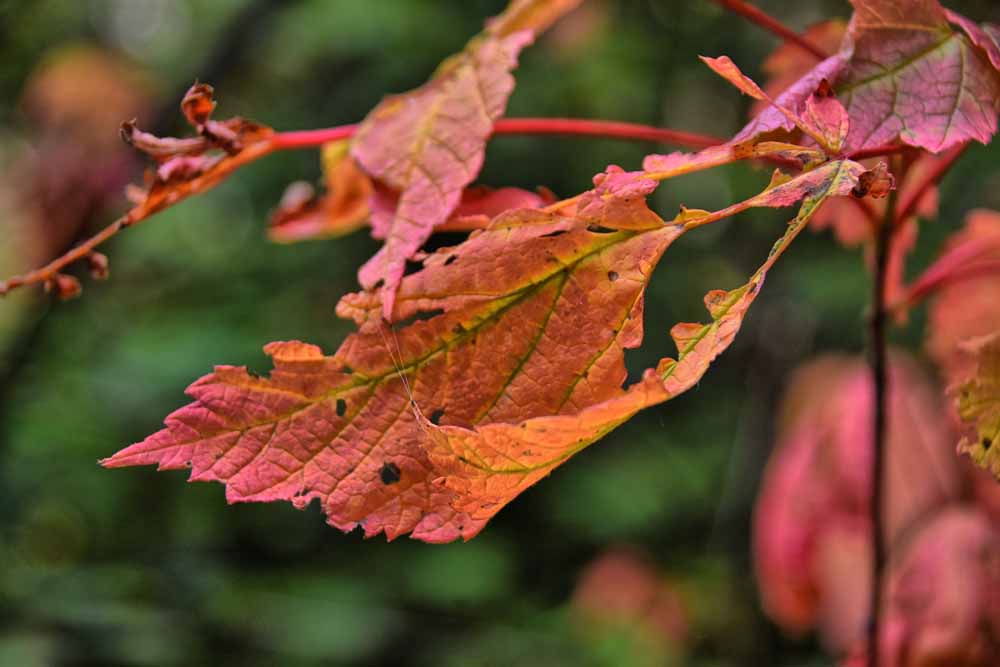
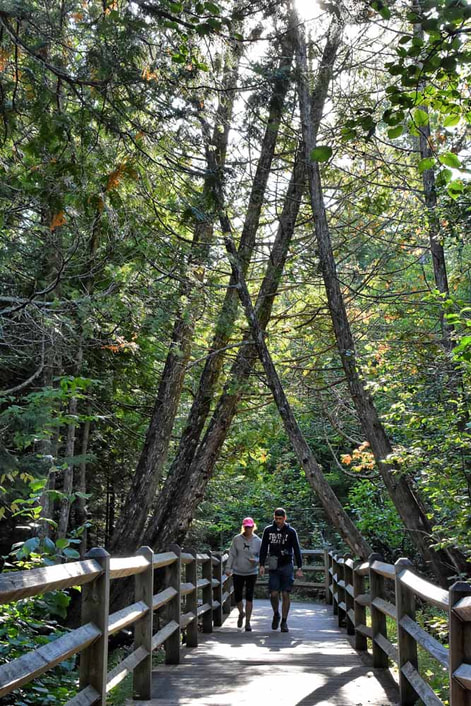
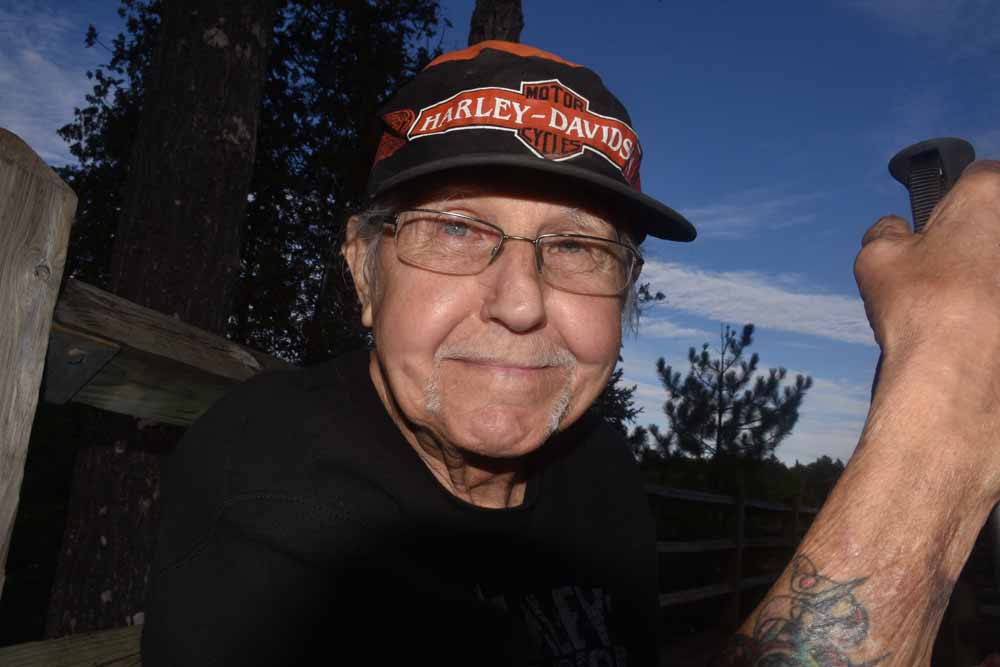
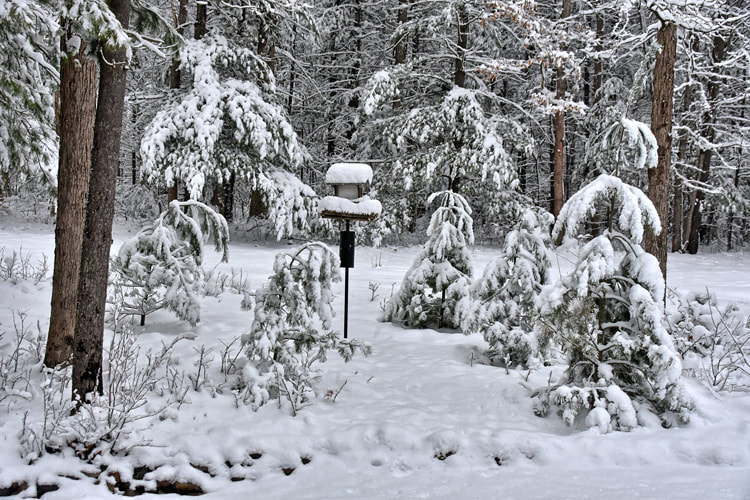
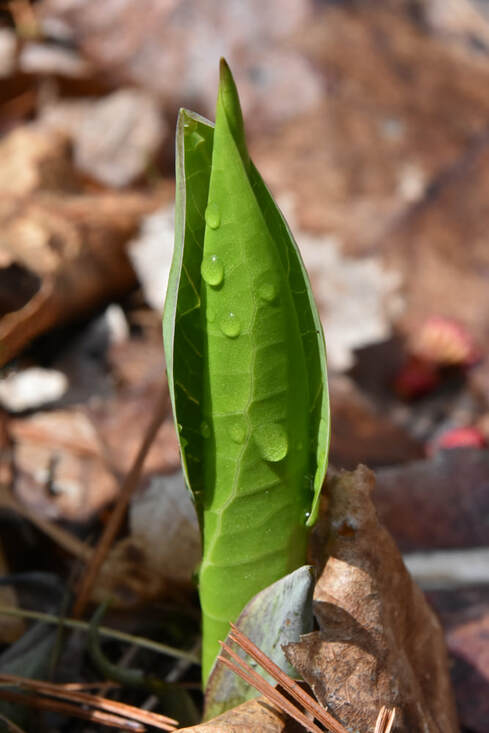
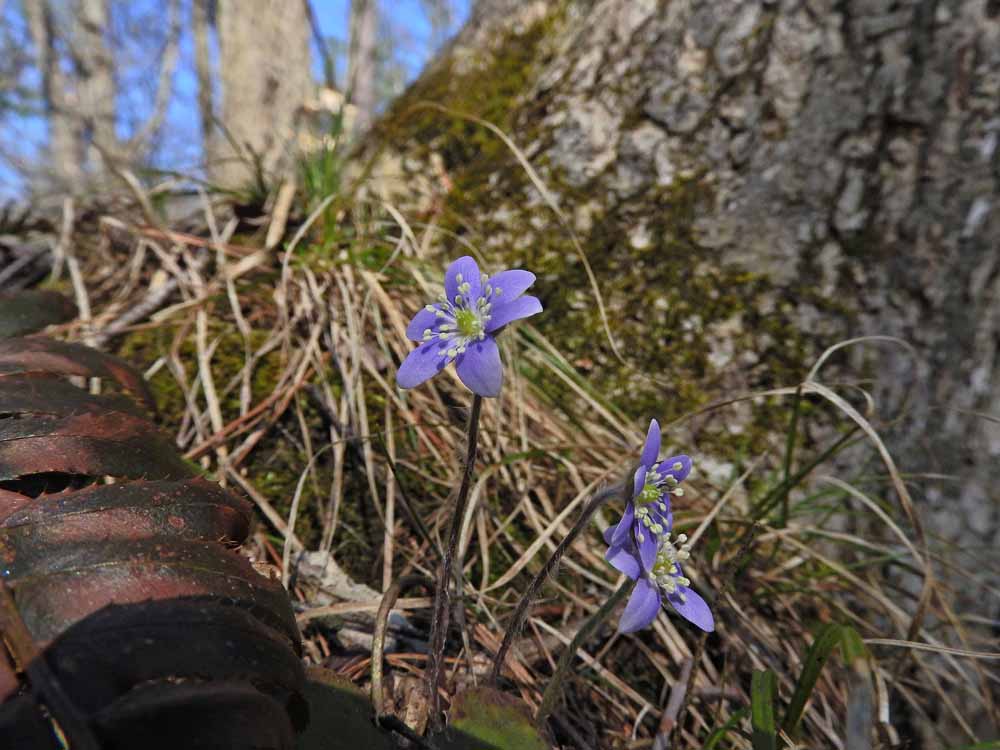
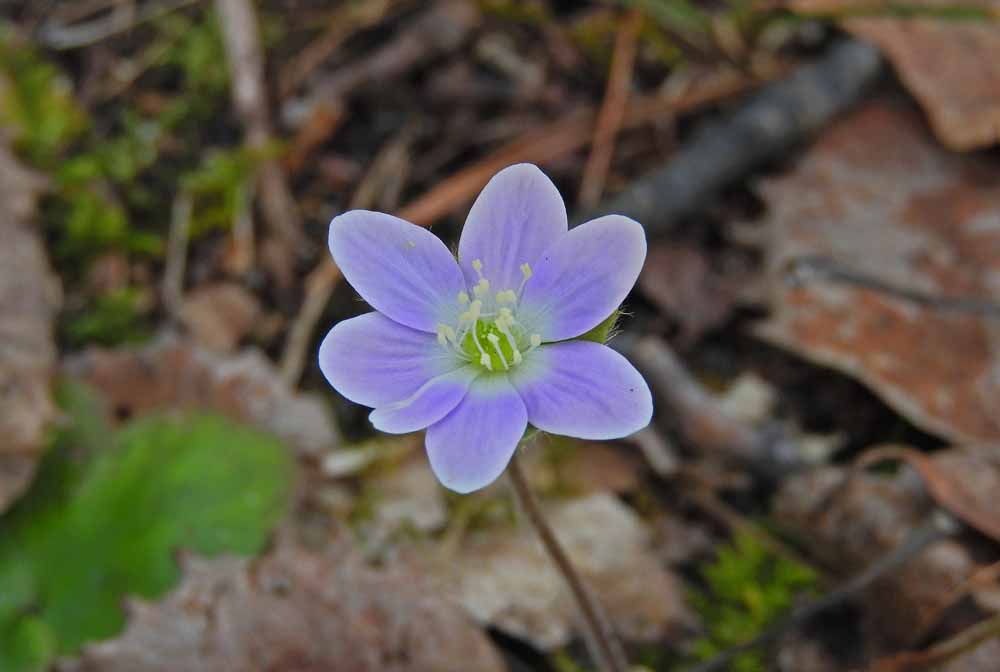
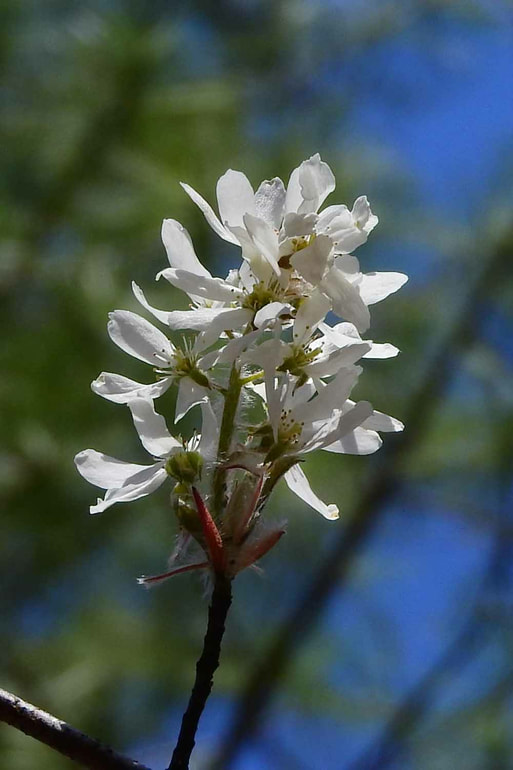
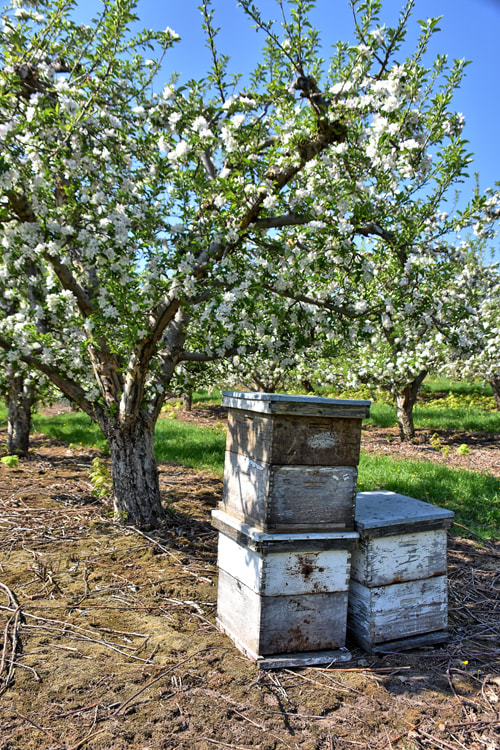
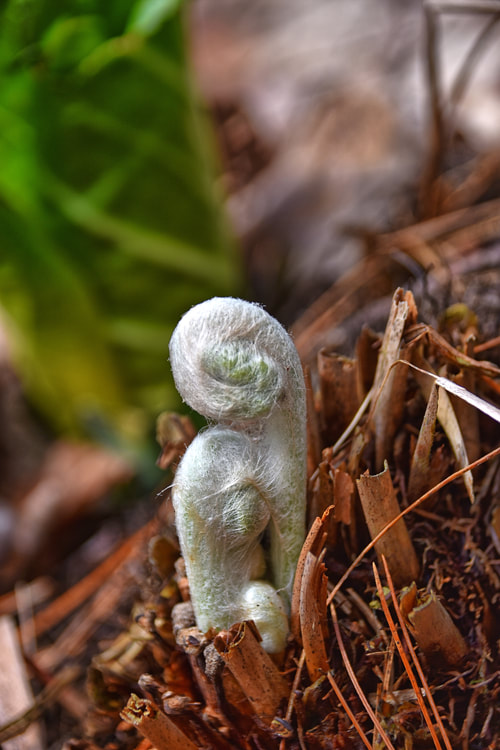
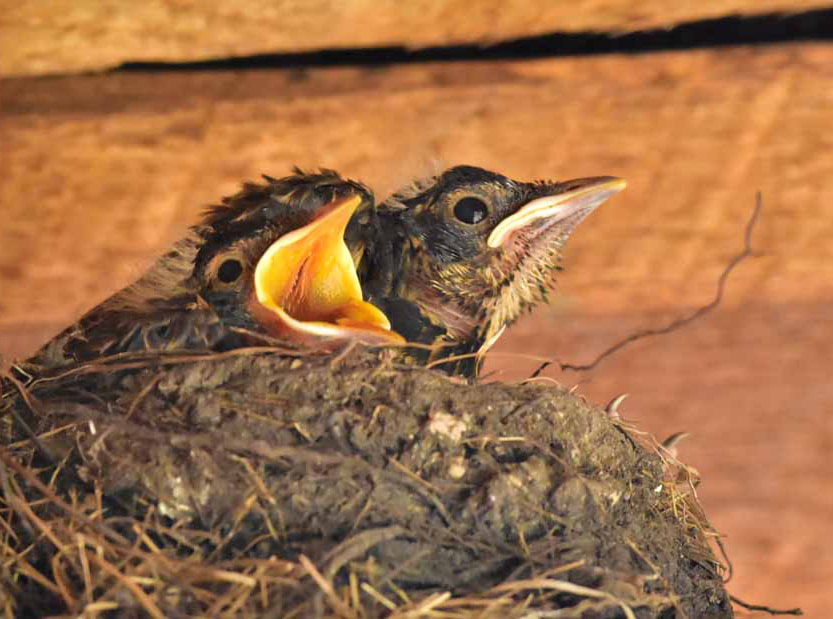
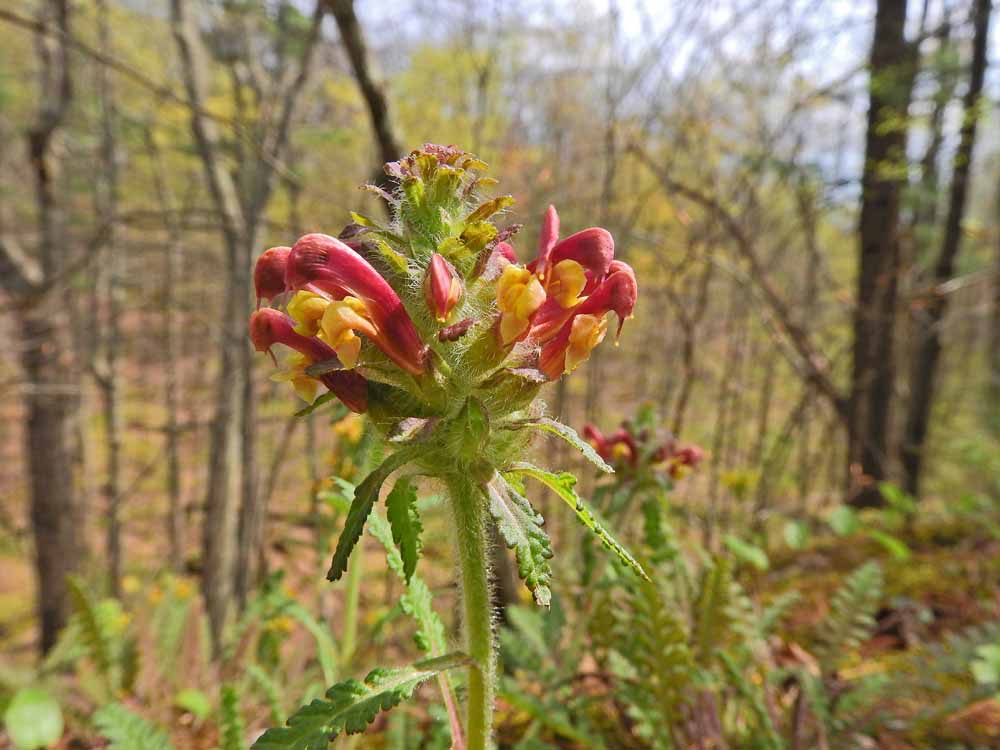
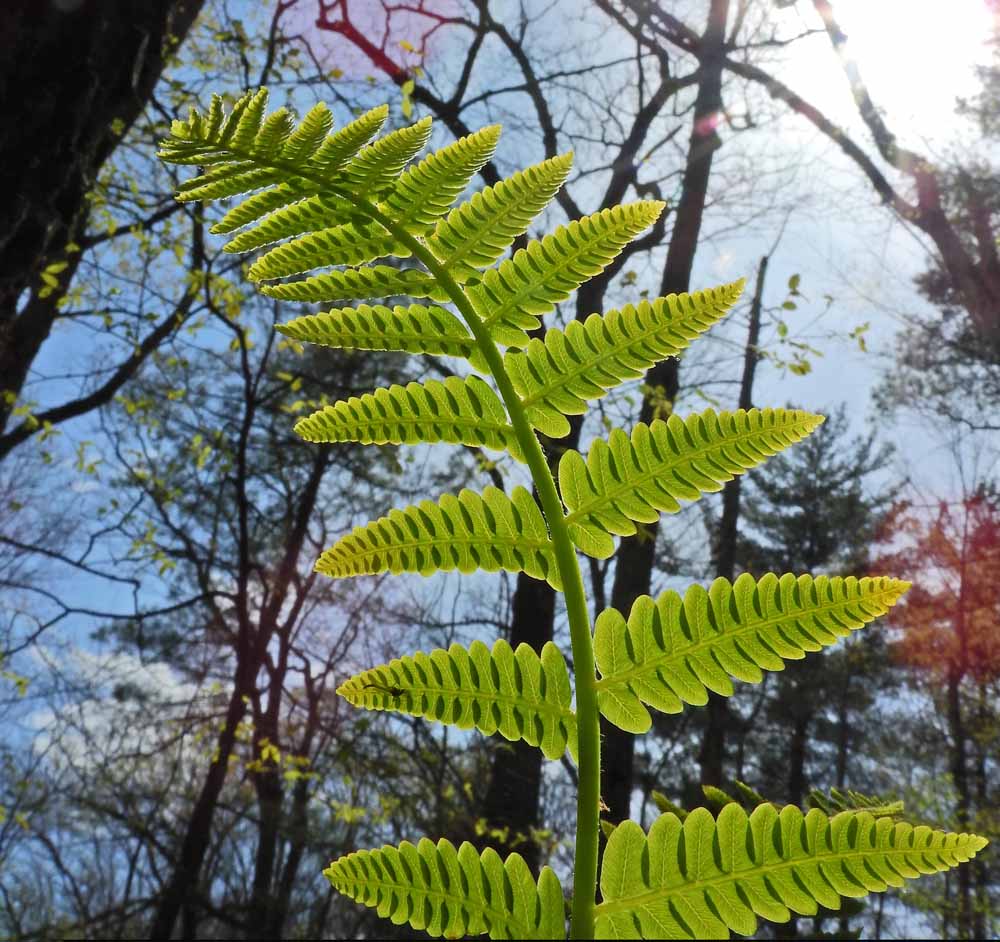
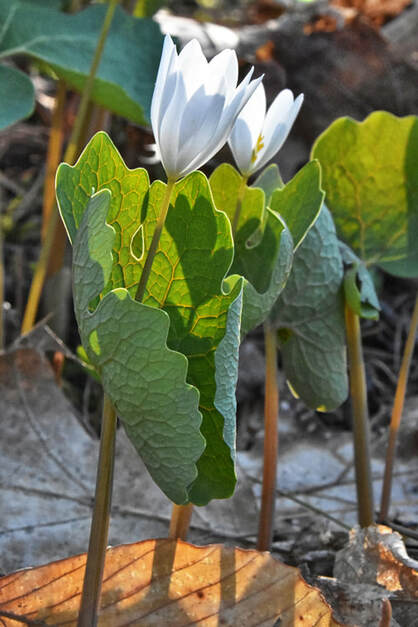

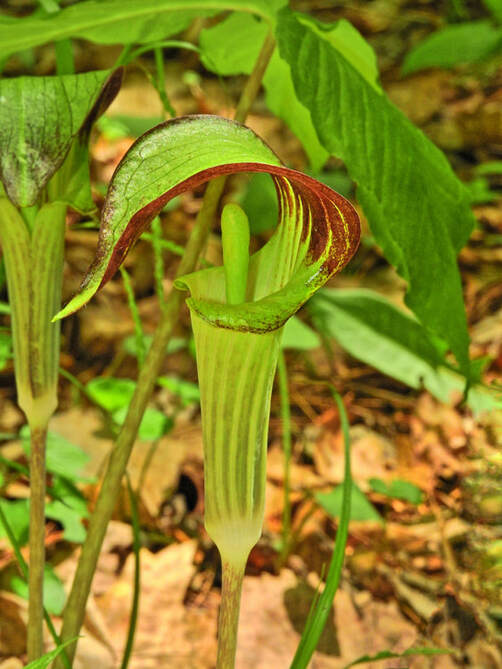
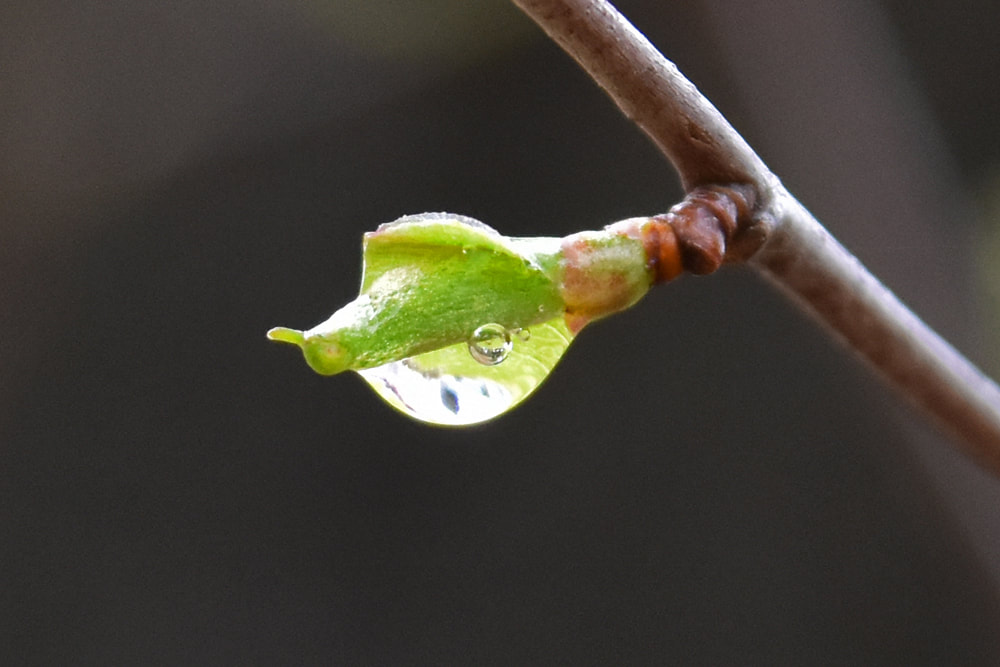
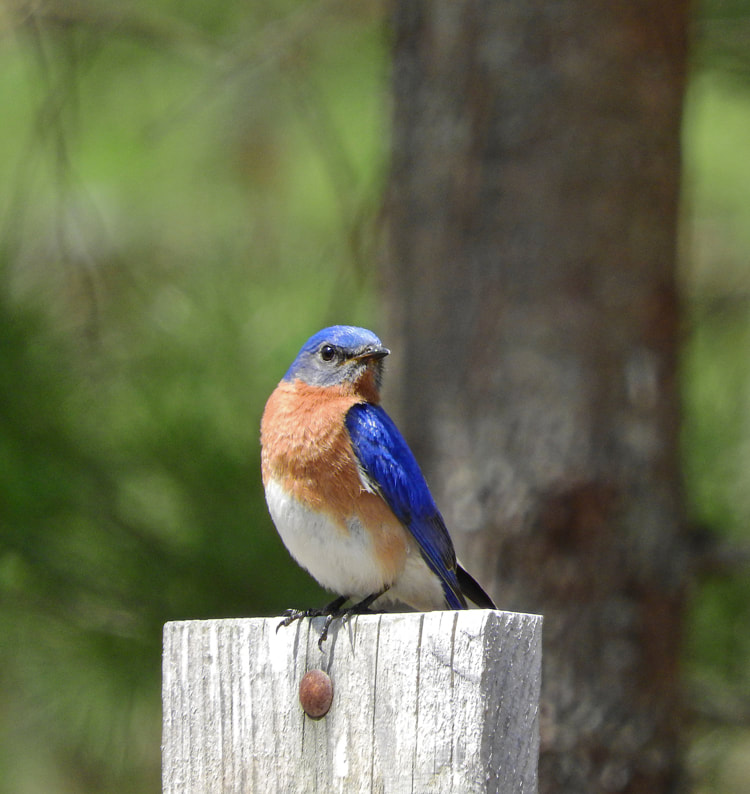
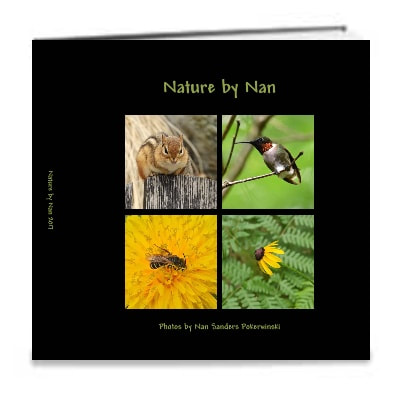


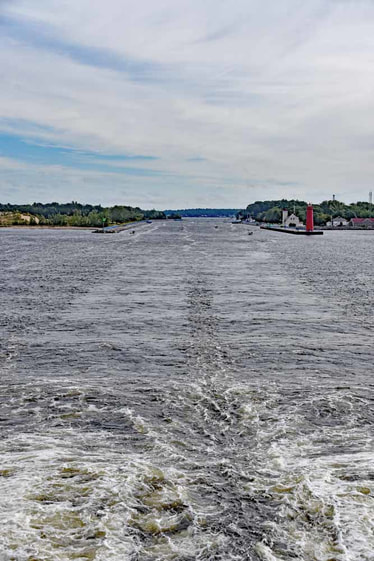
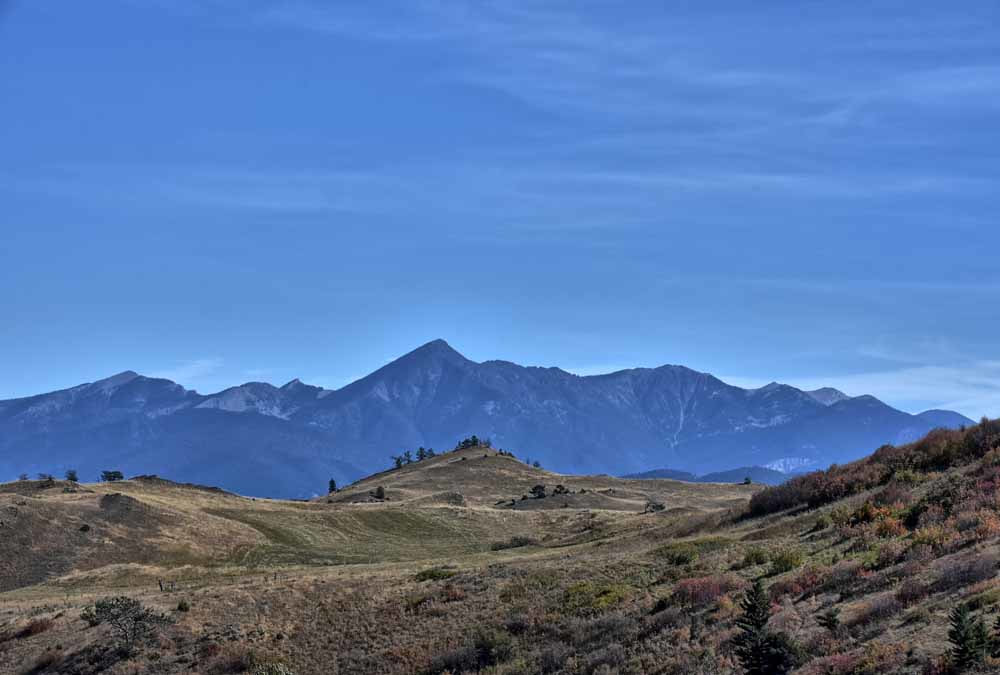
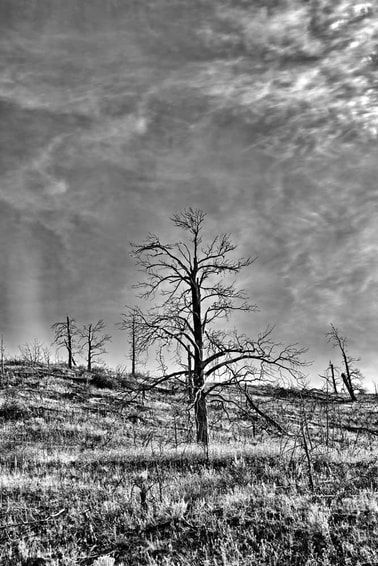


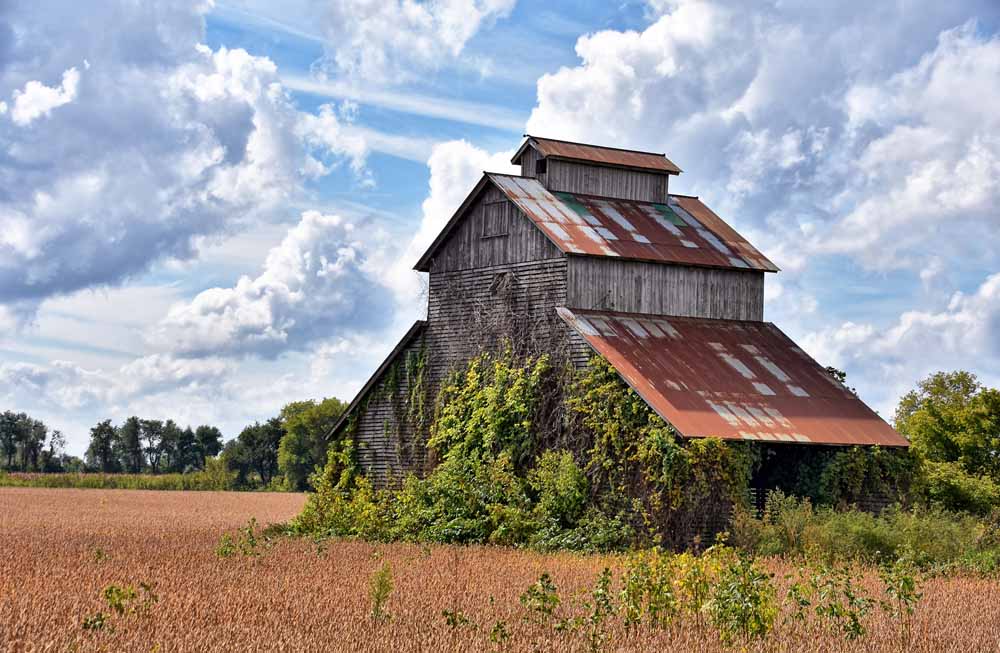
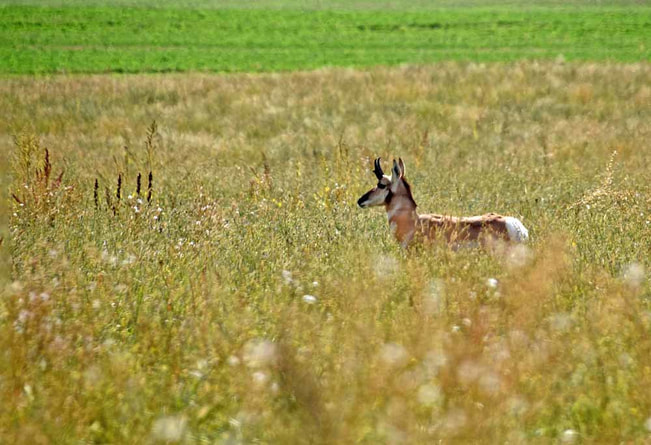
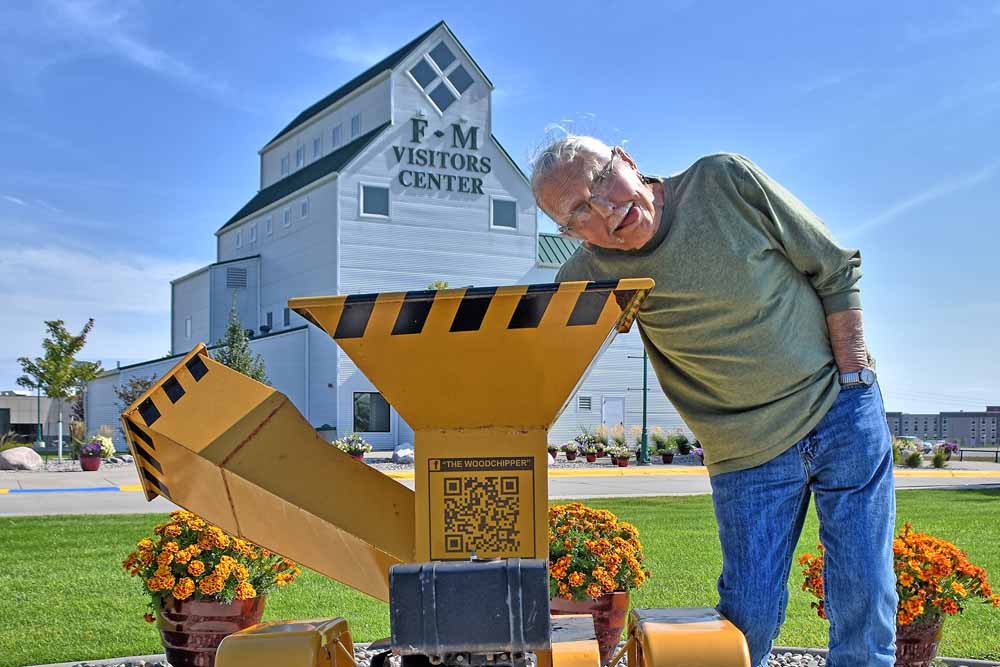
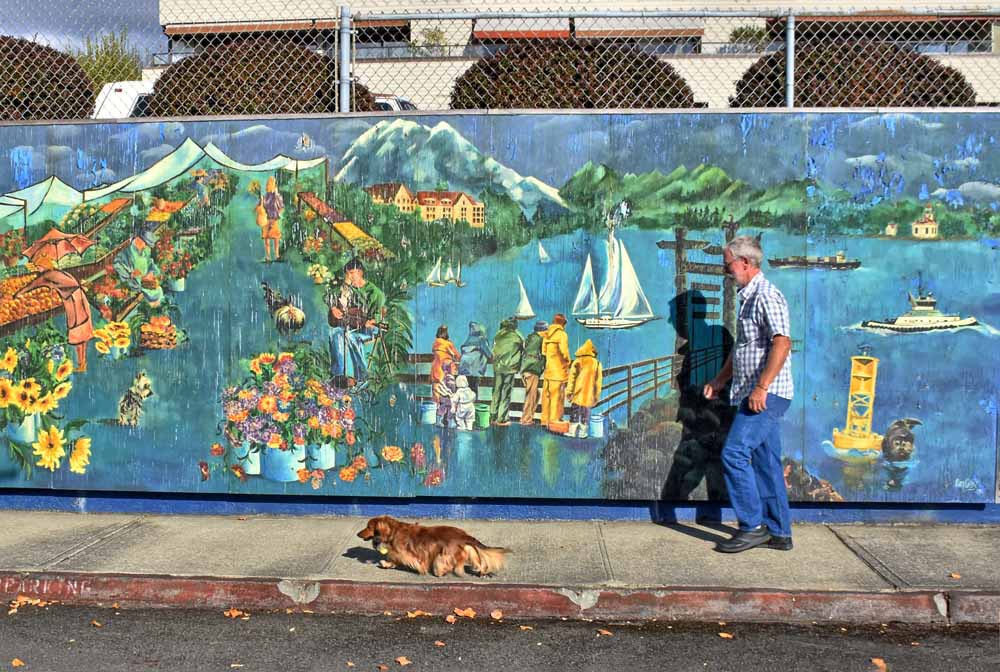
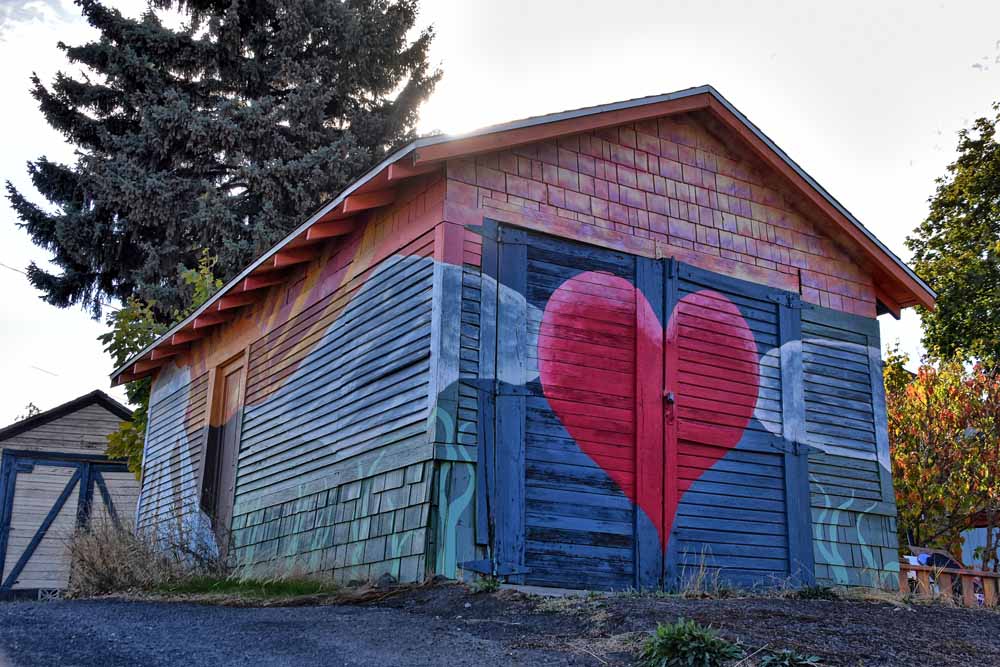
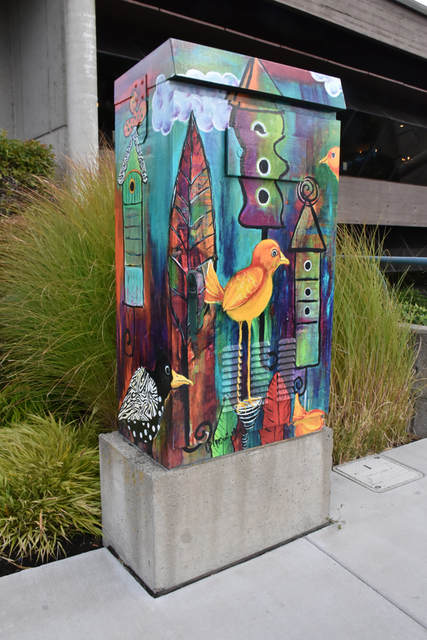
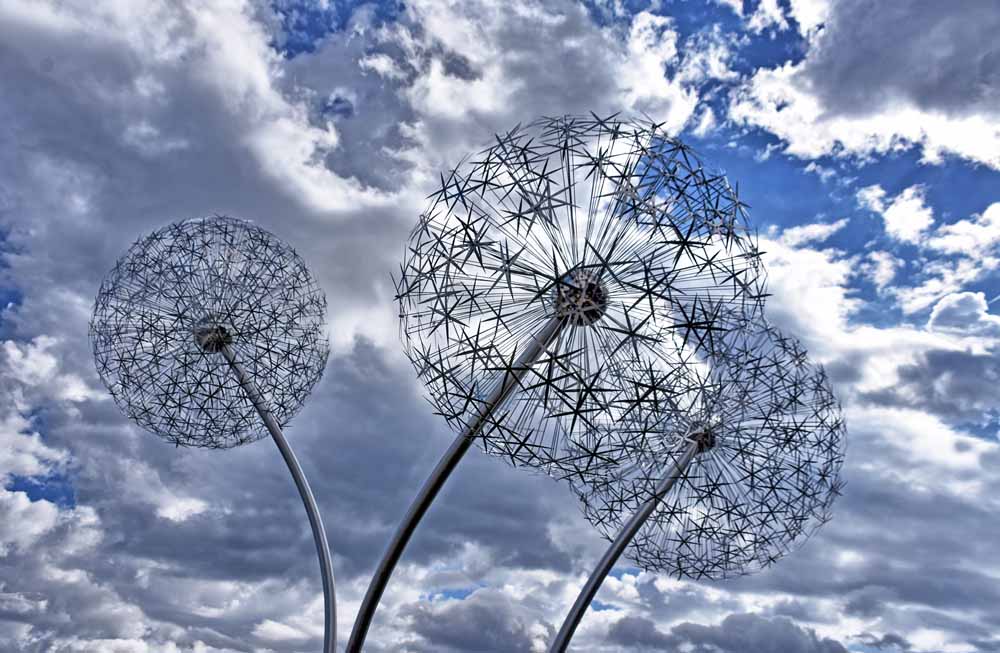
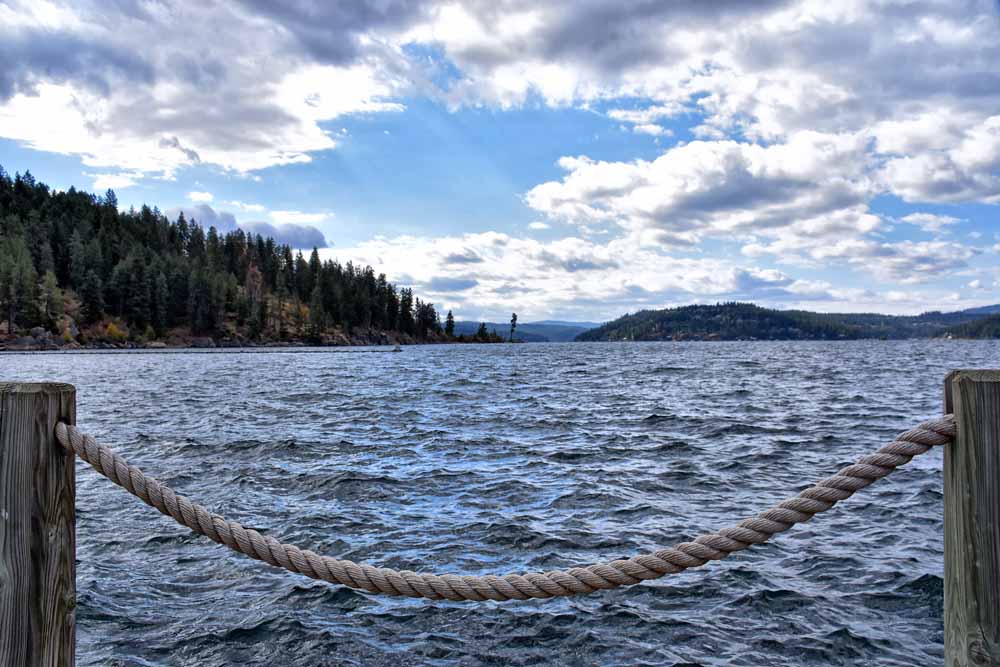
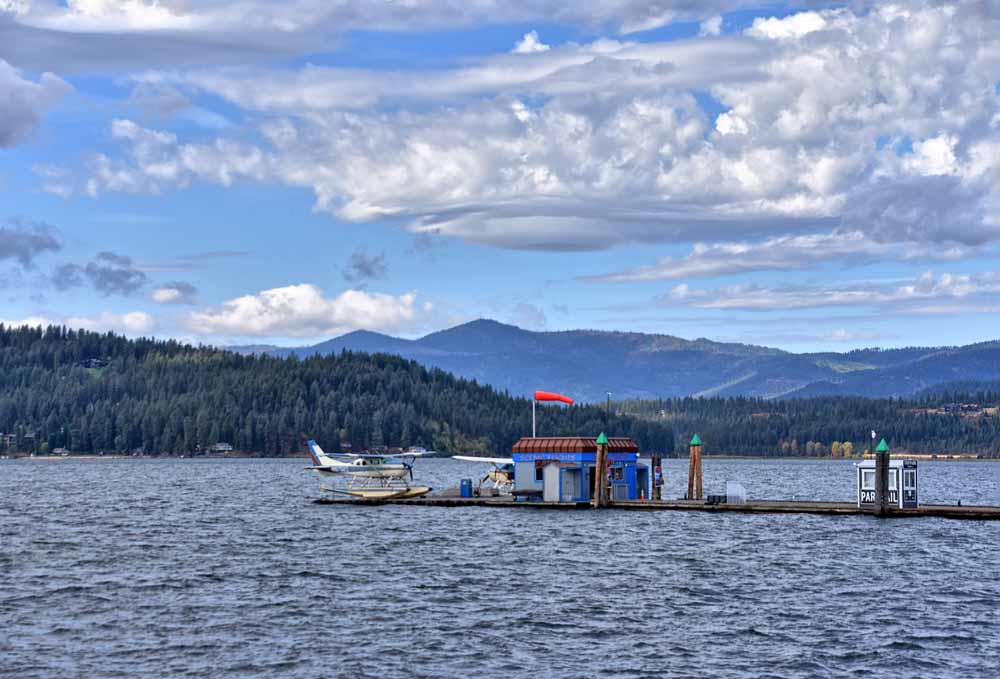
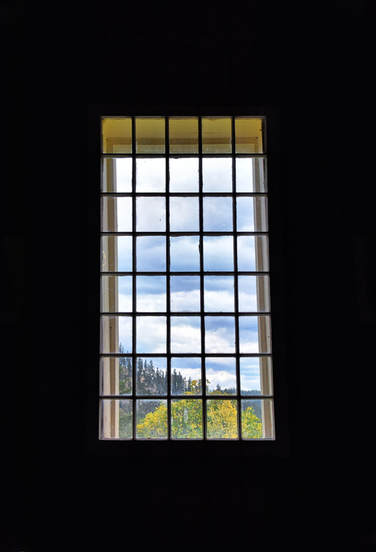
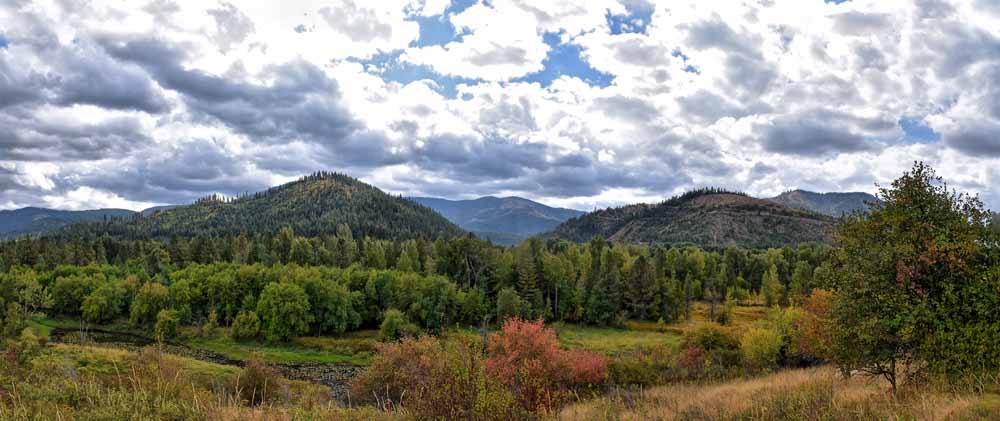


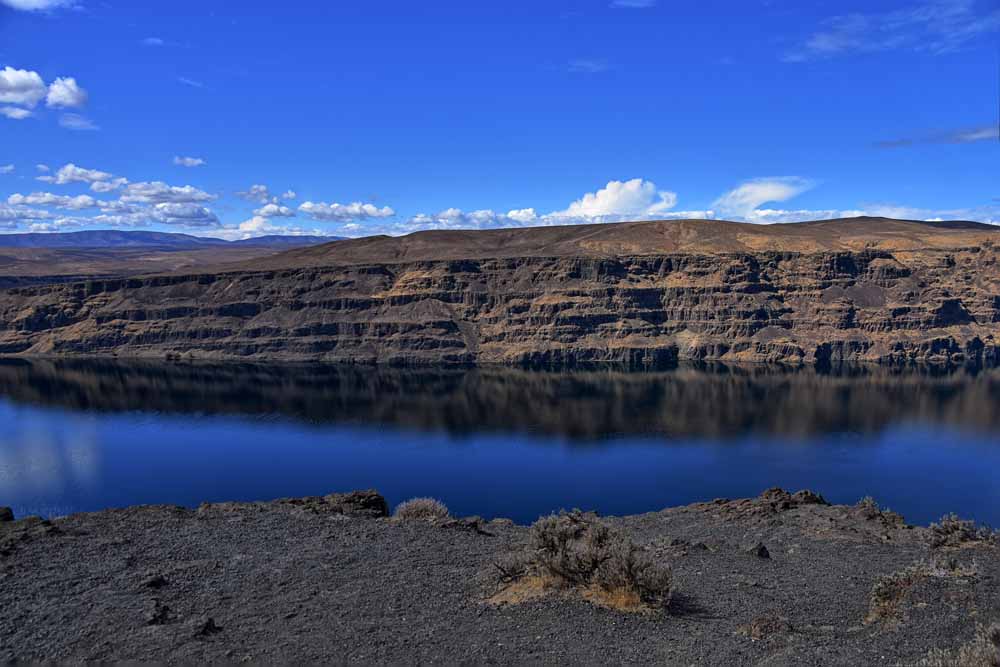
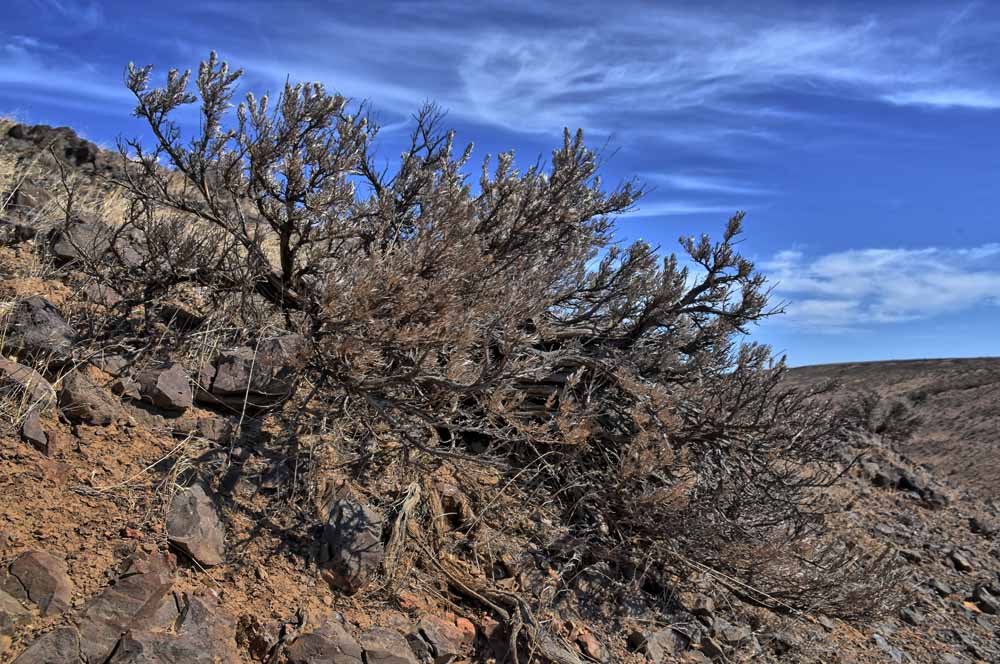
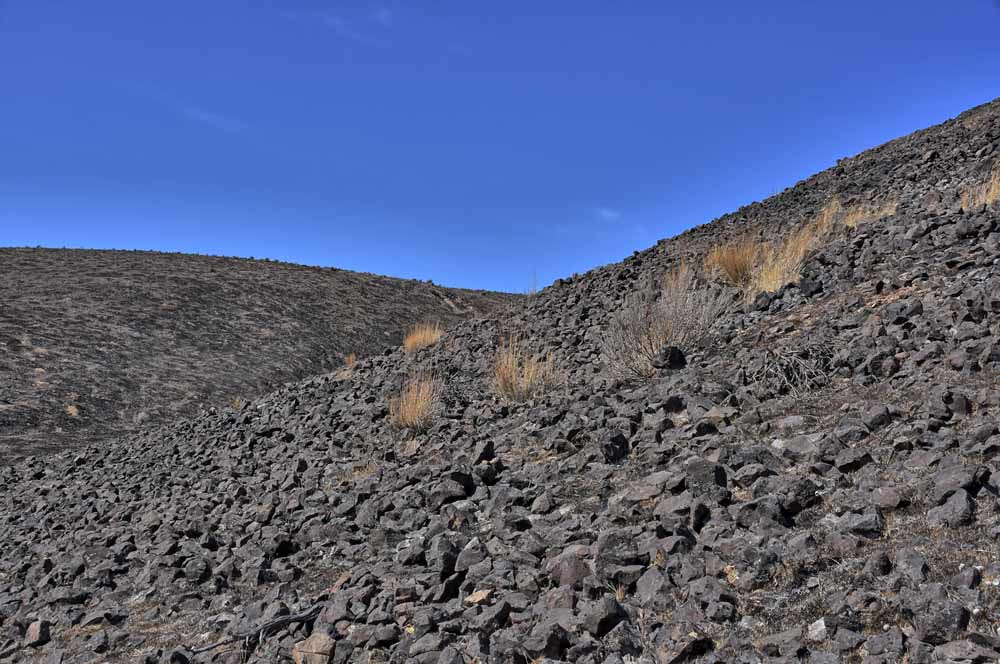
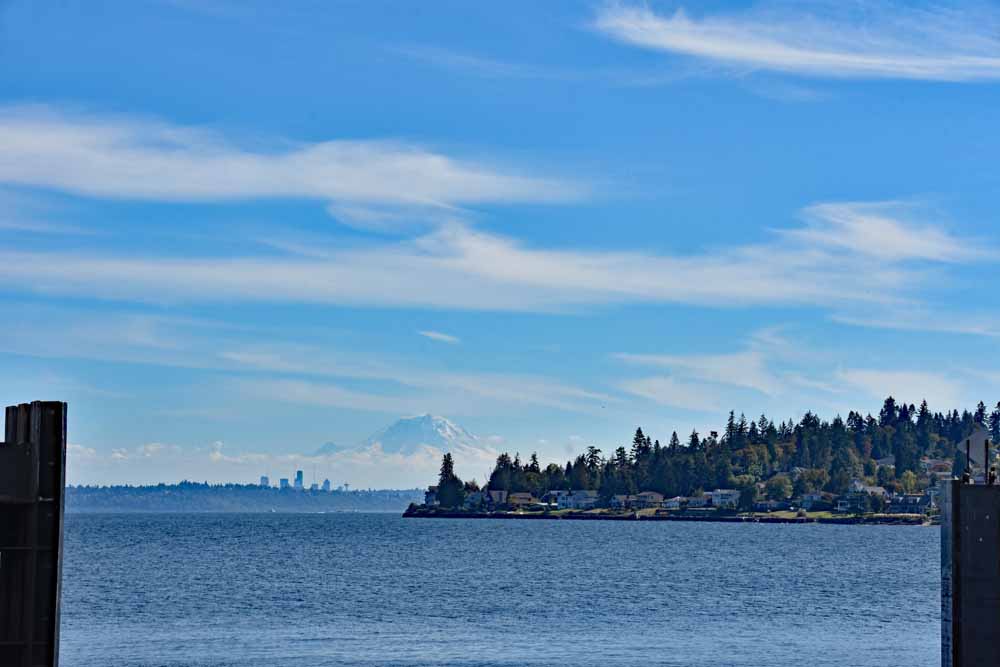
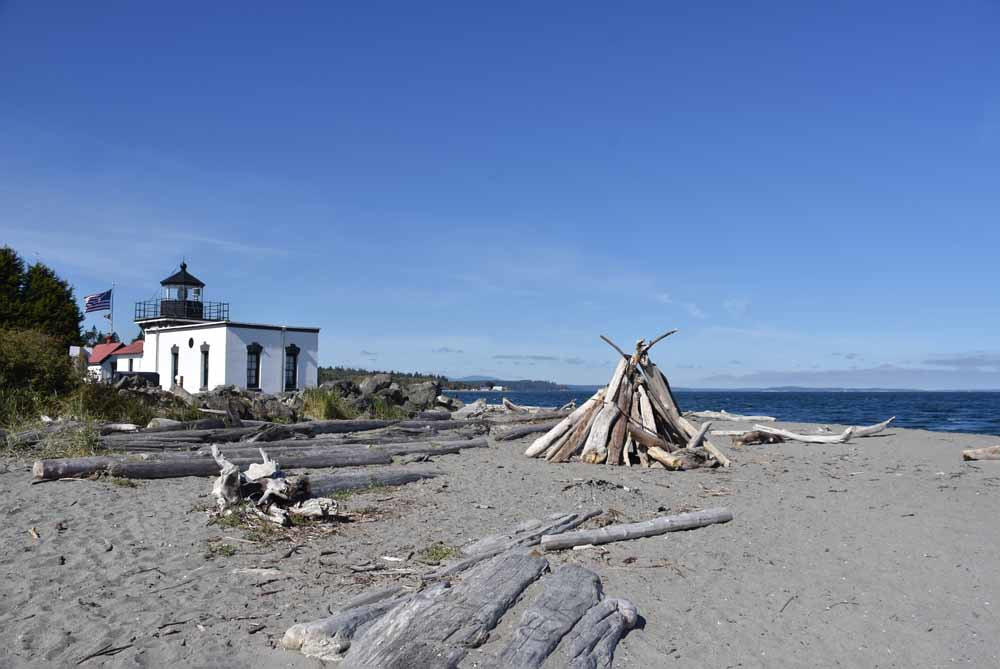
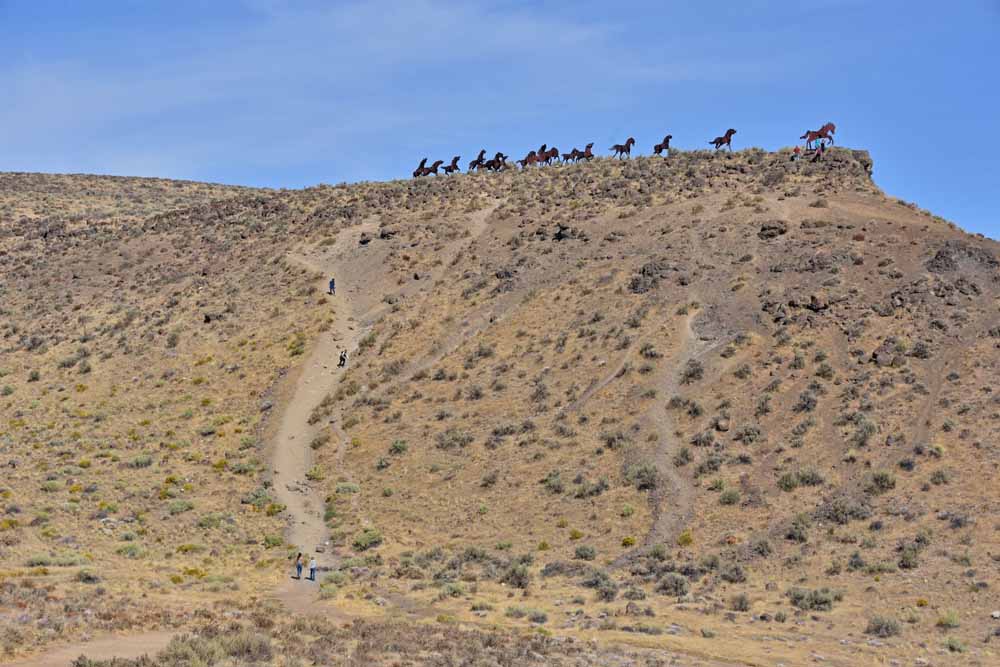
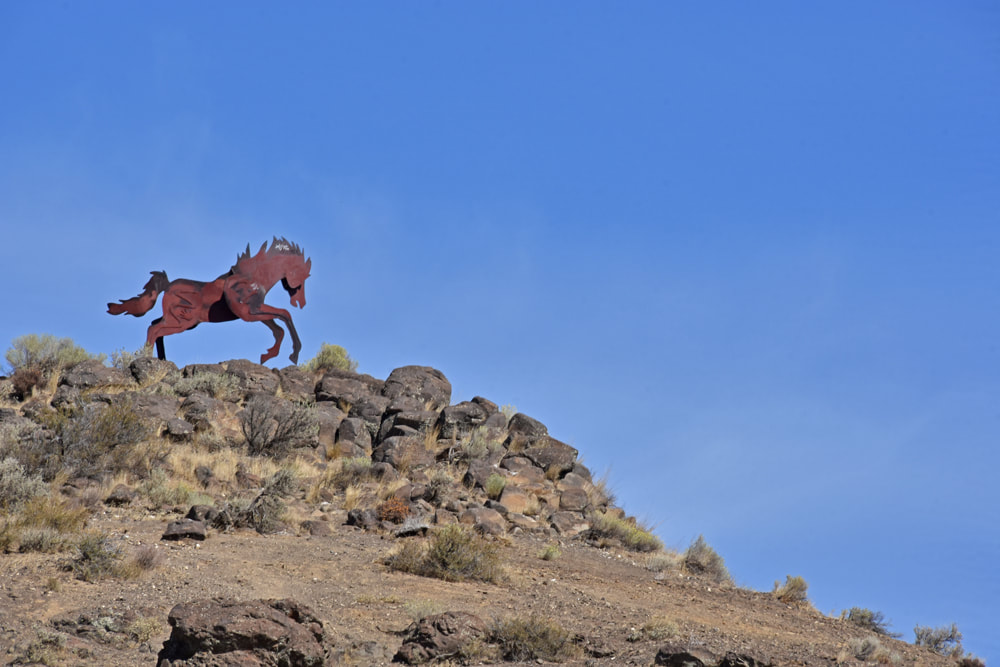
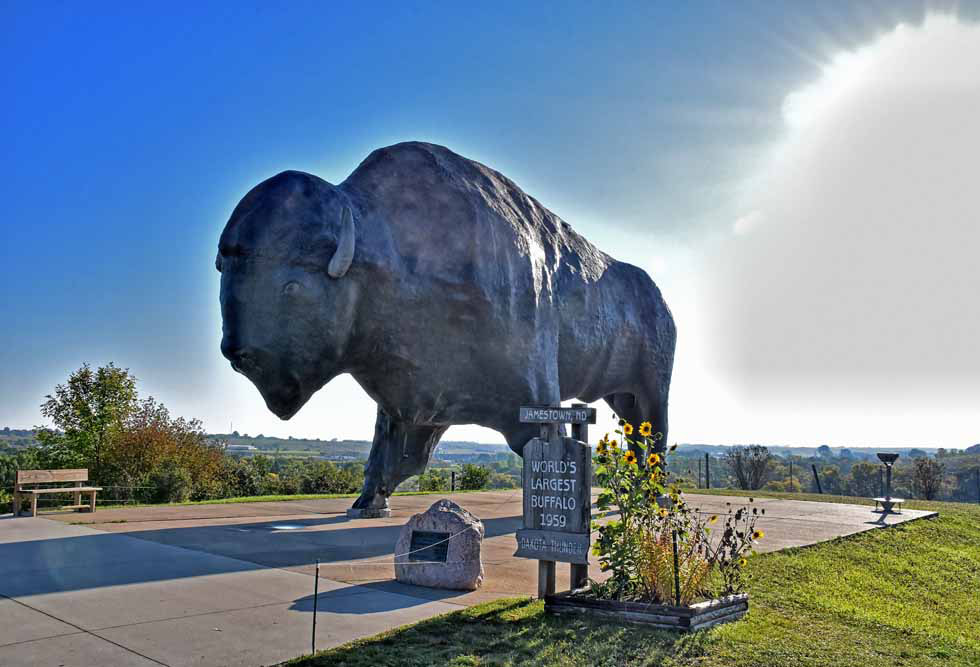

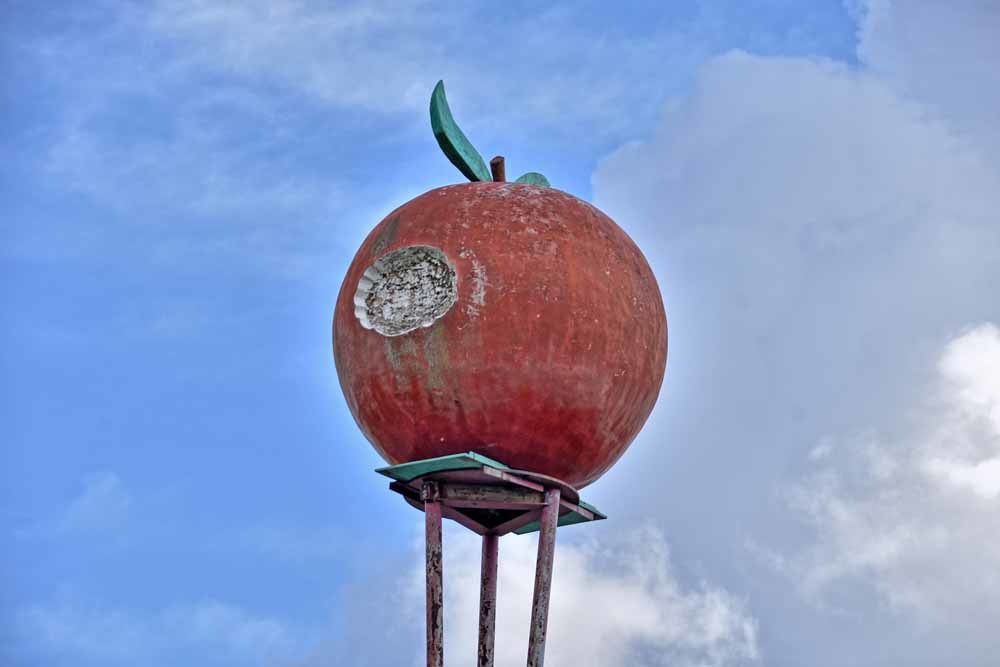
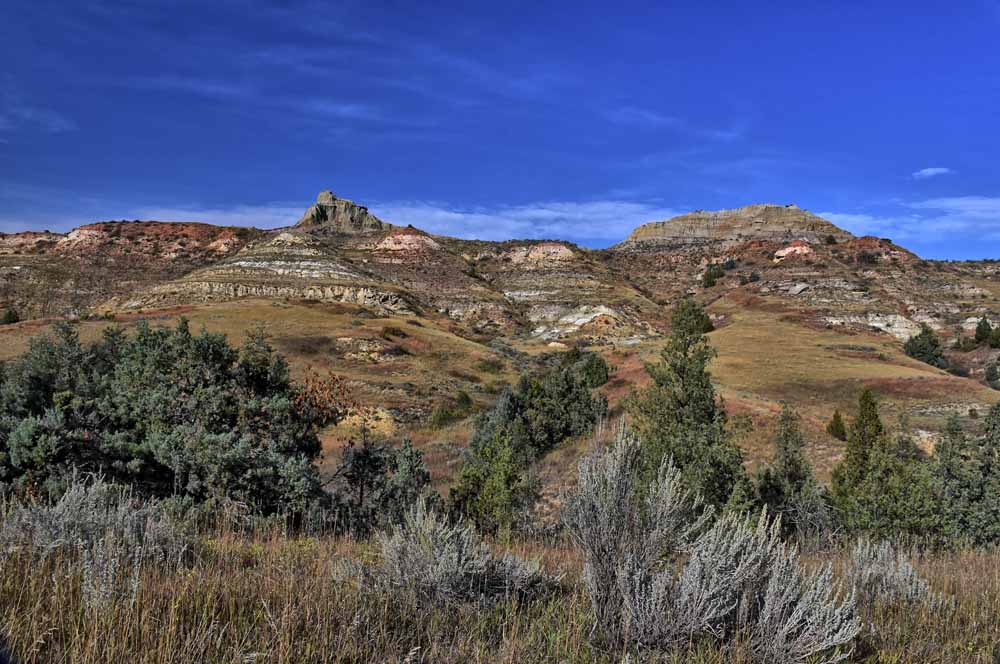

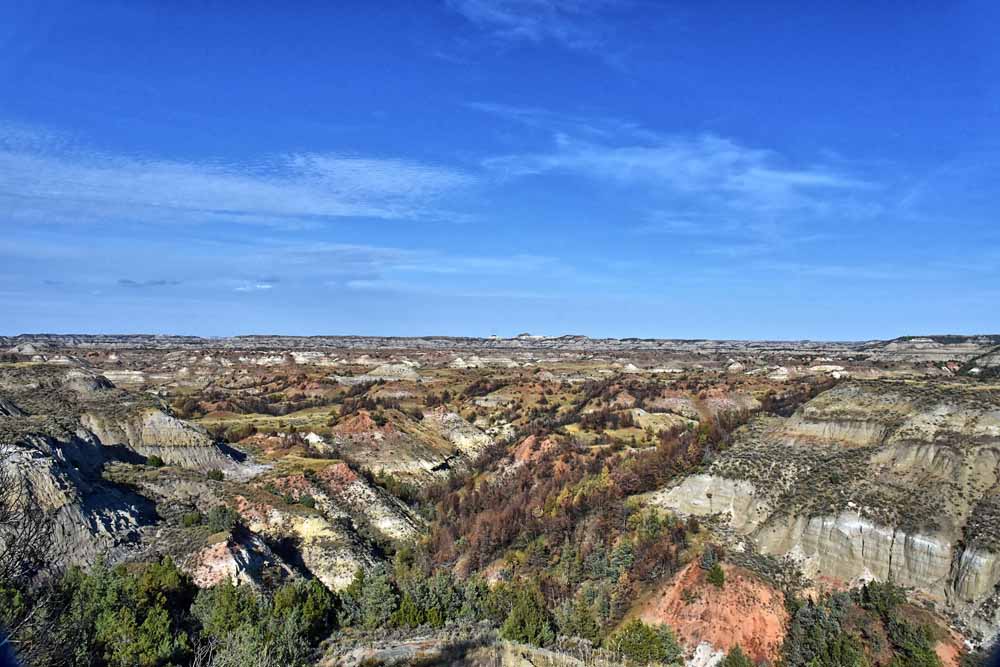

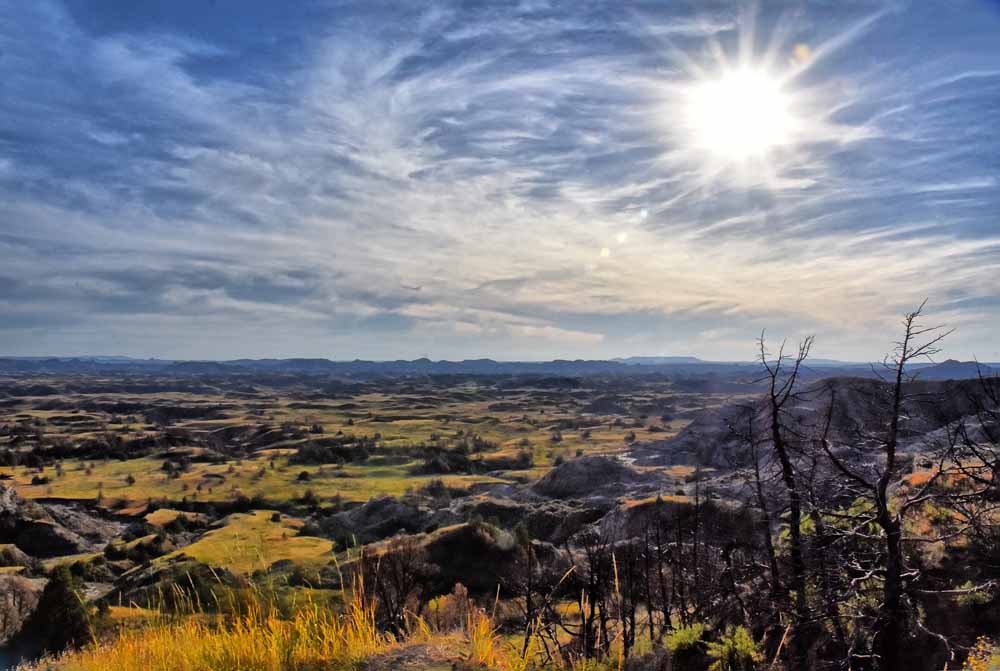
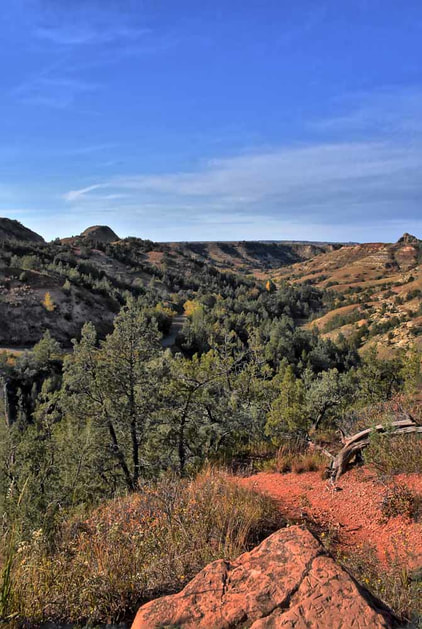
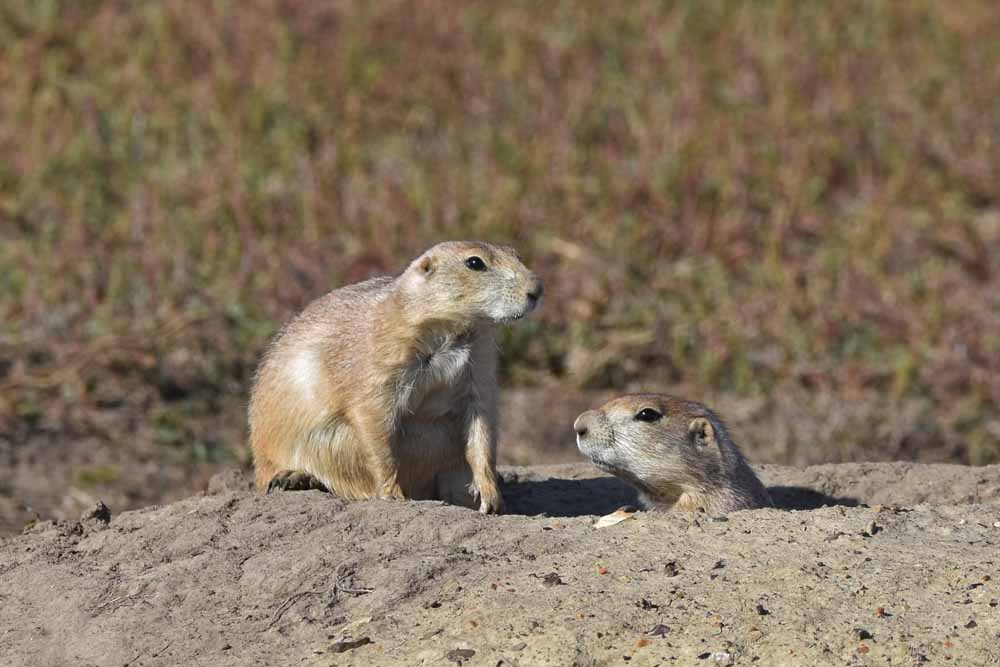
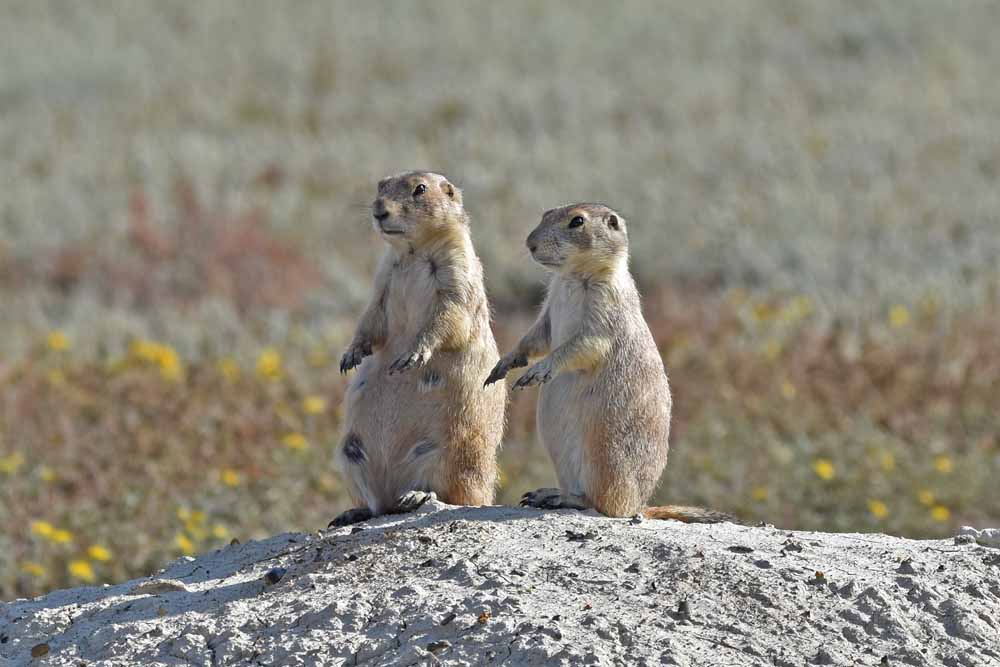


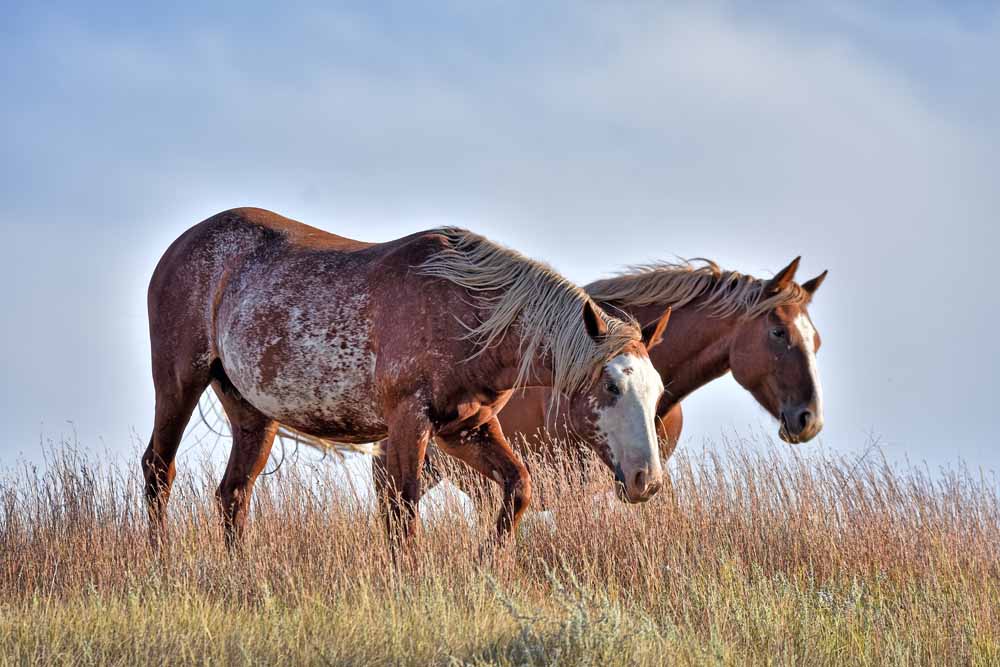
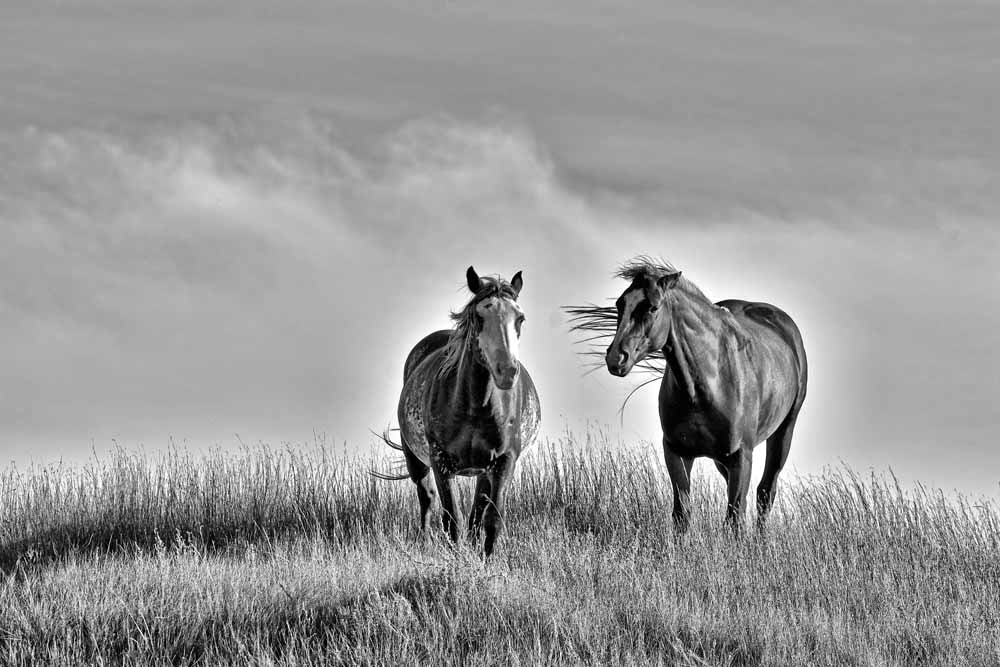
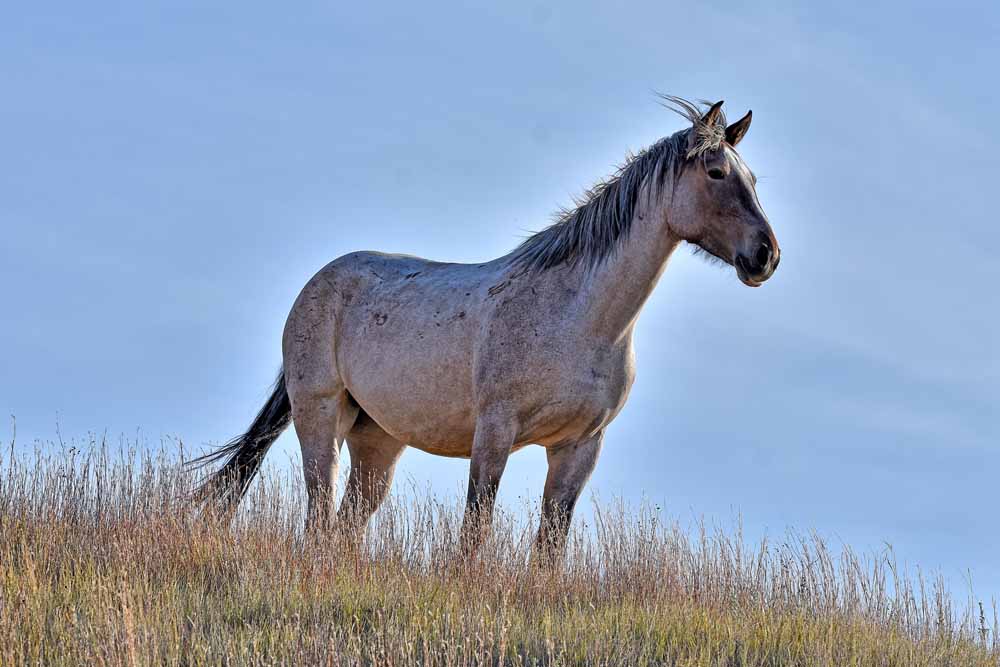
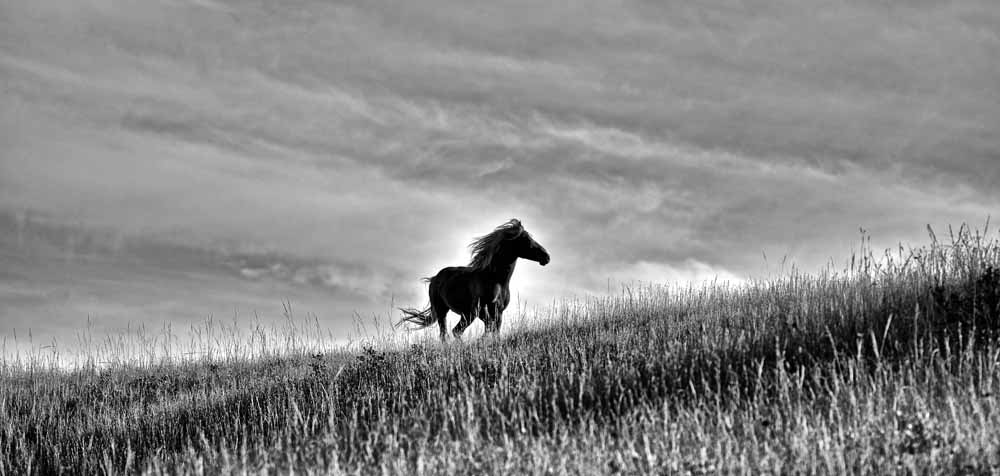

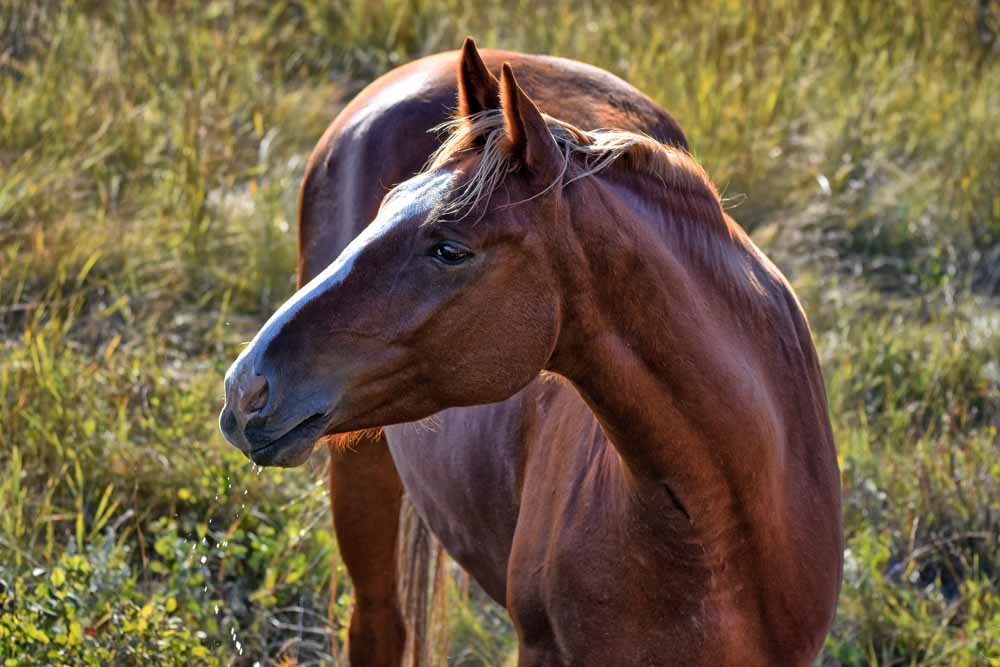
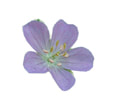
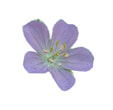
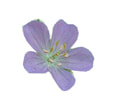
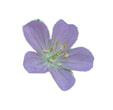
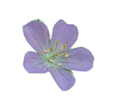
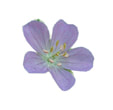
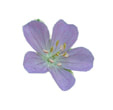
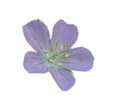

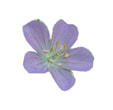
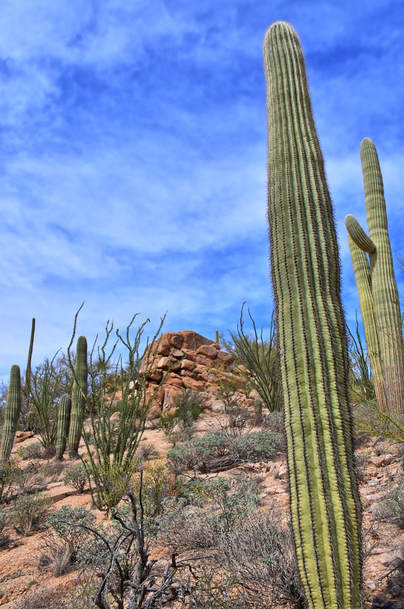
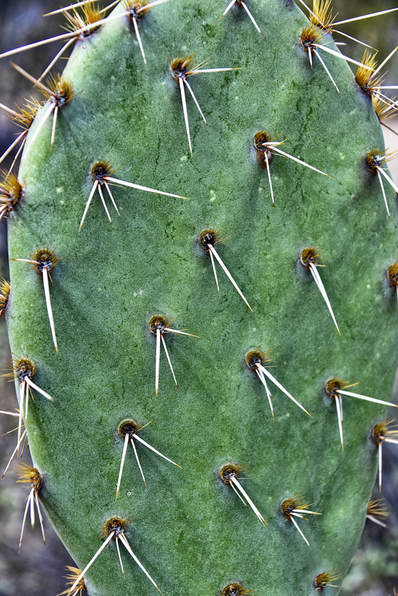
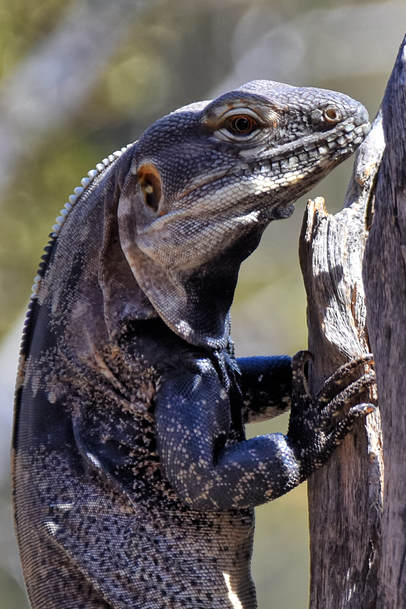
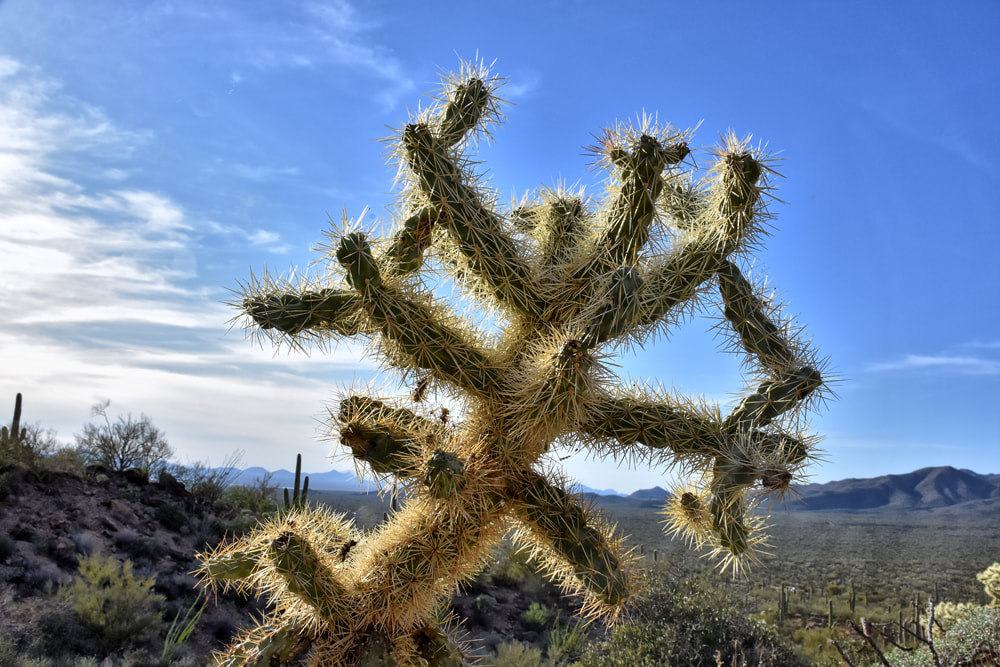
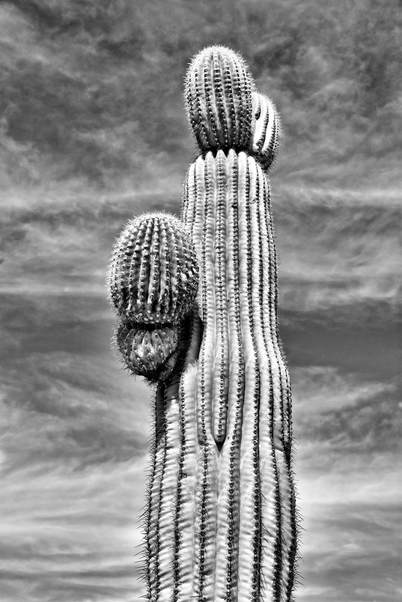
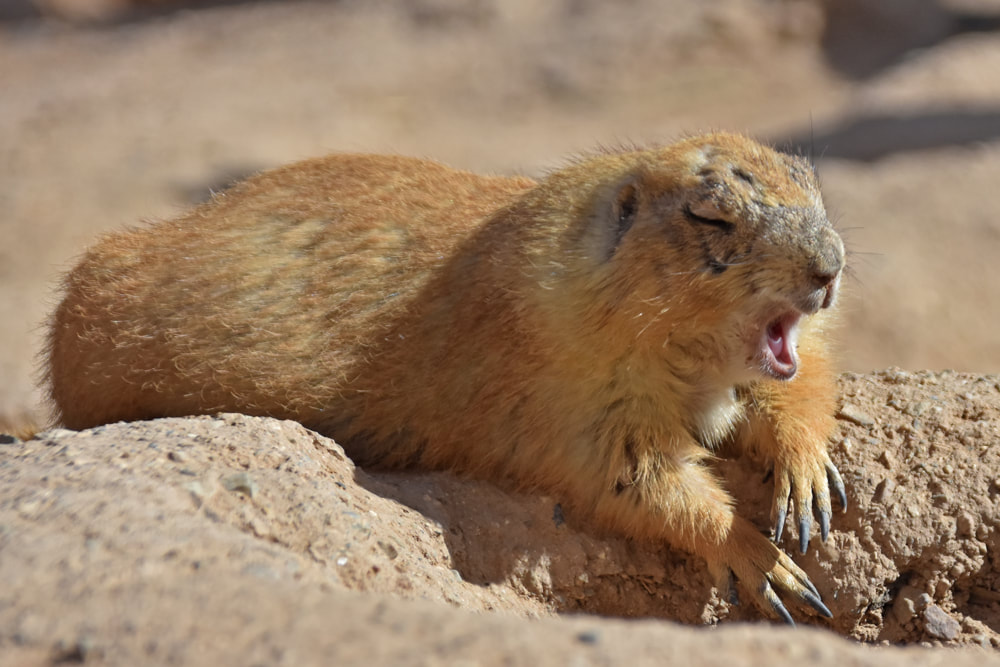
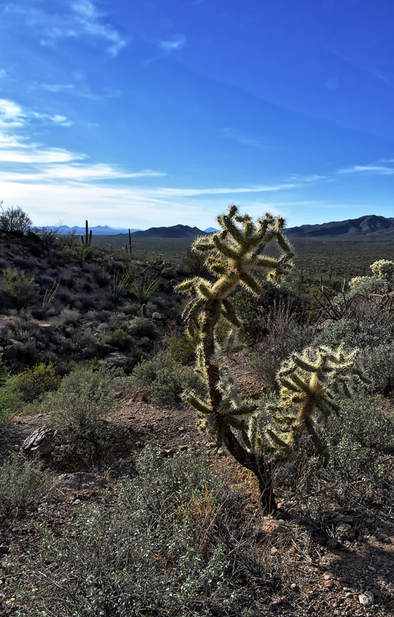
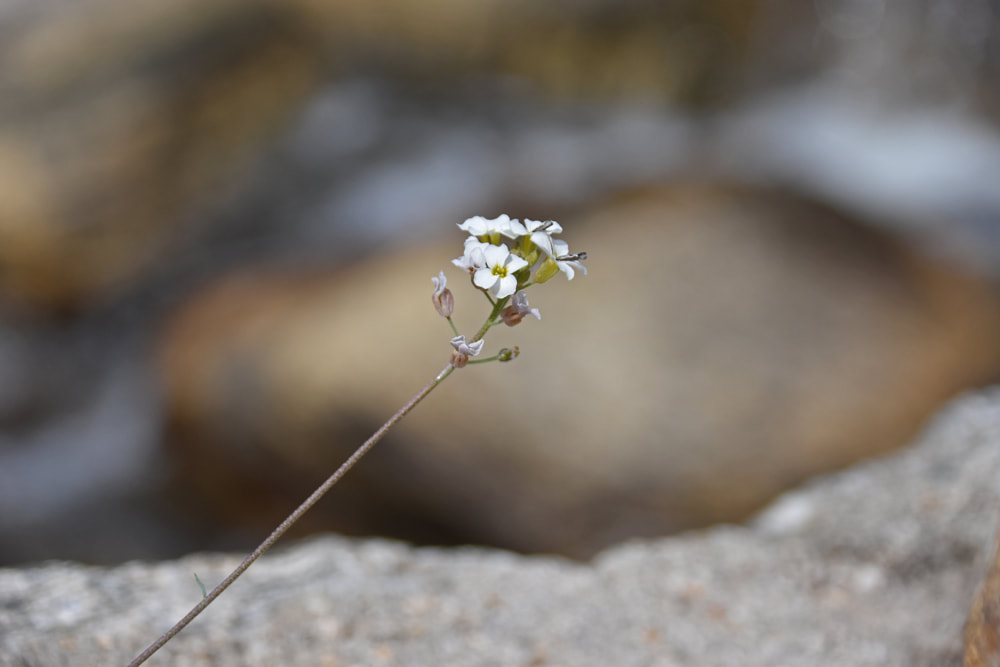
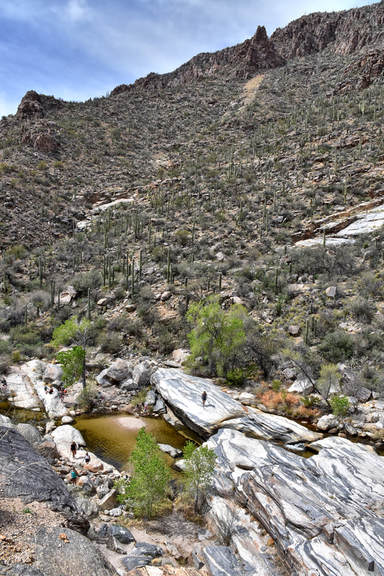
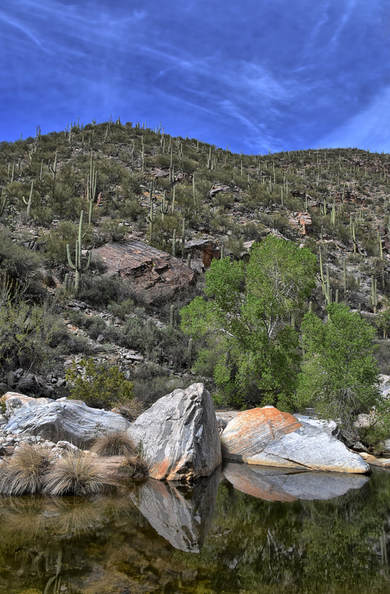
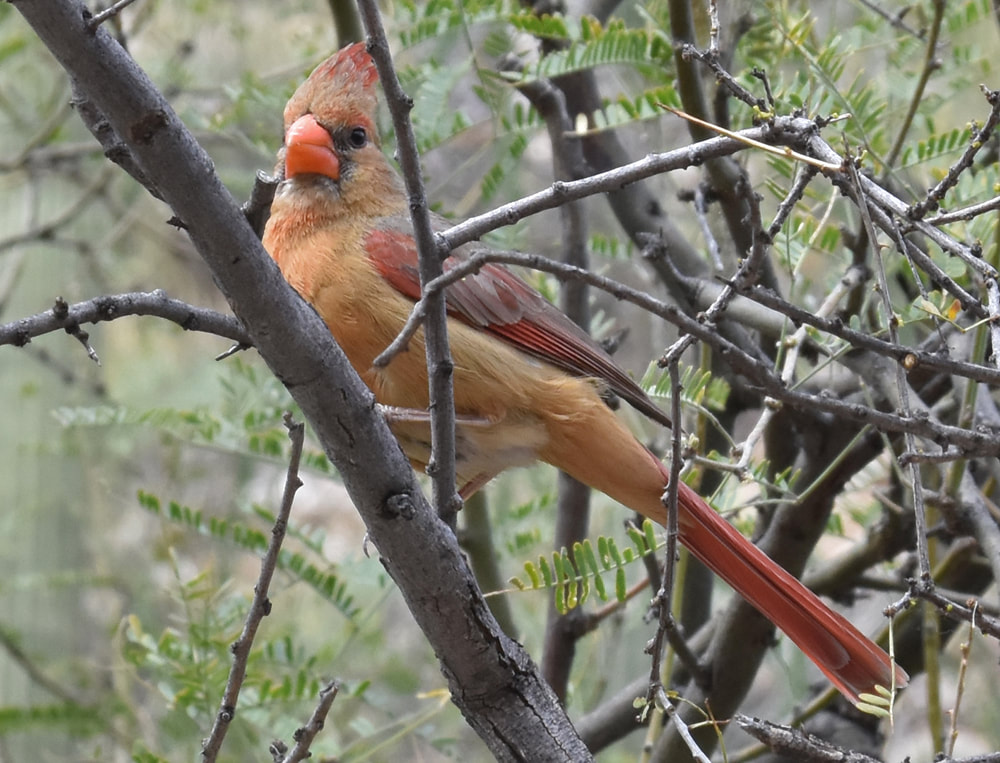
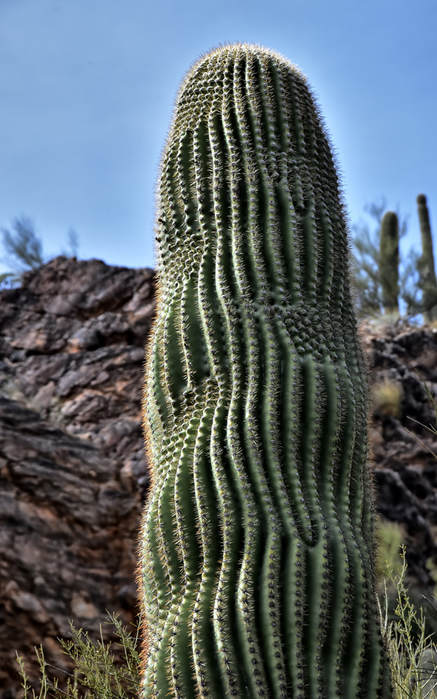

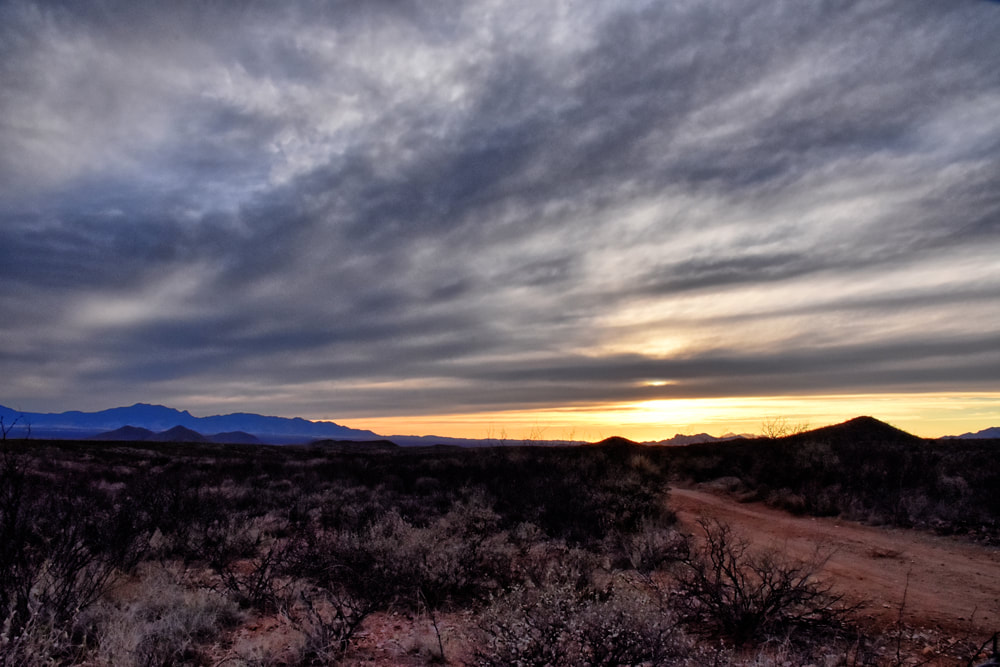
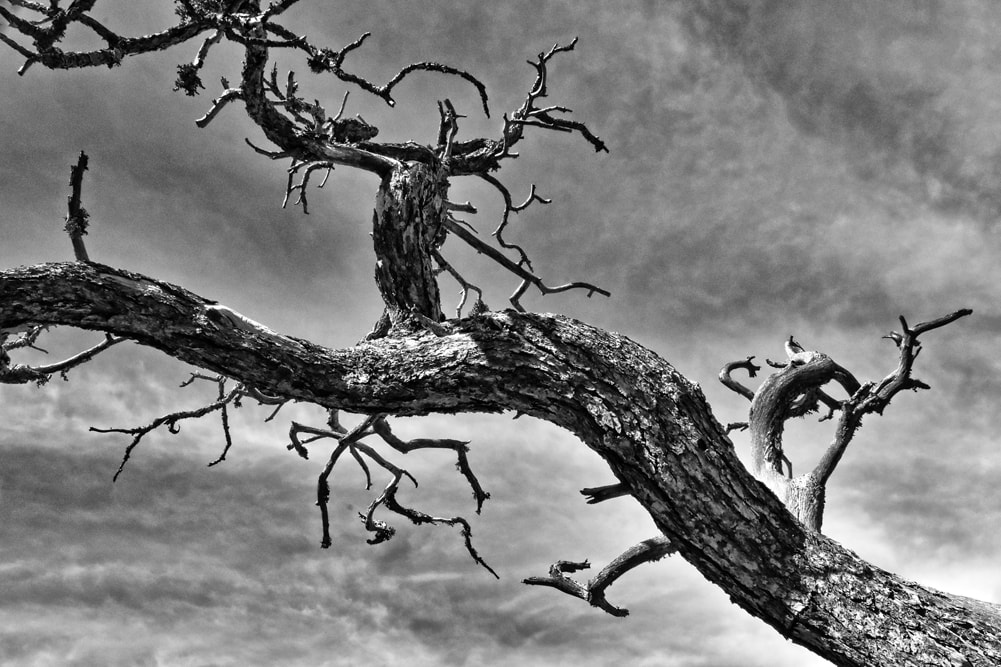
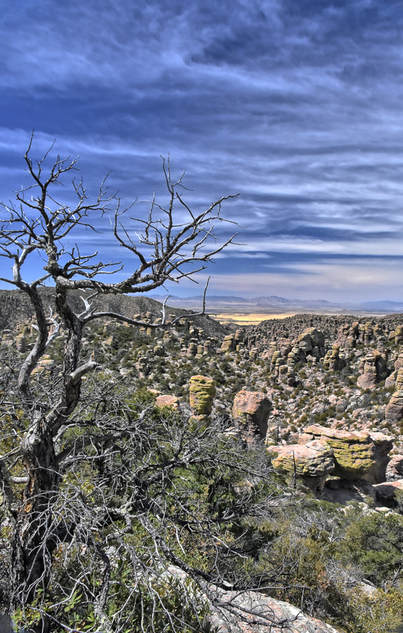
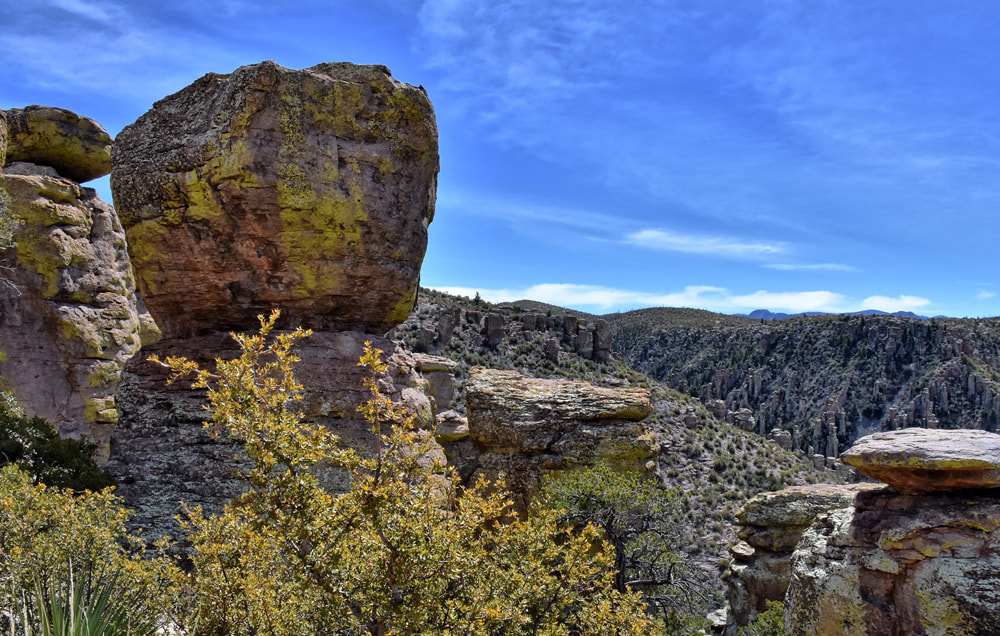
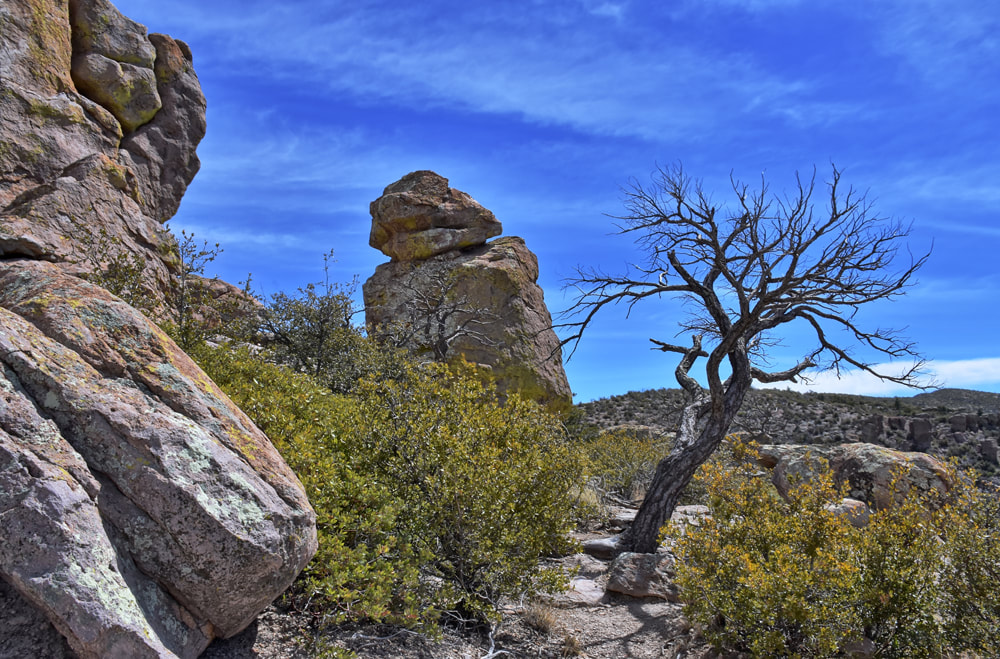
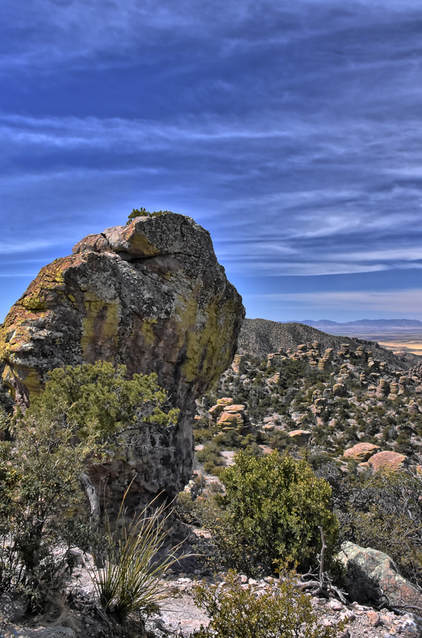
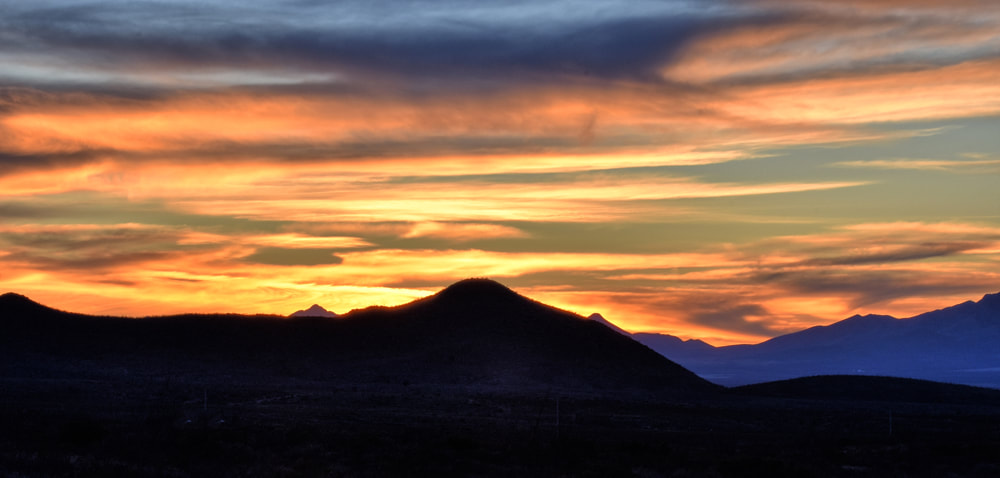
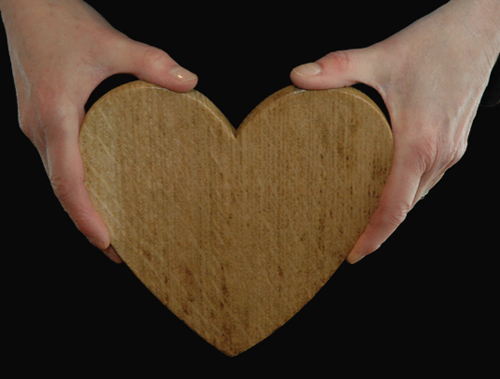
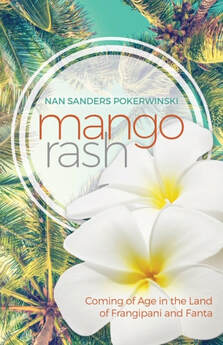
 RSS Feed
RSS Feed